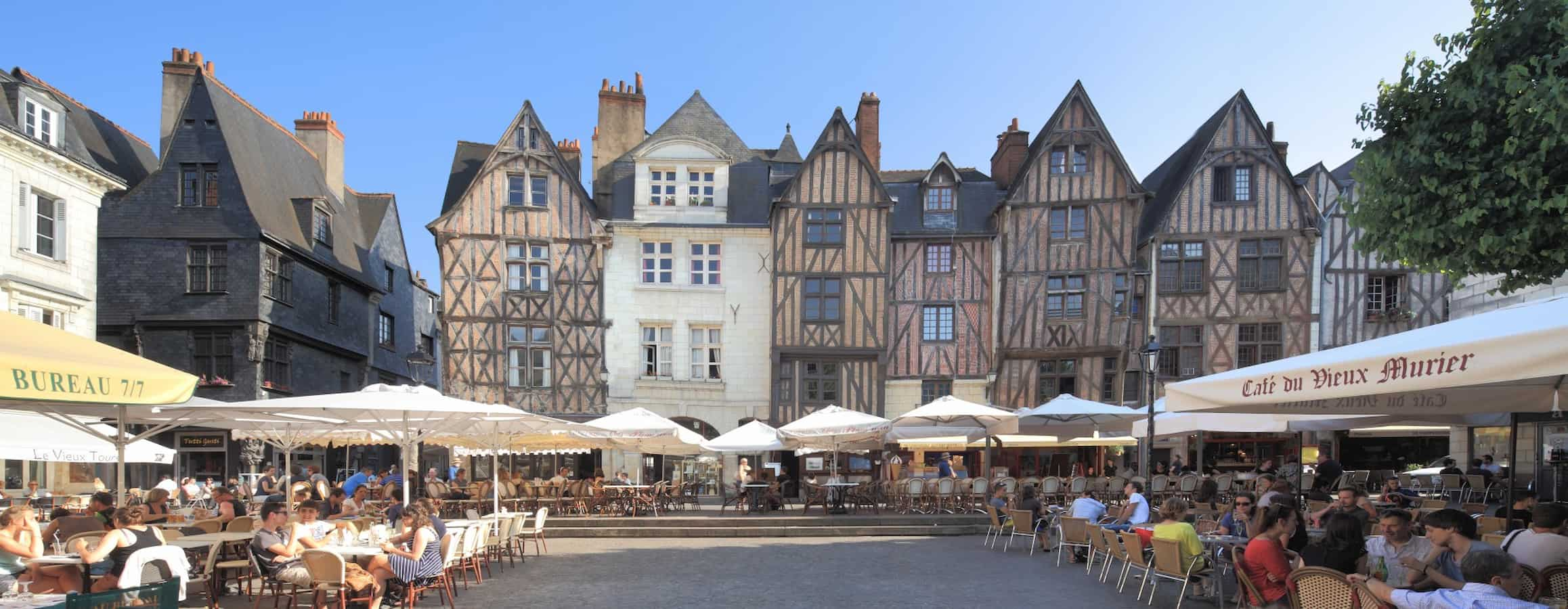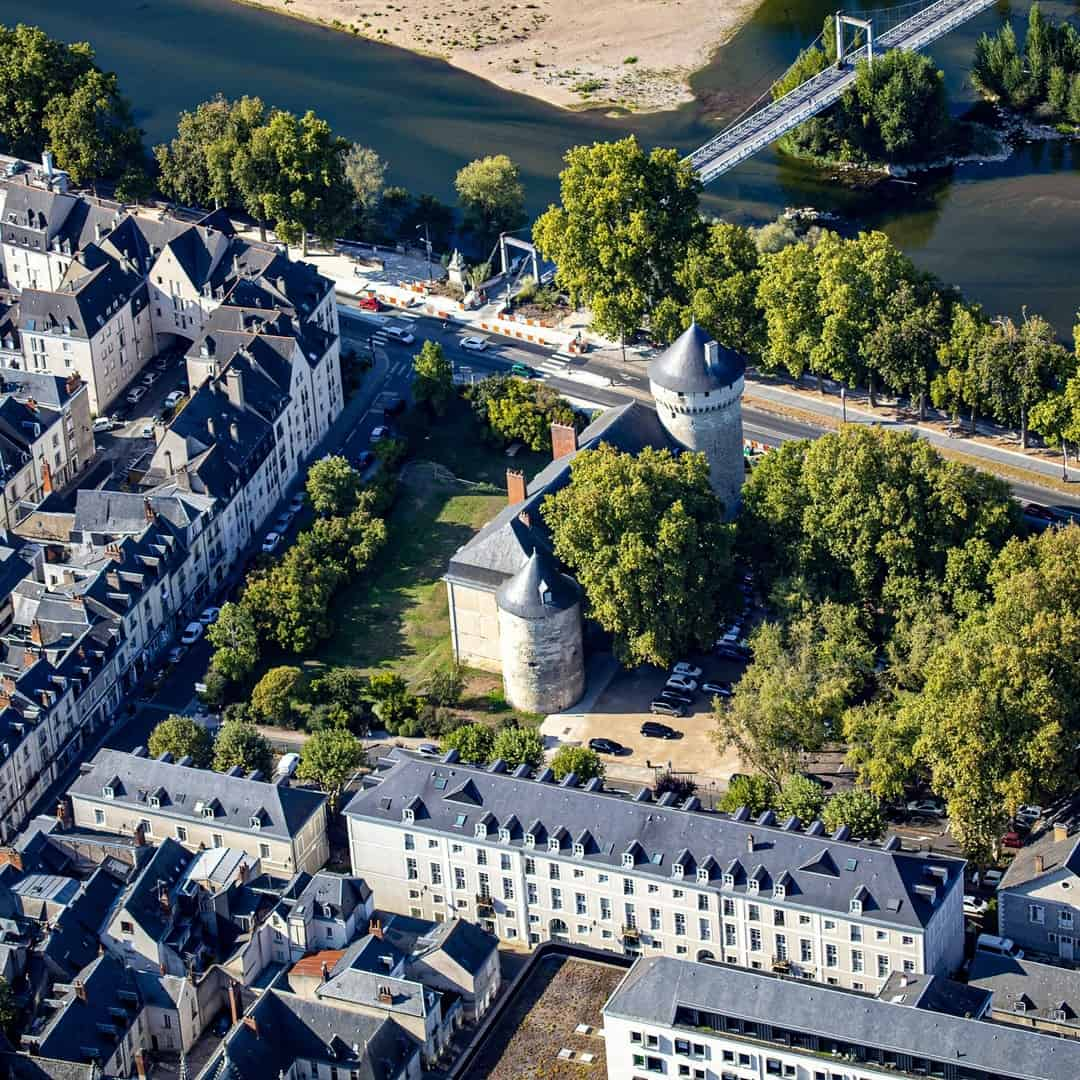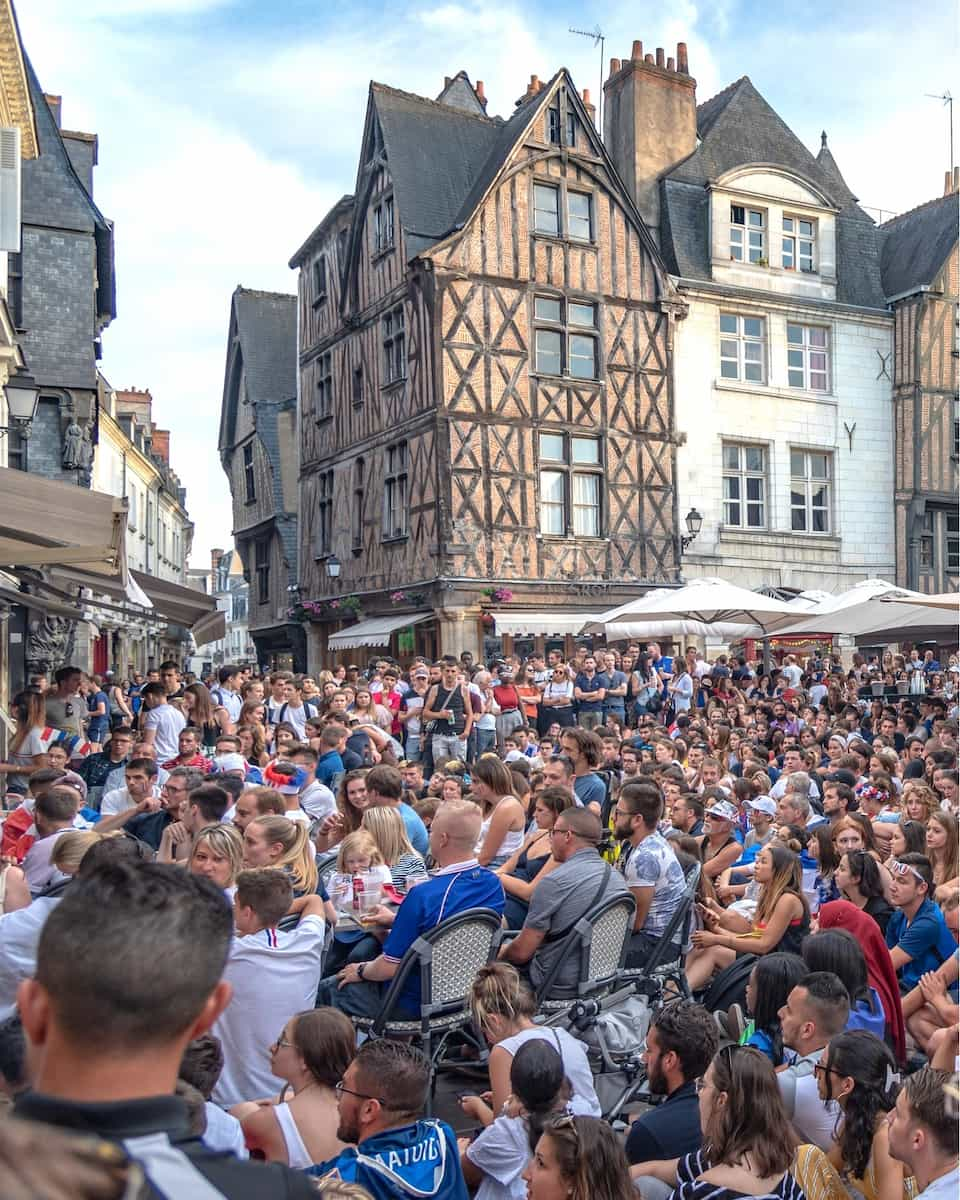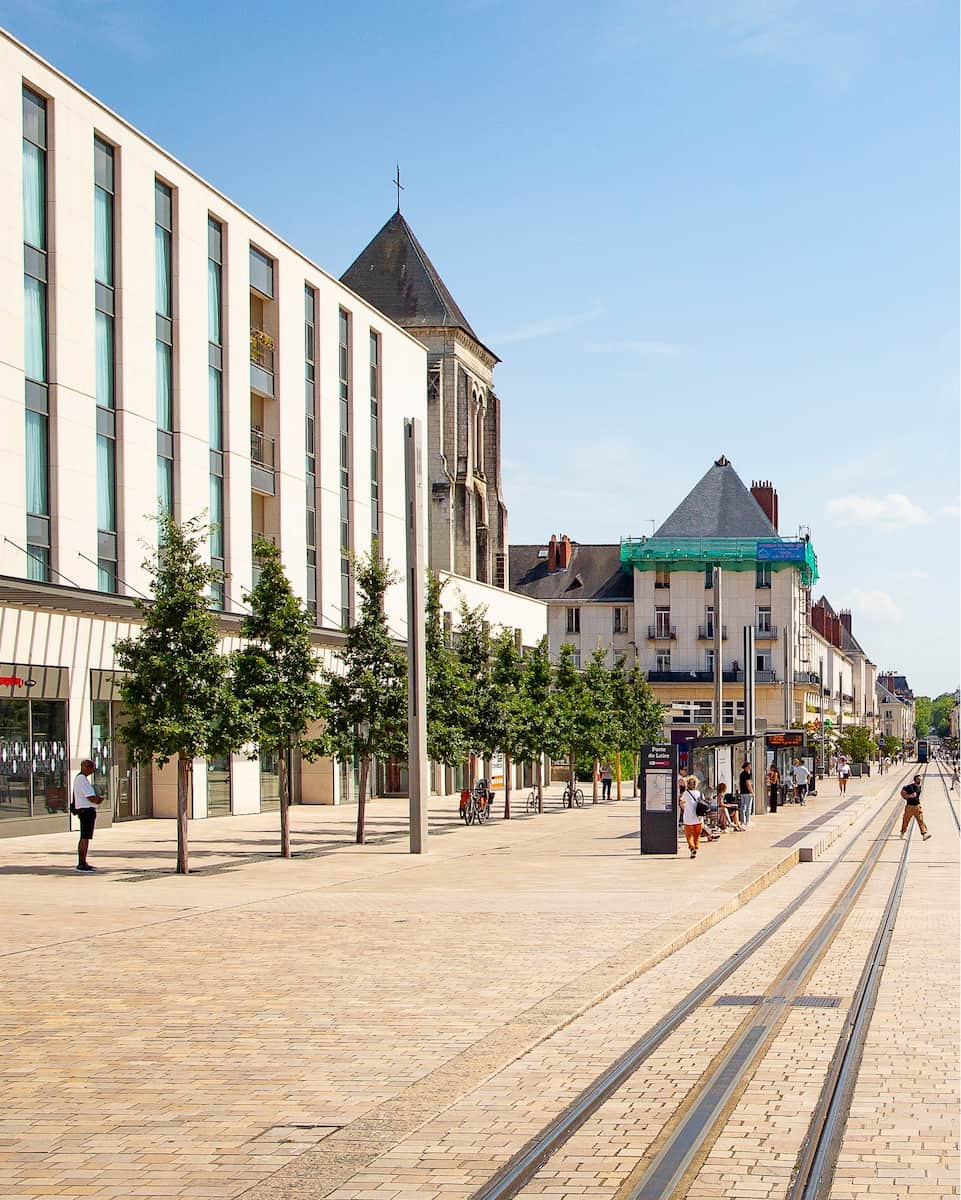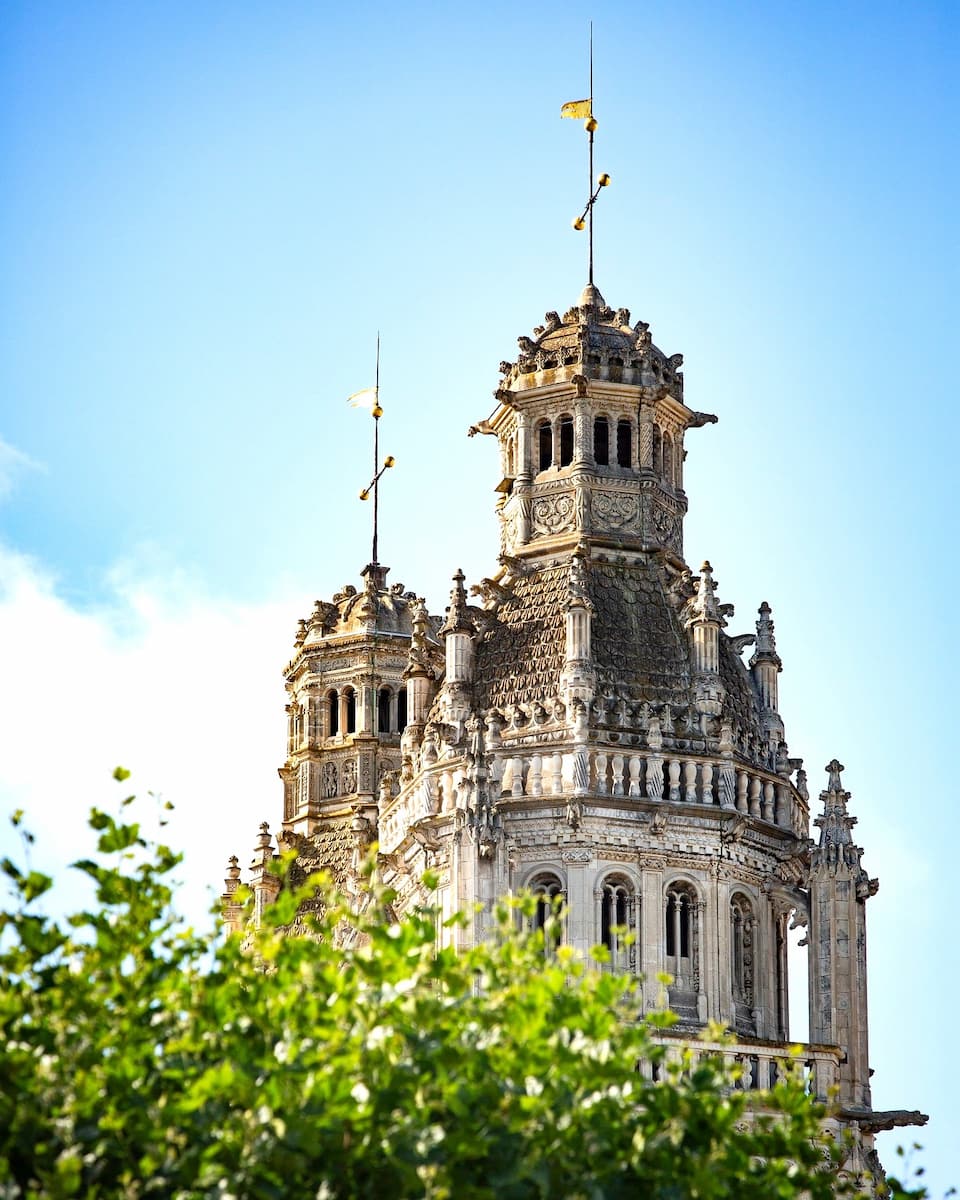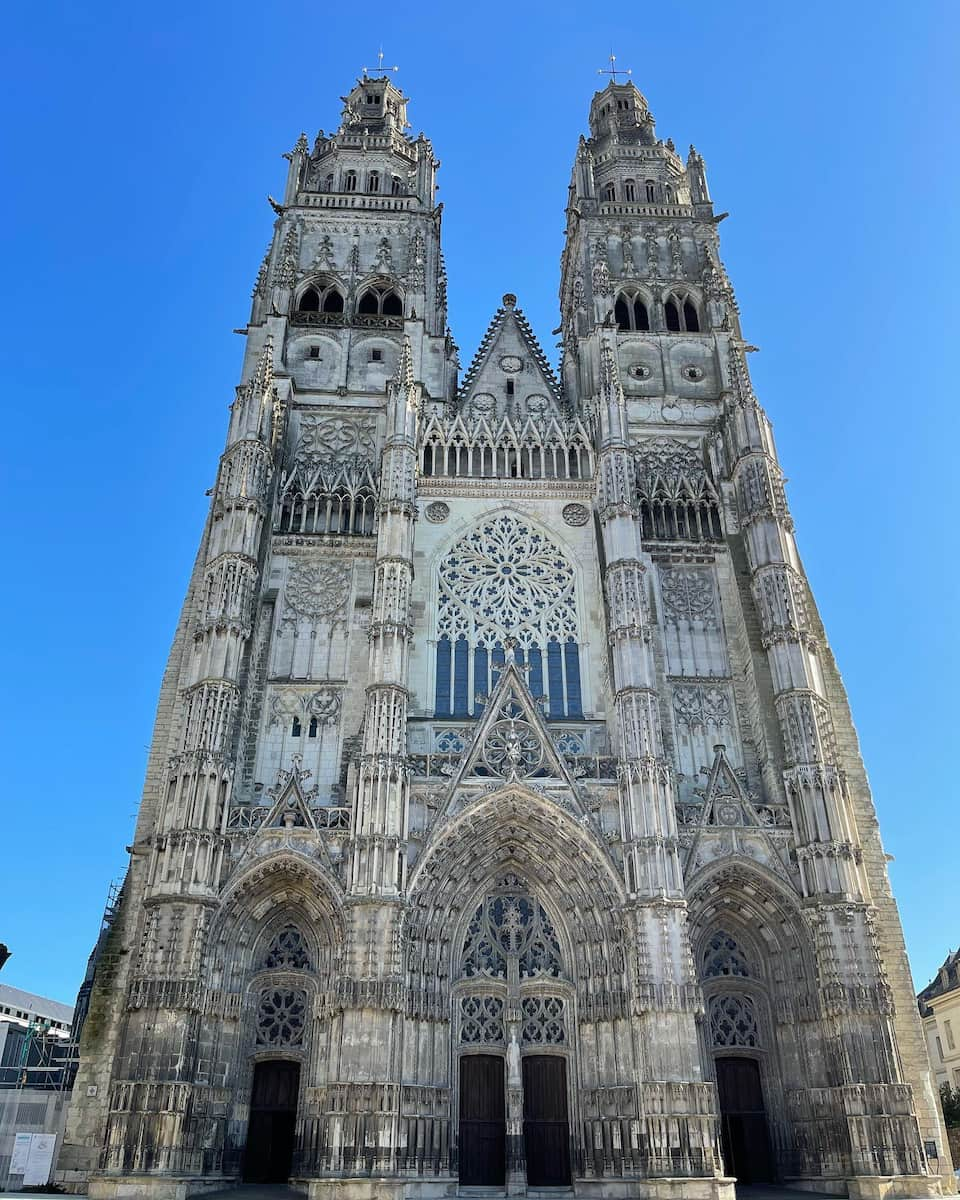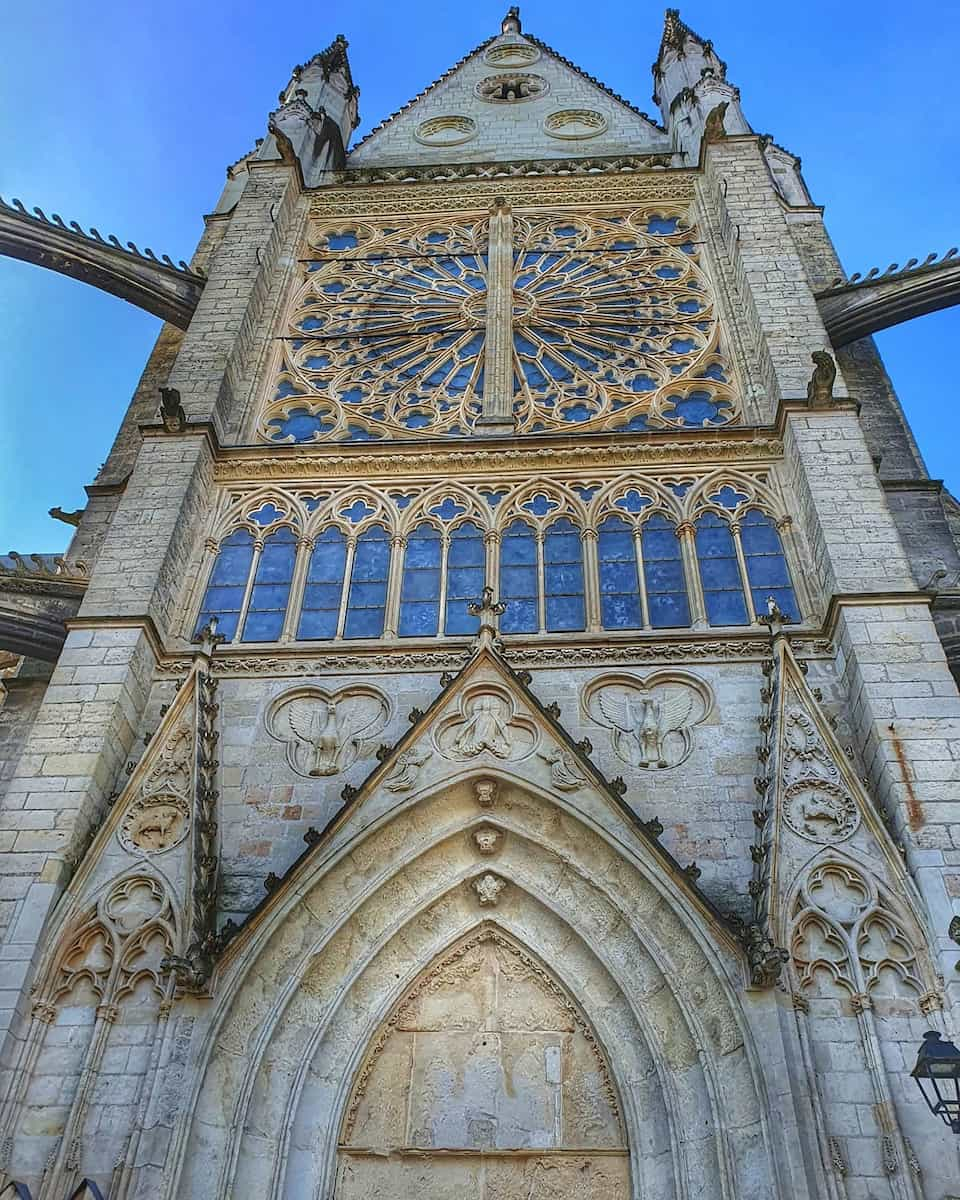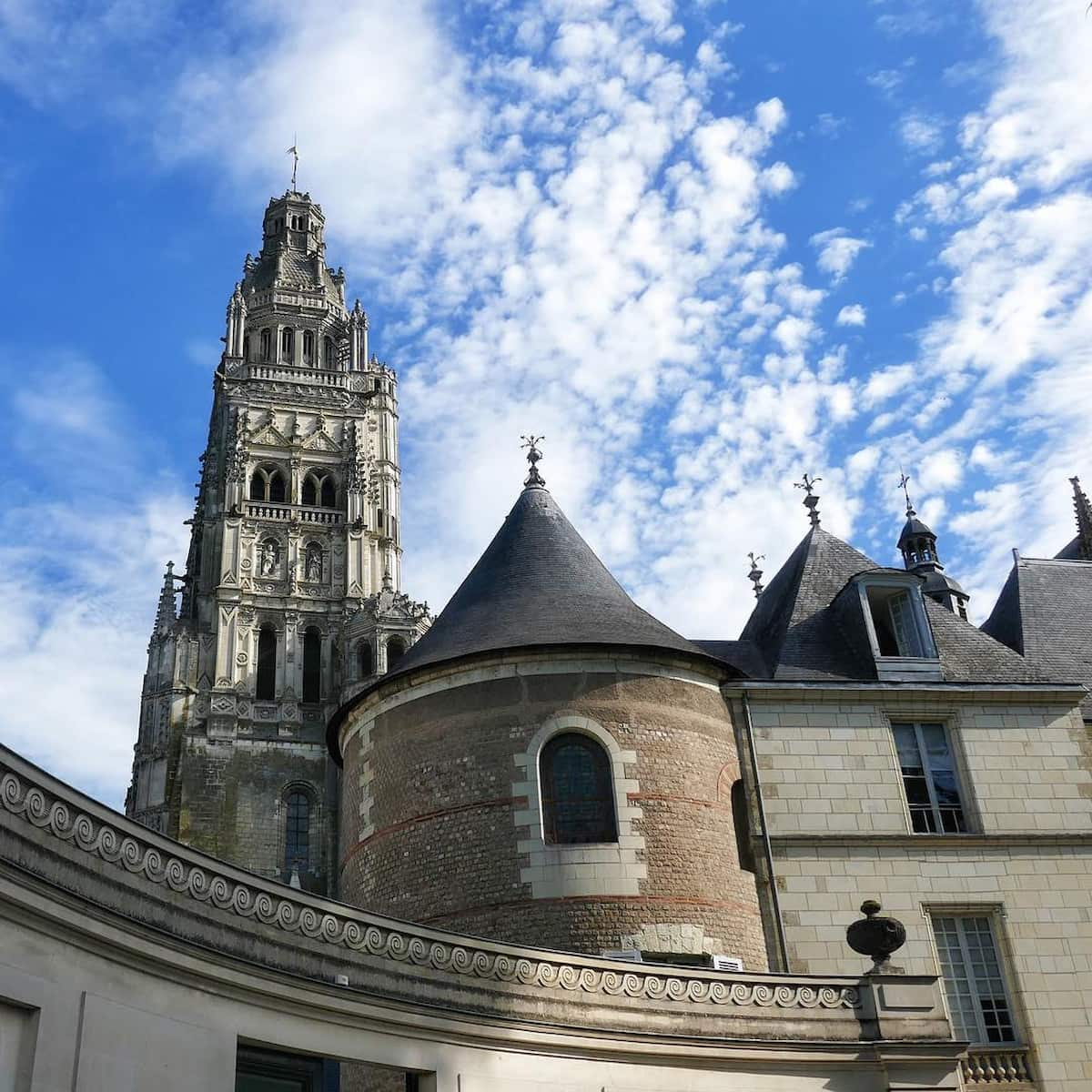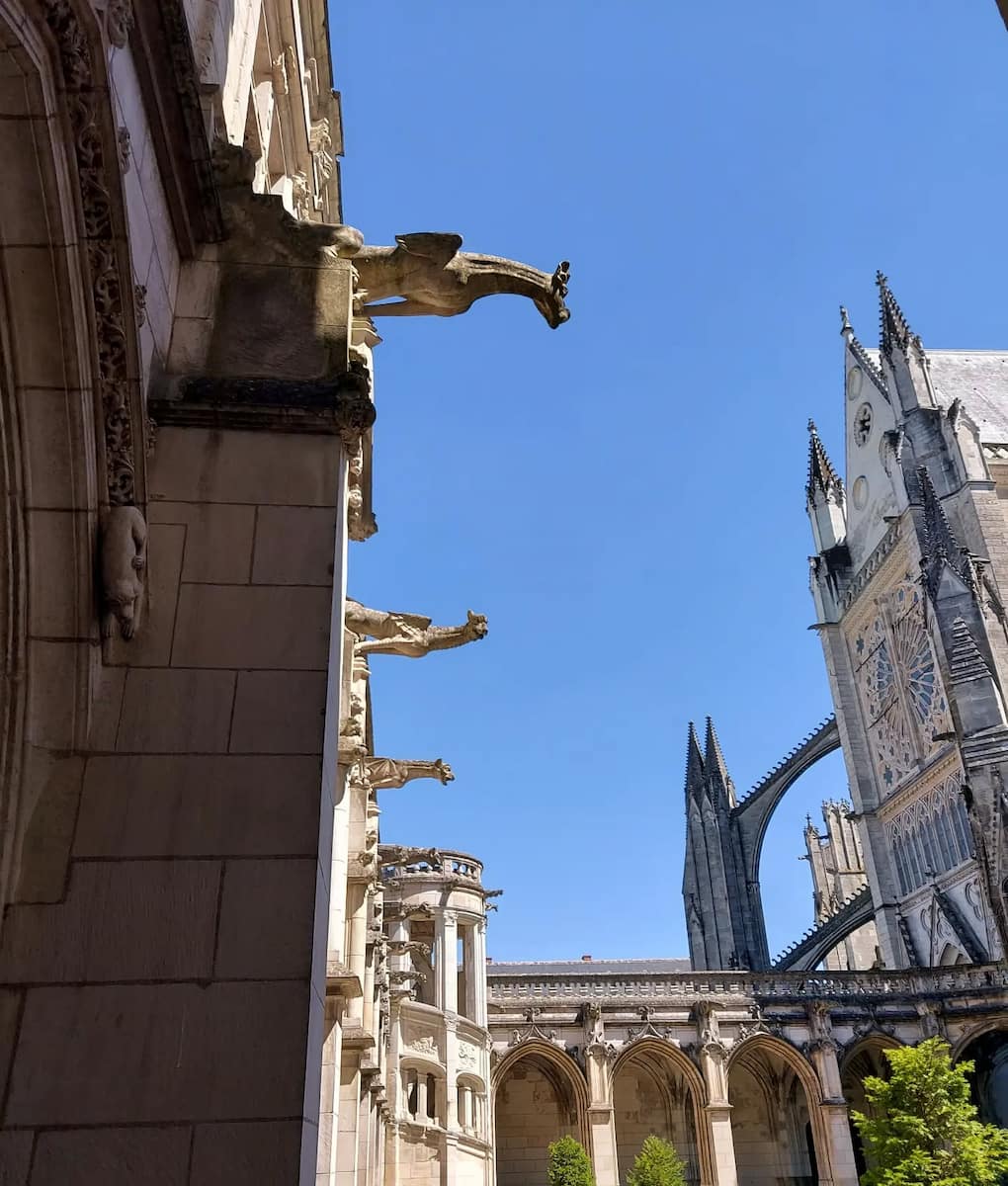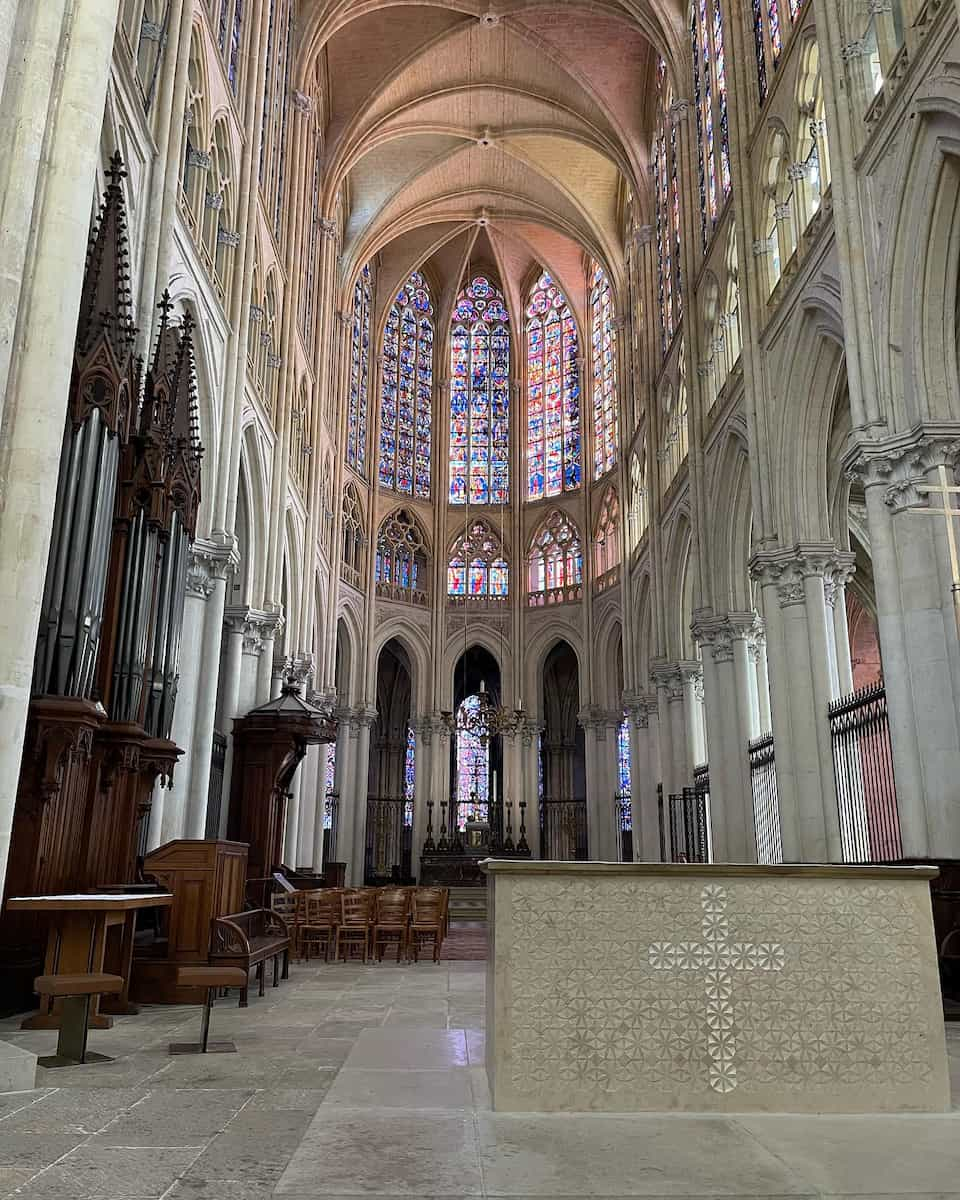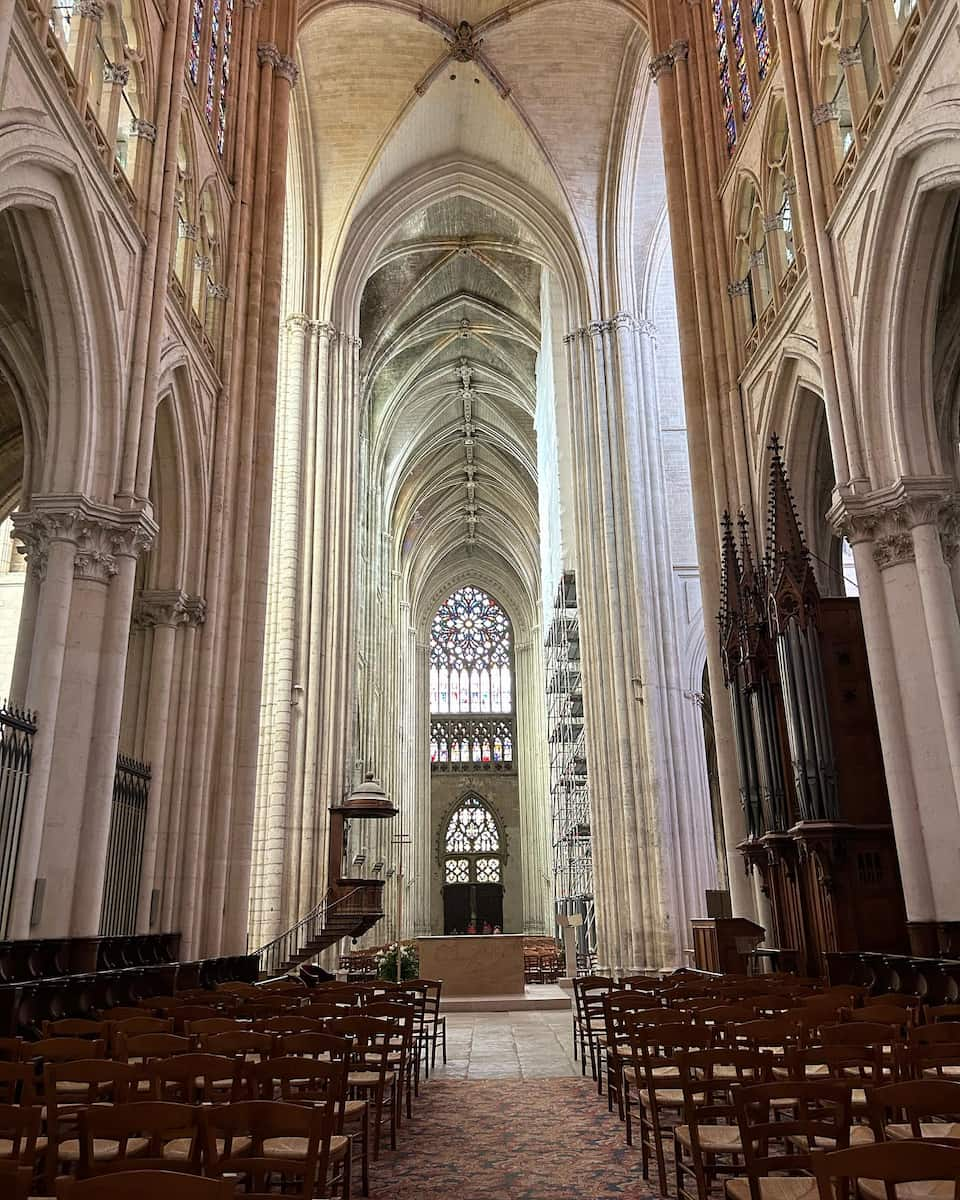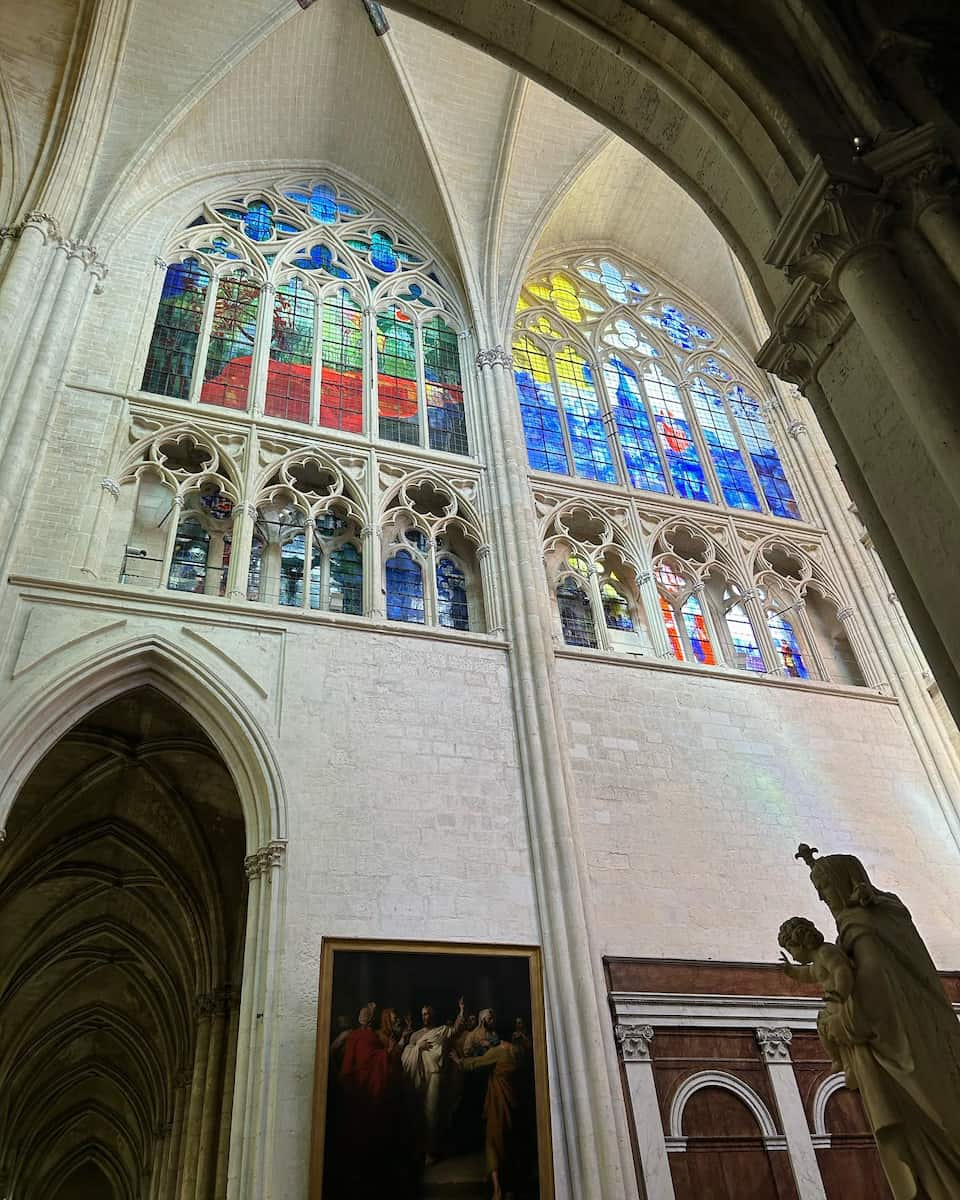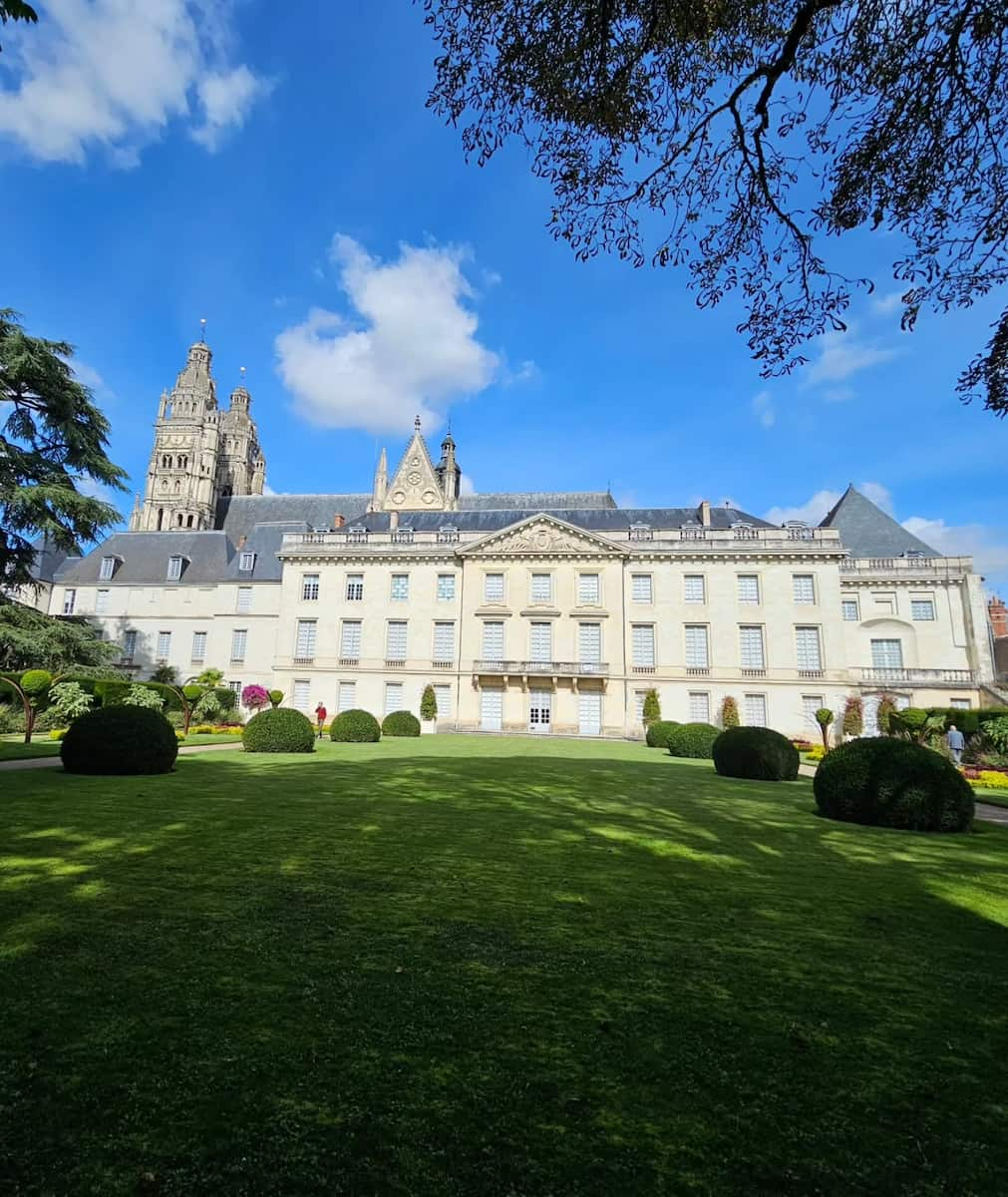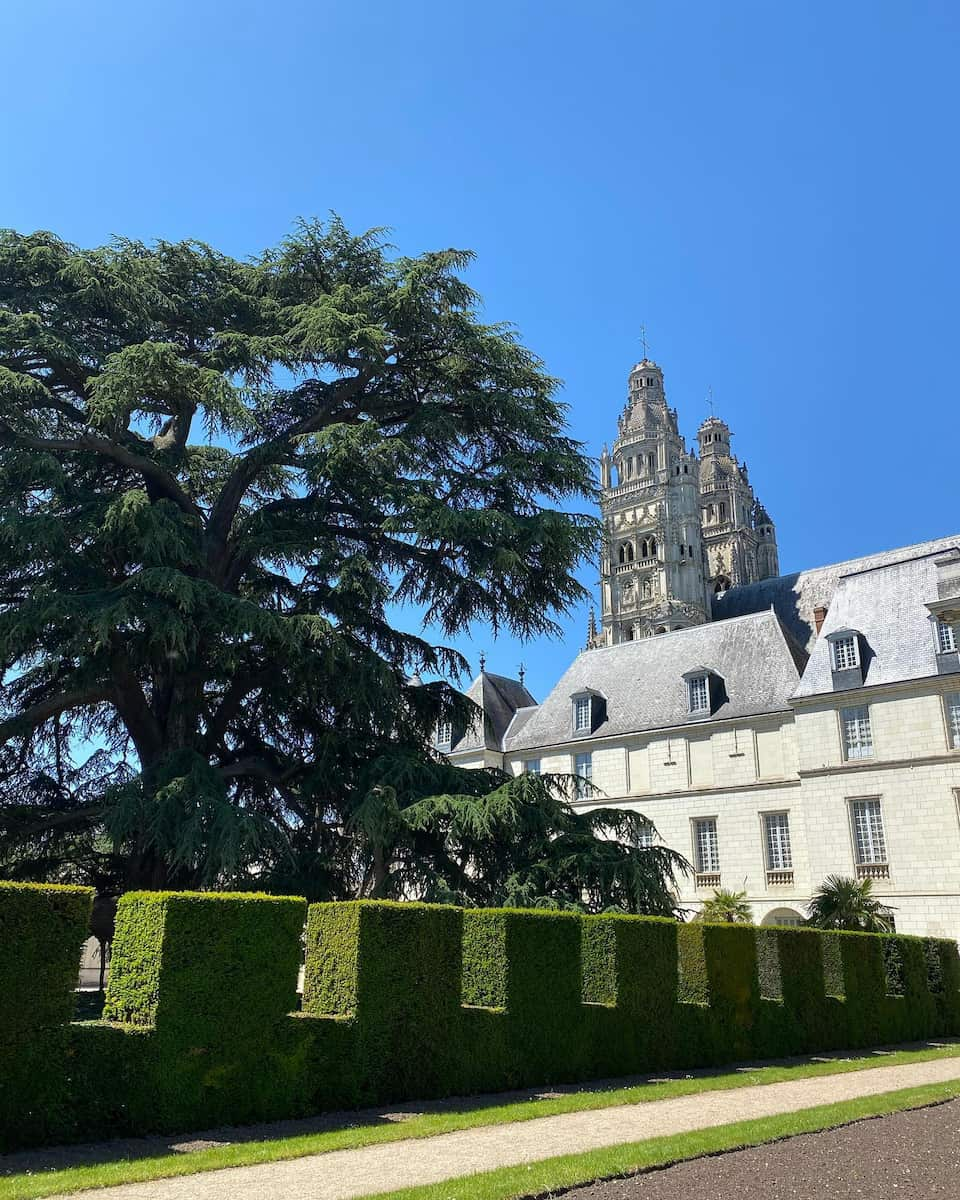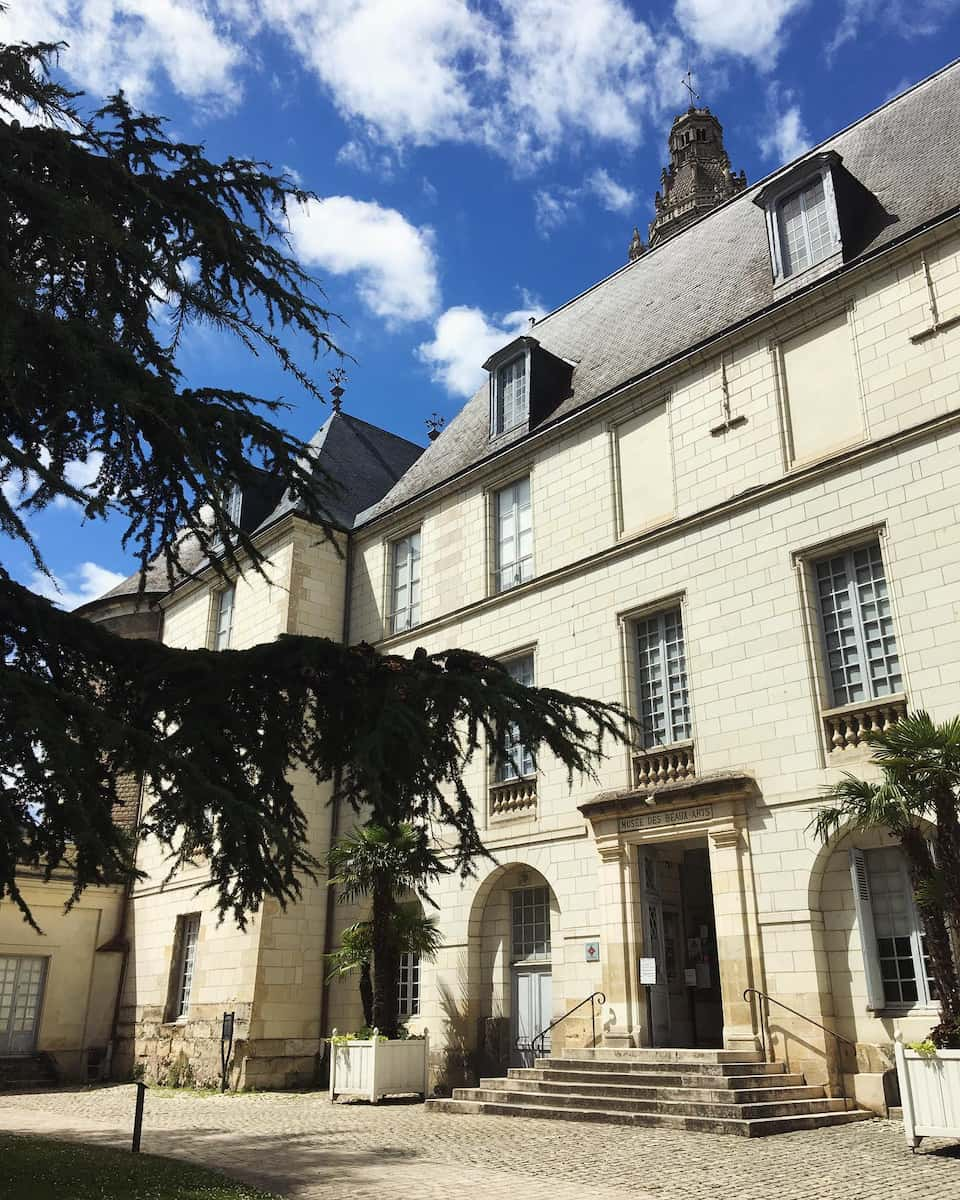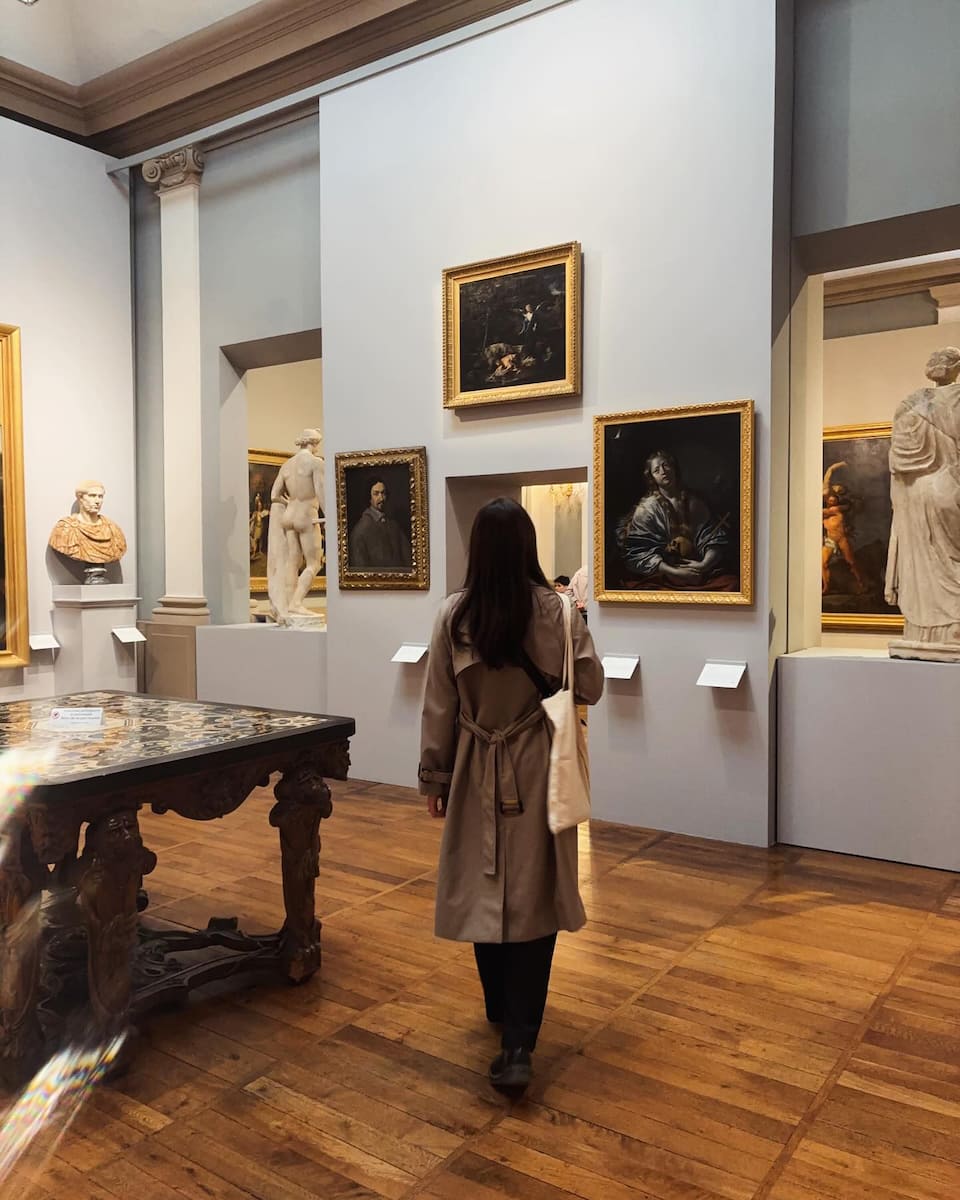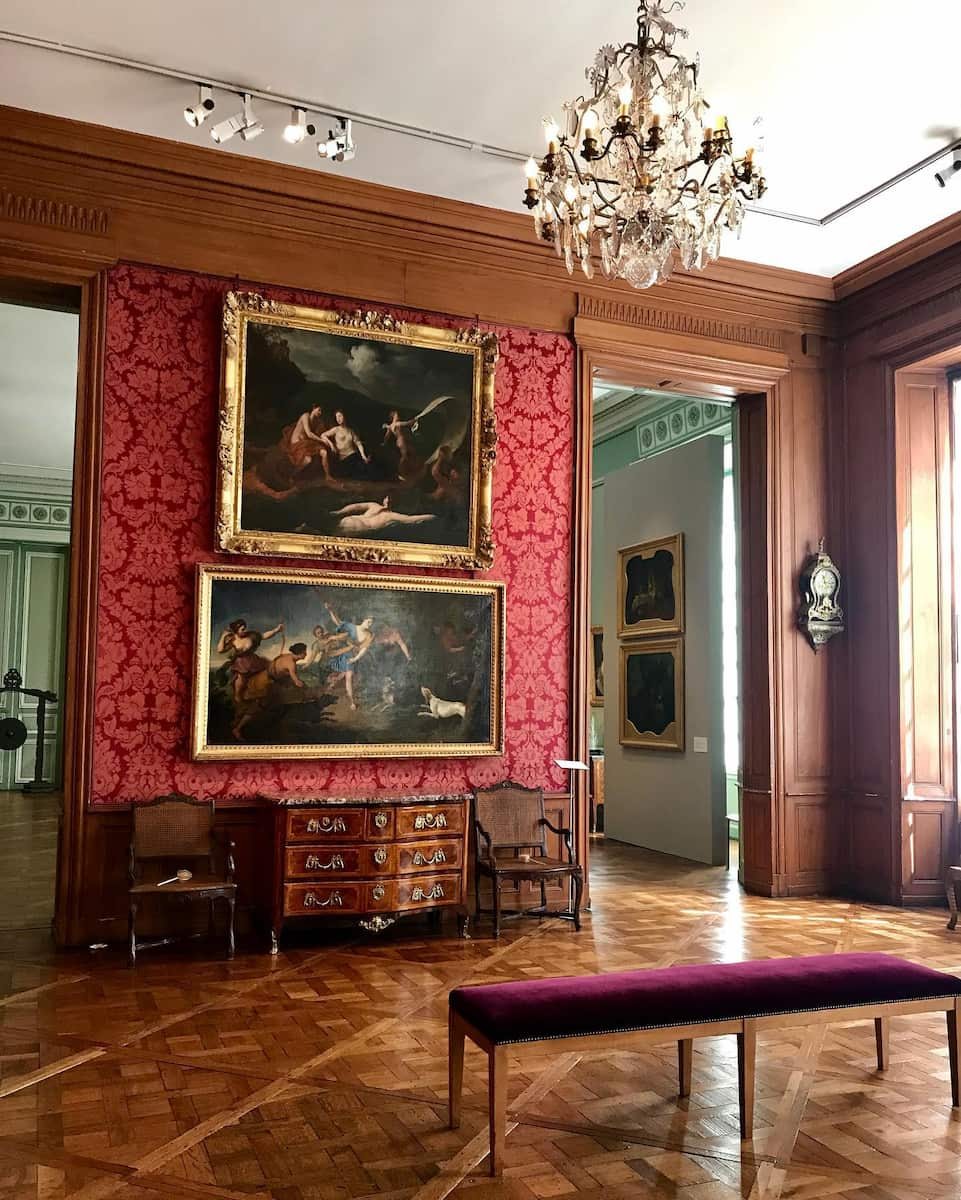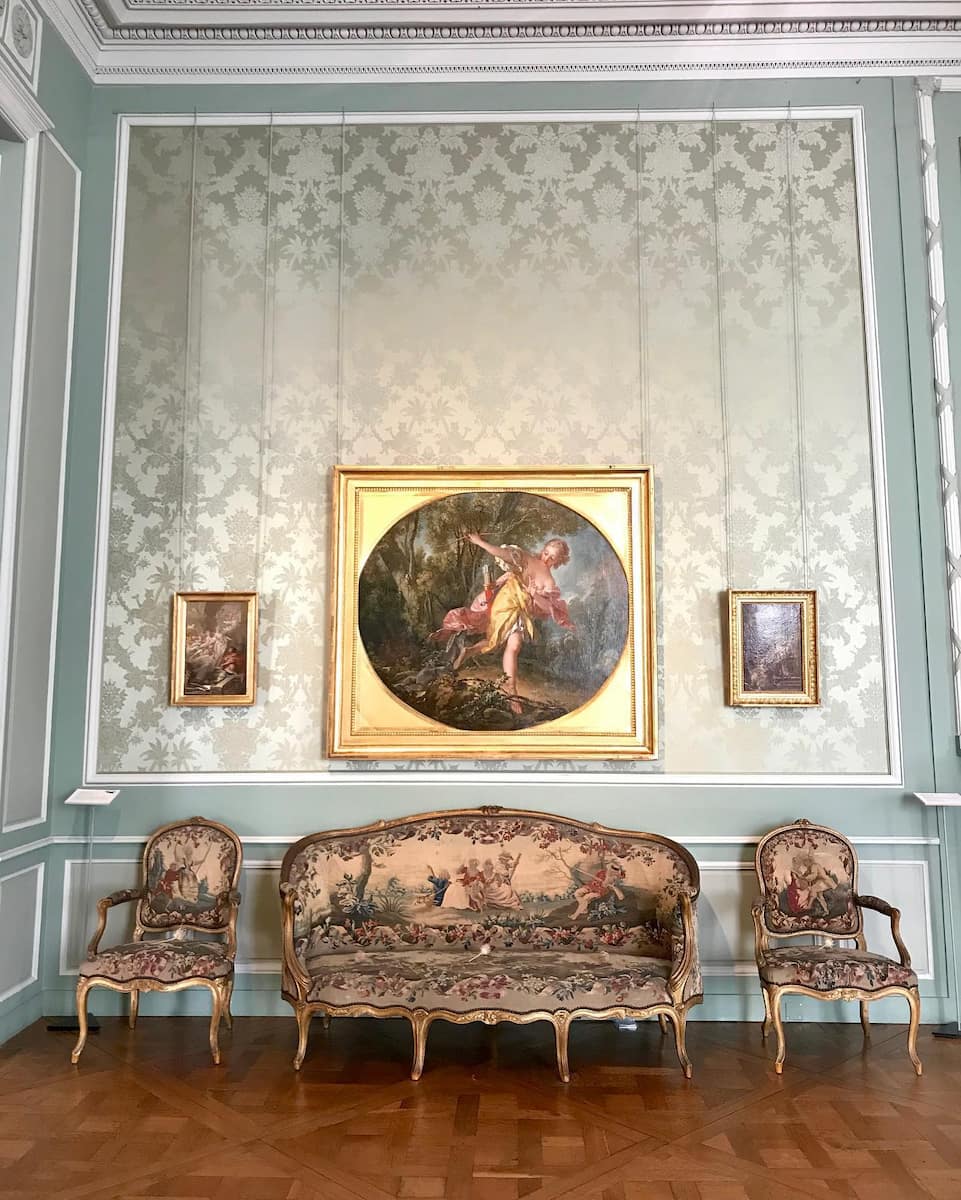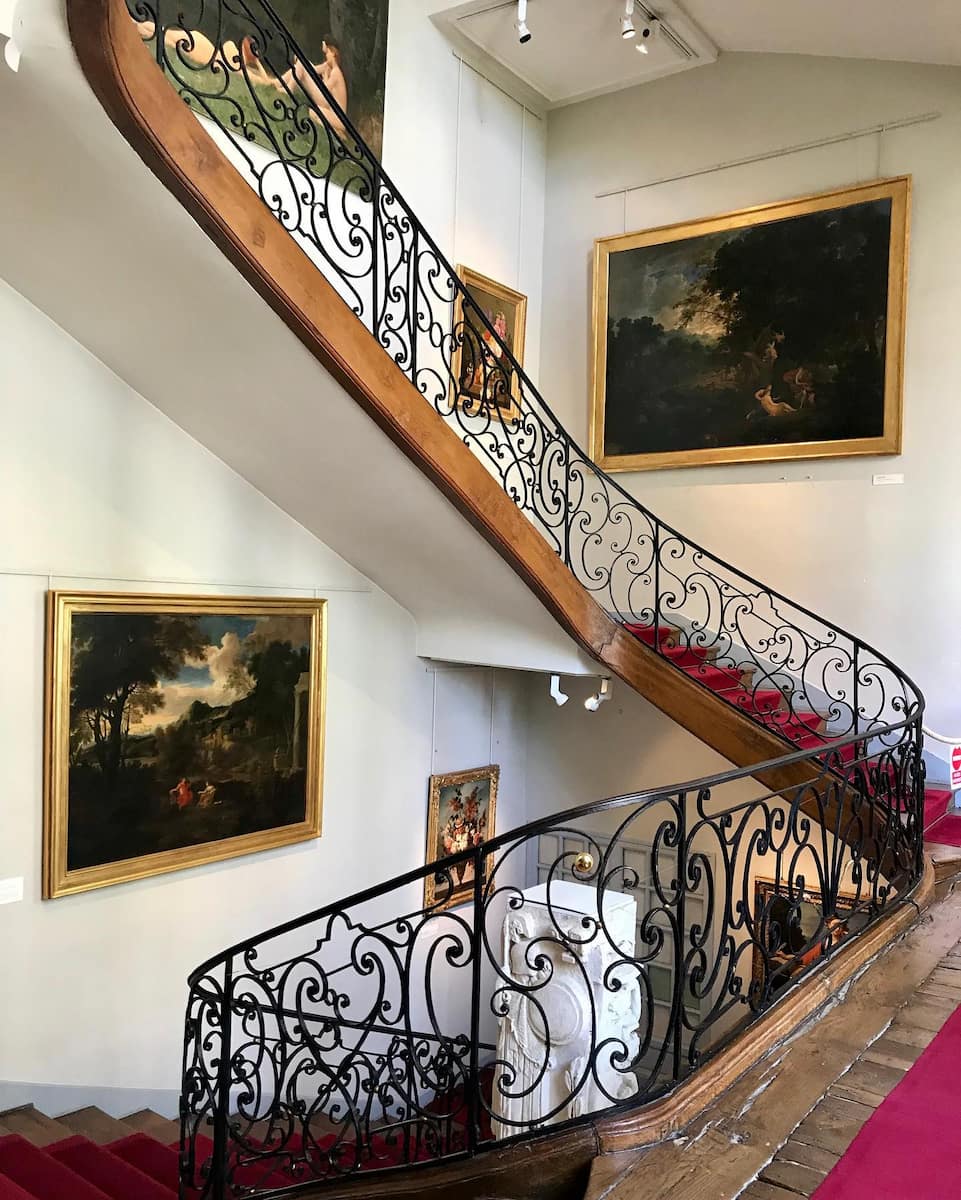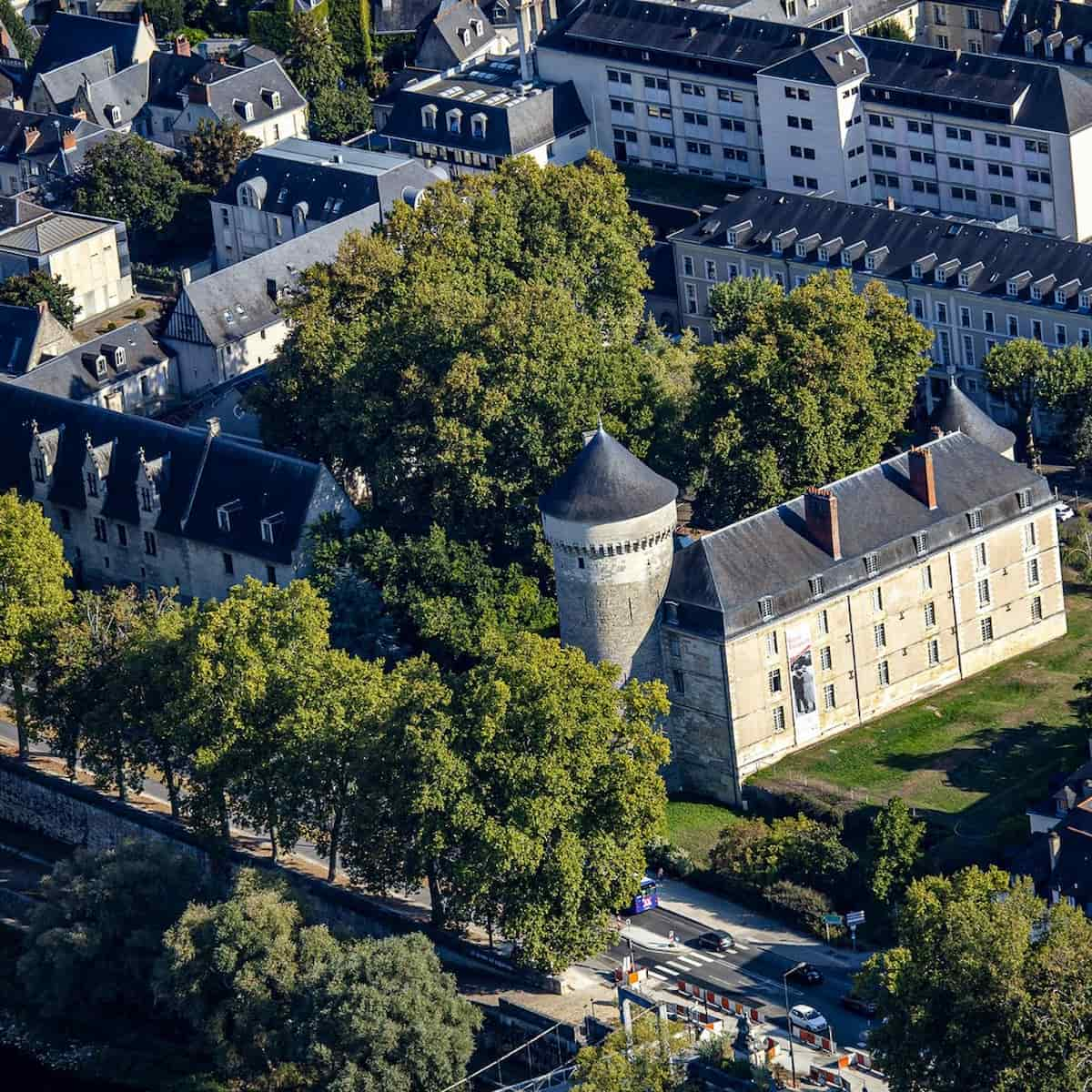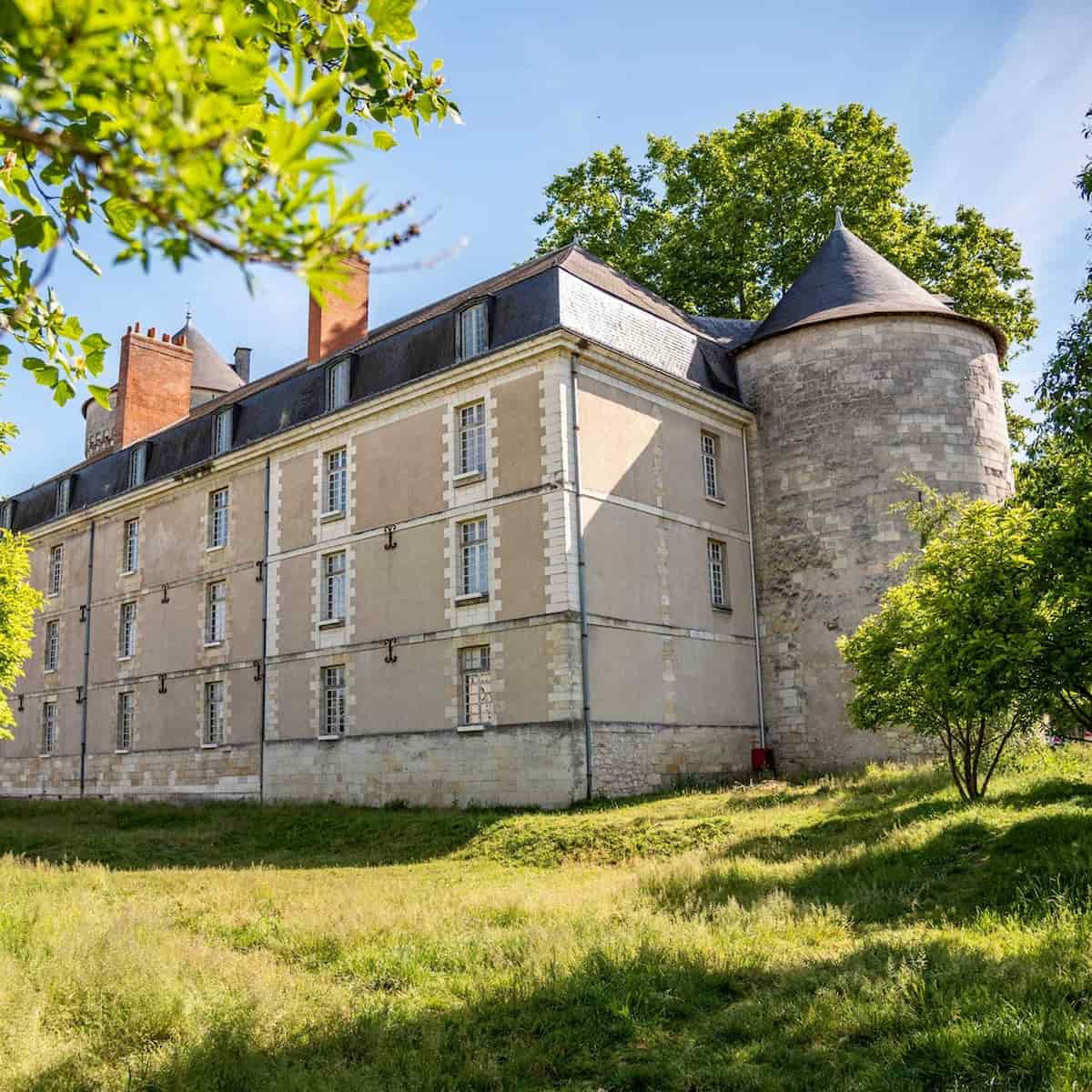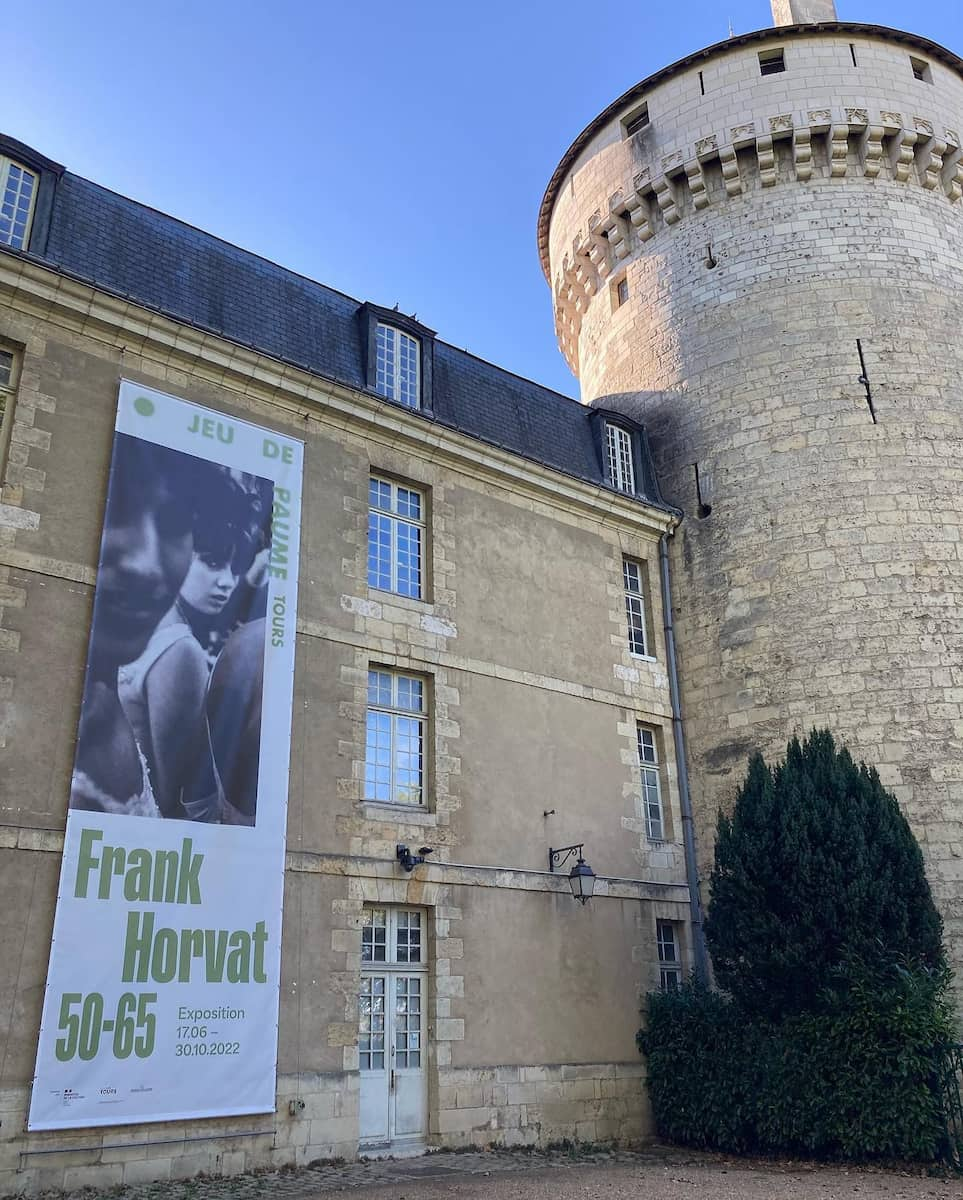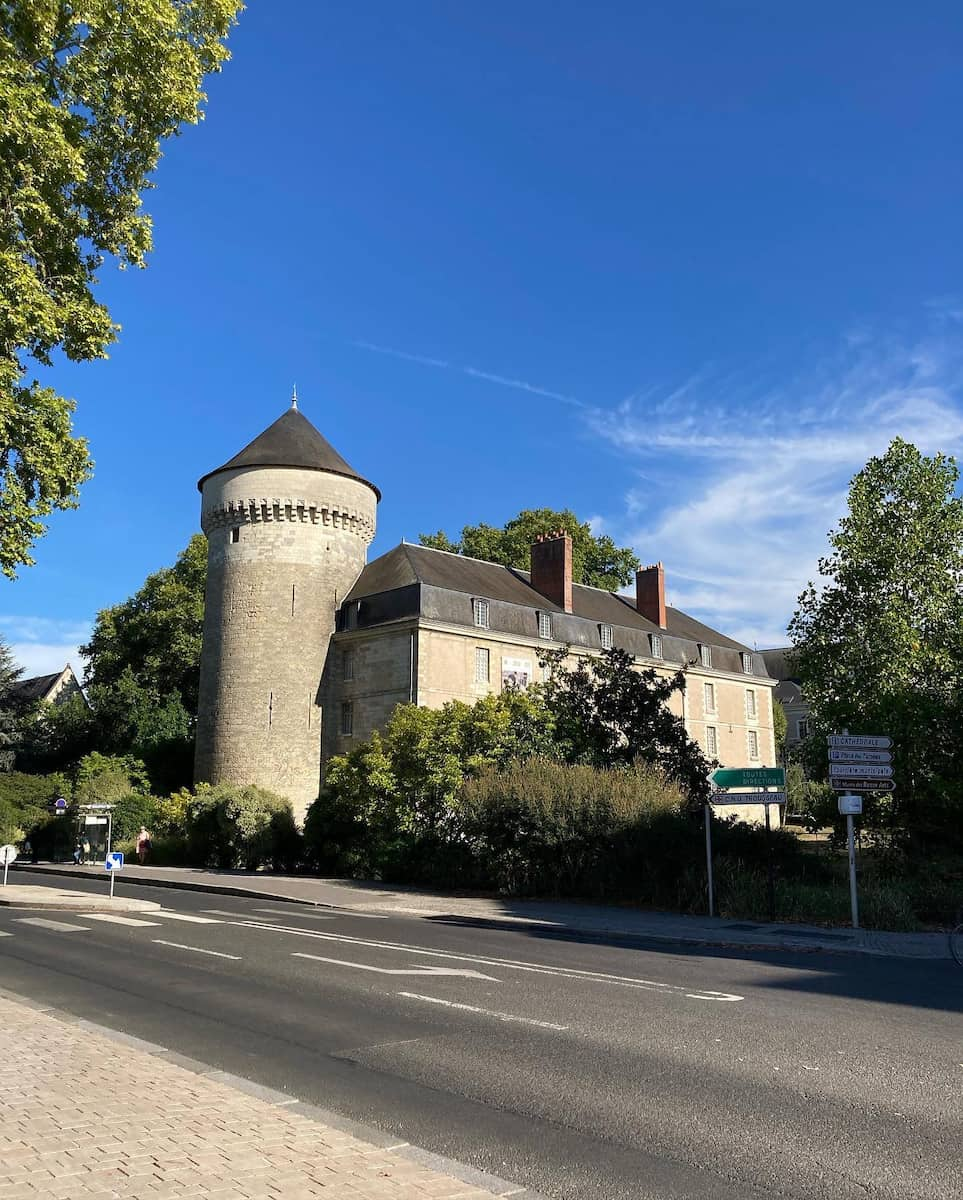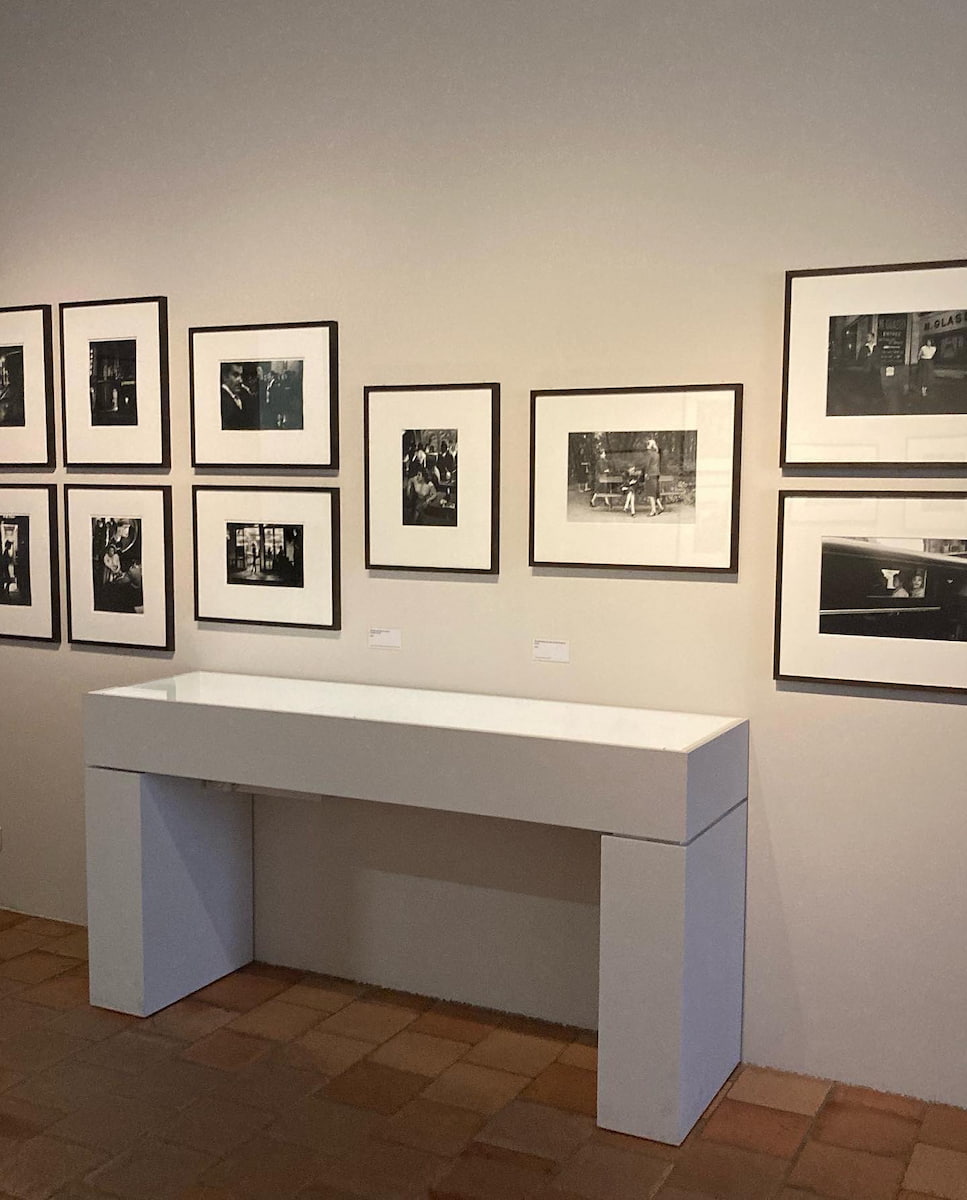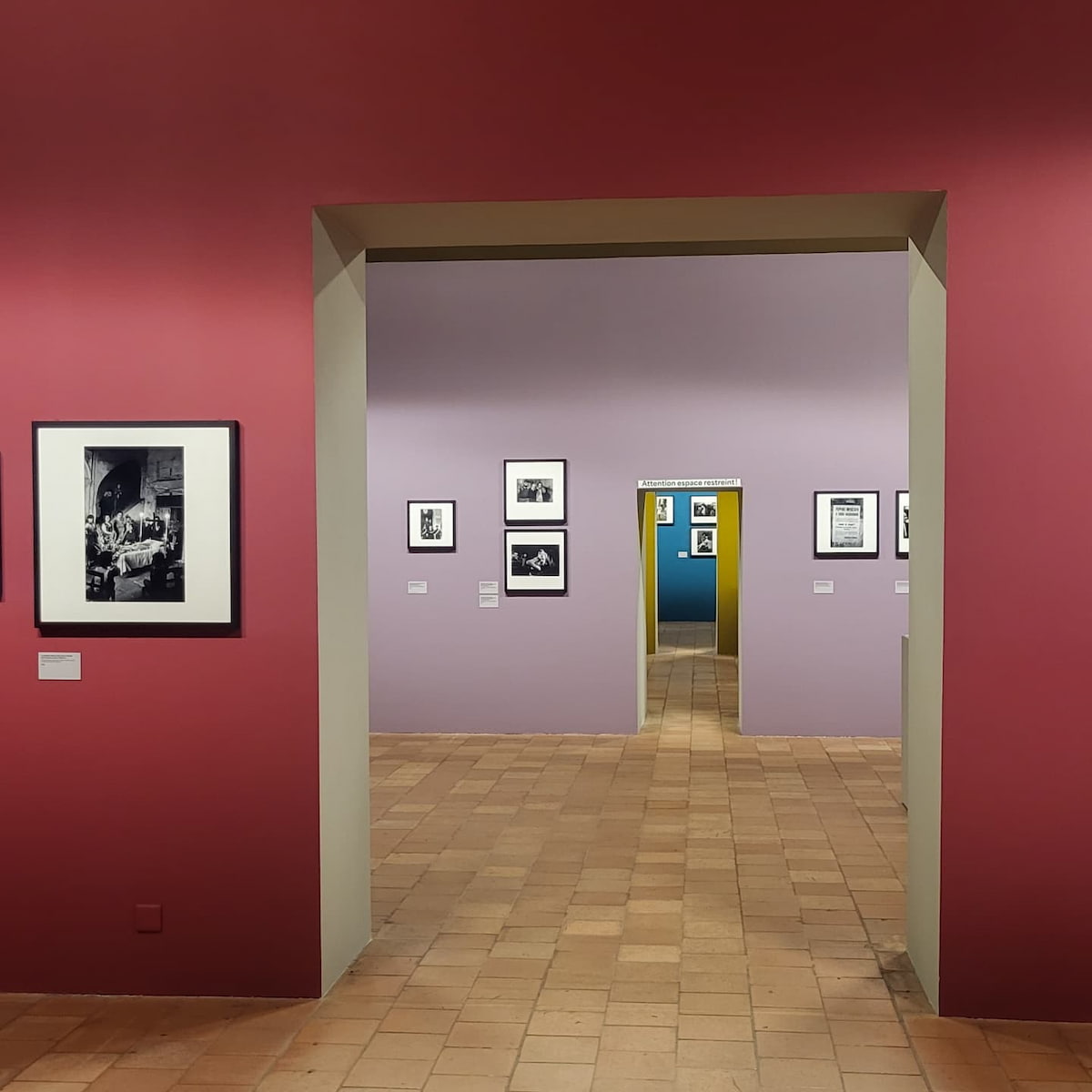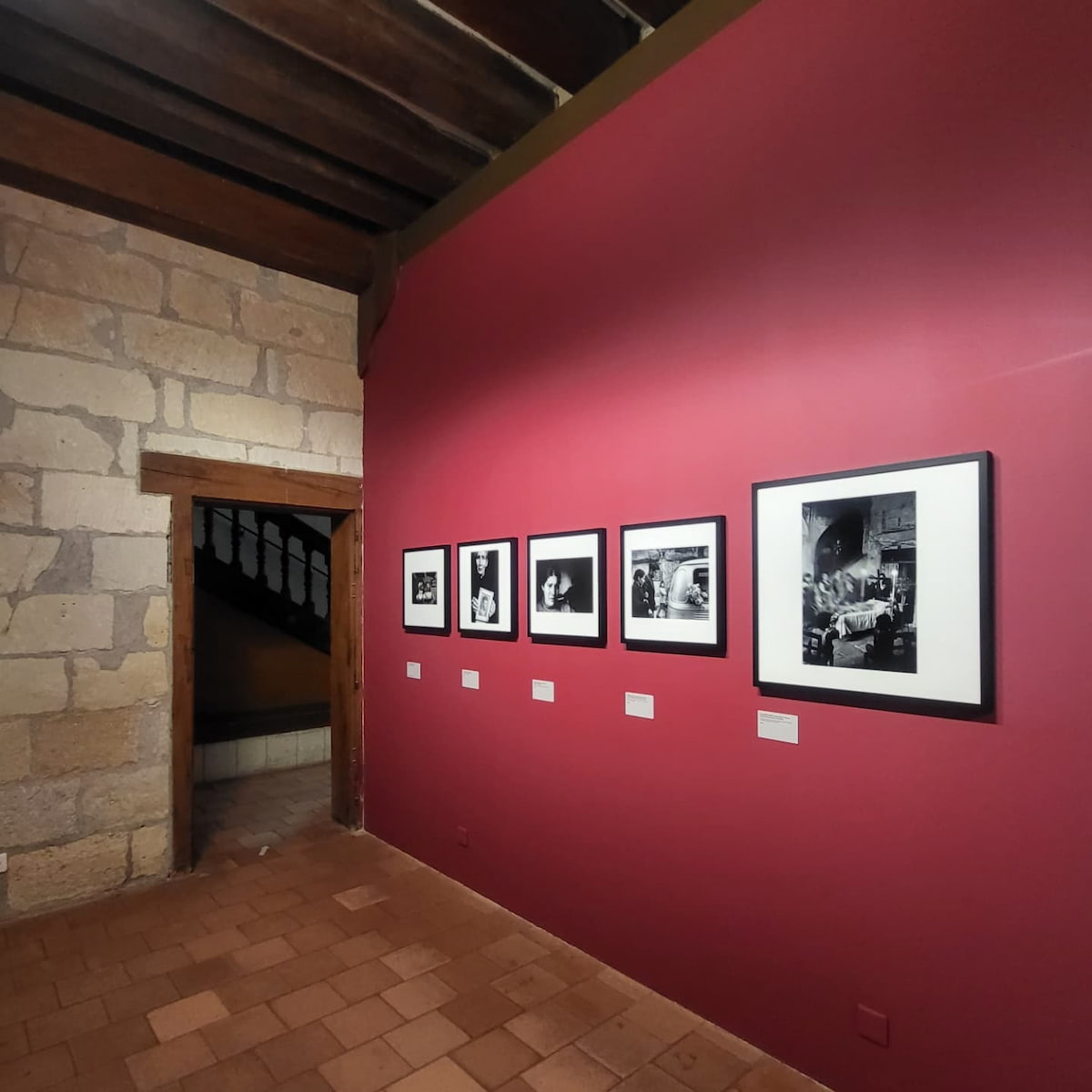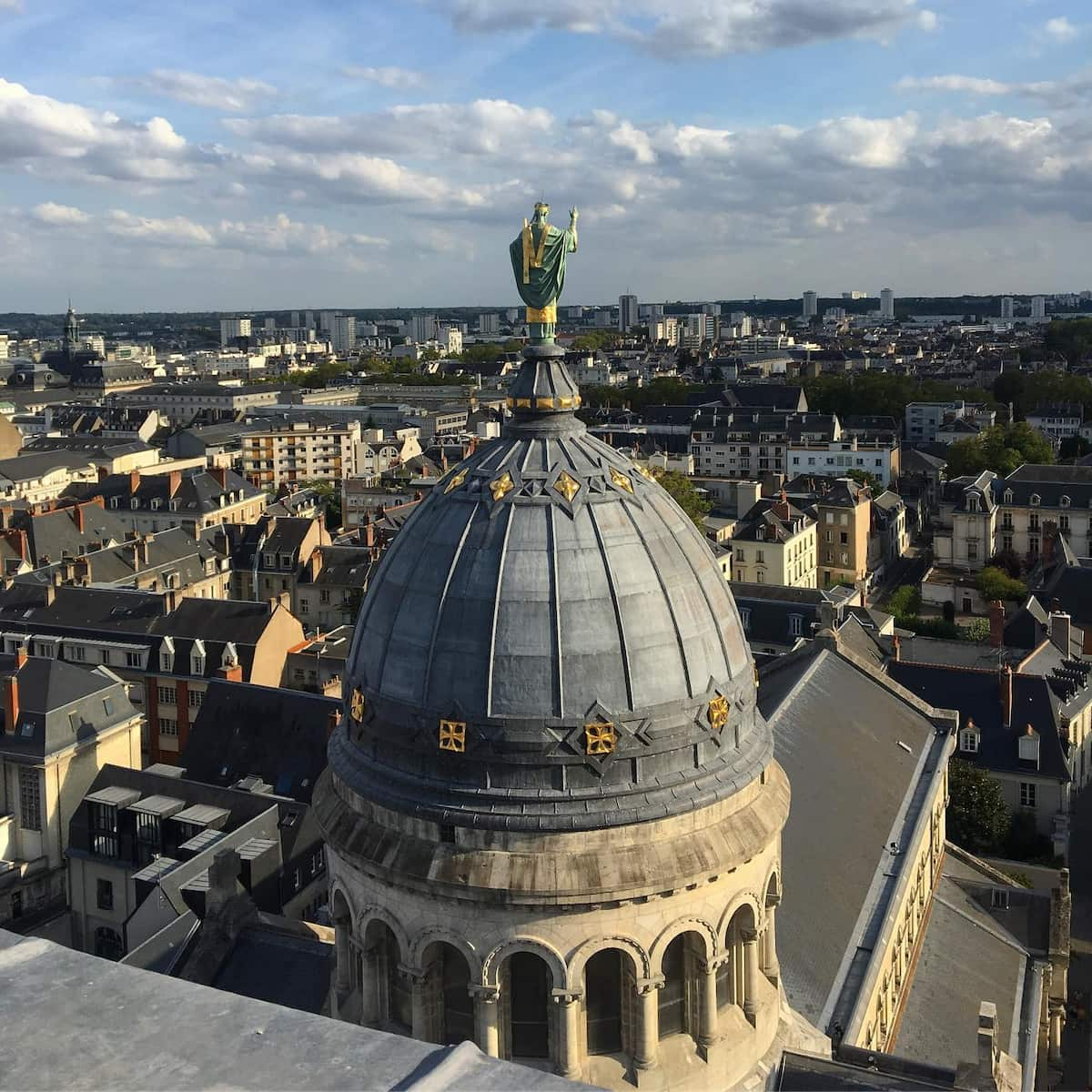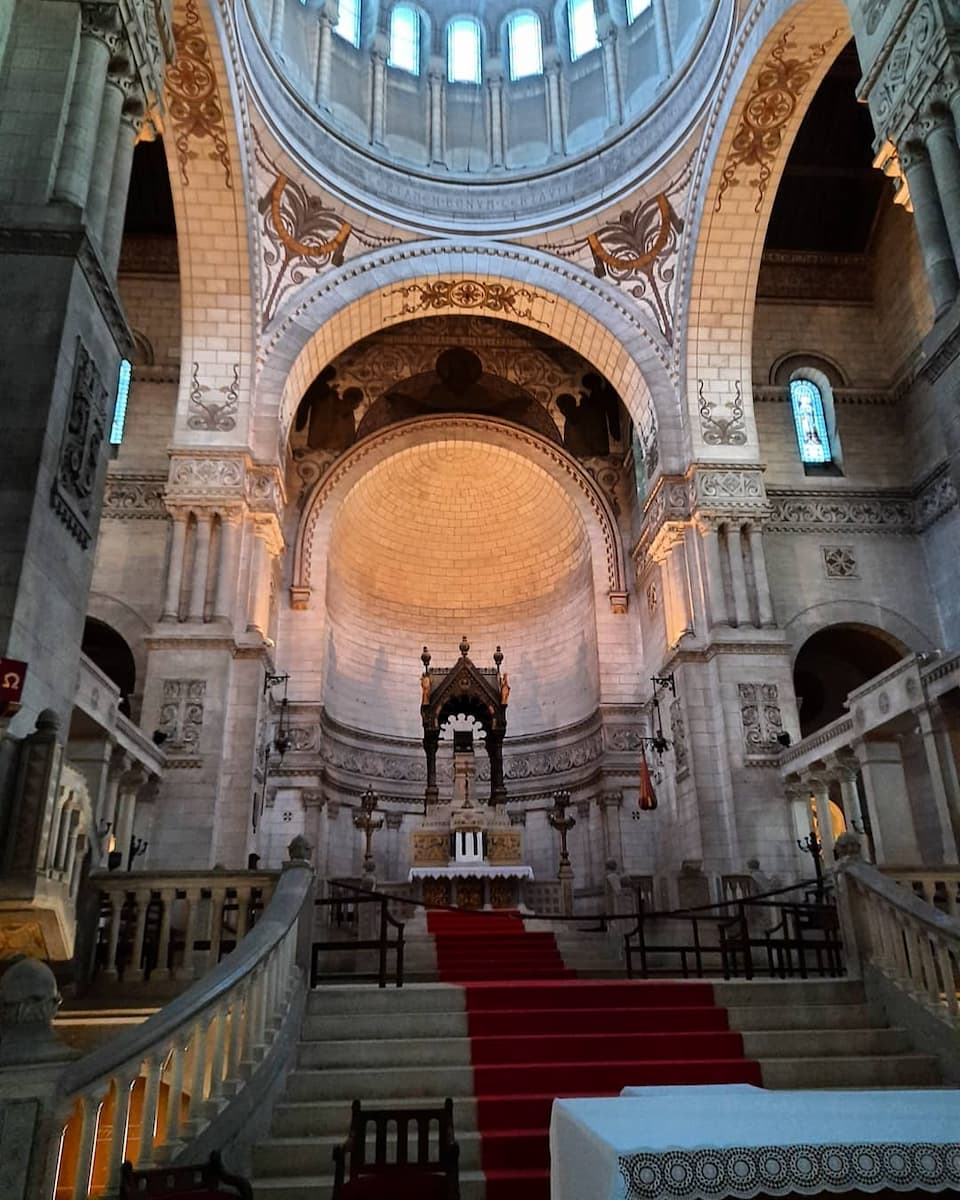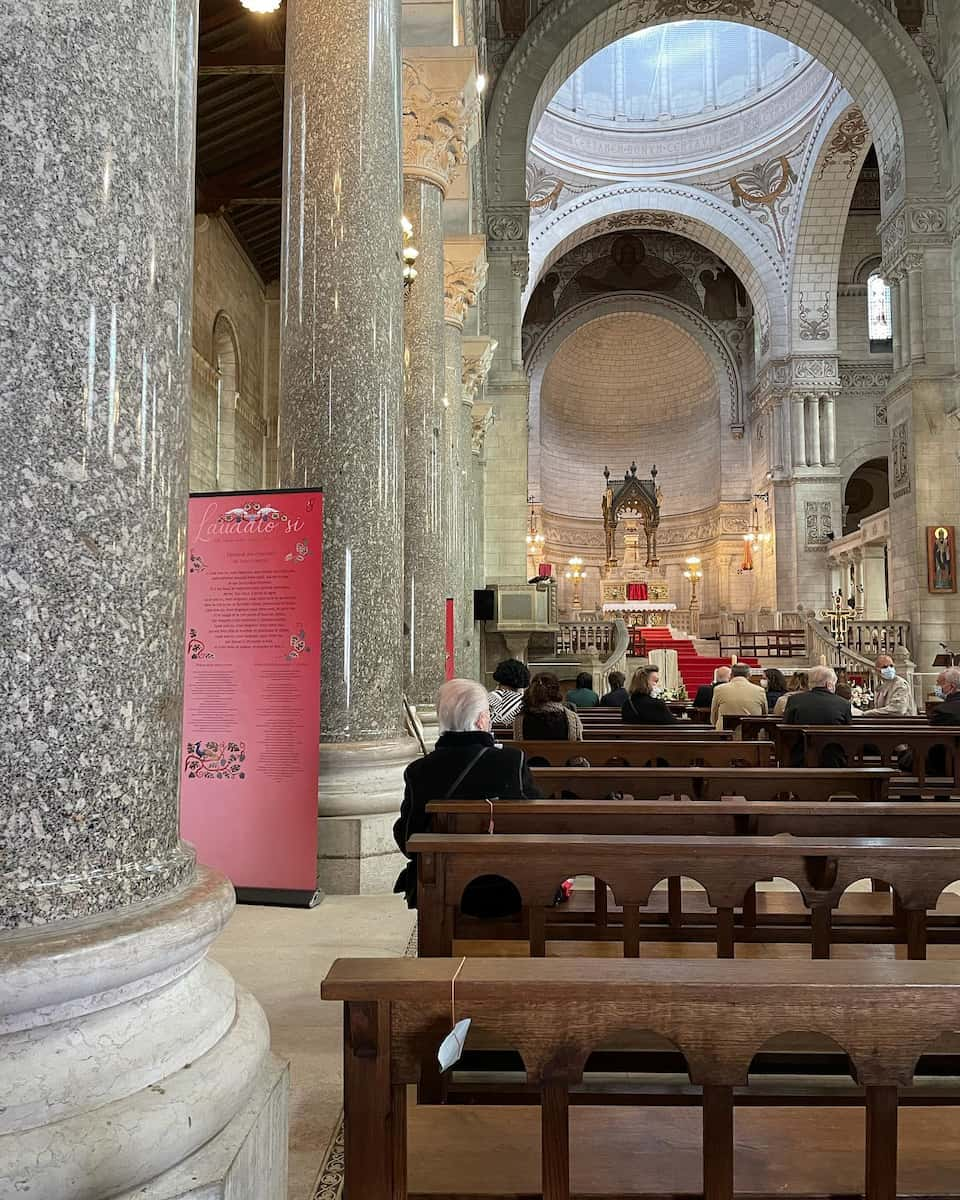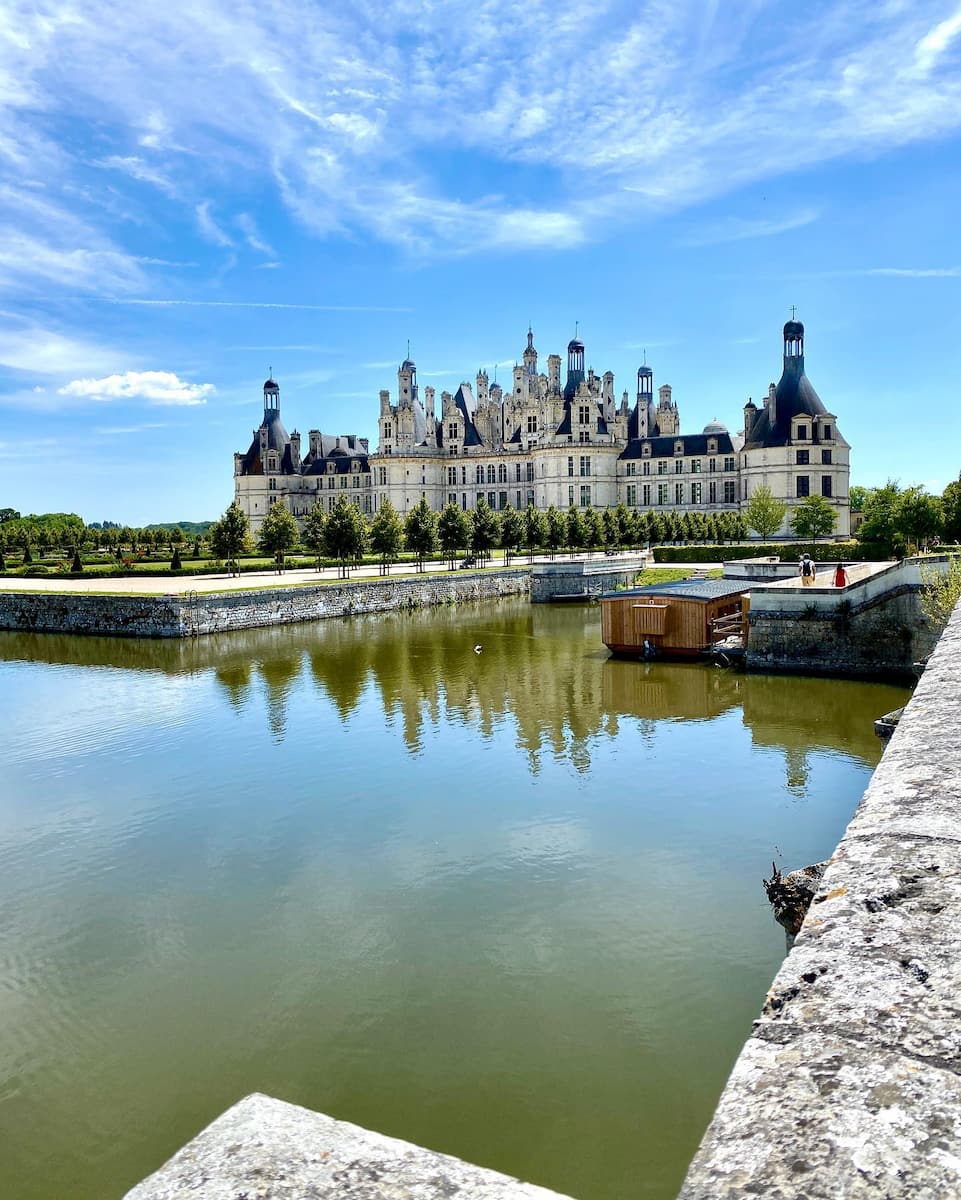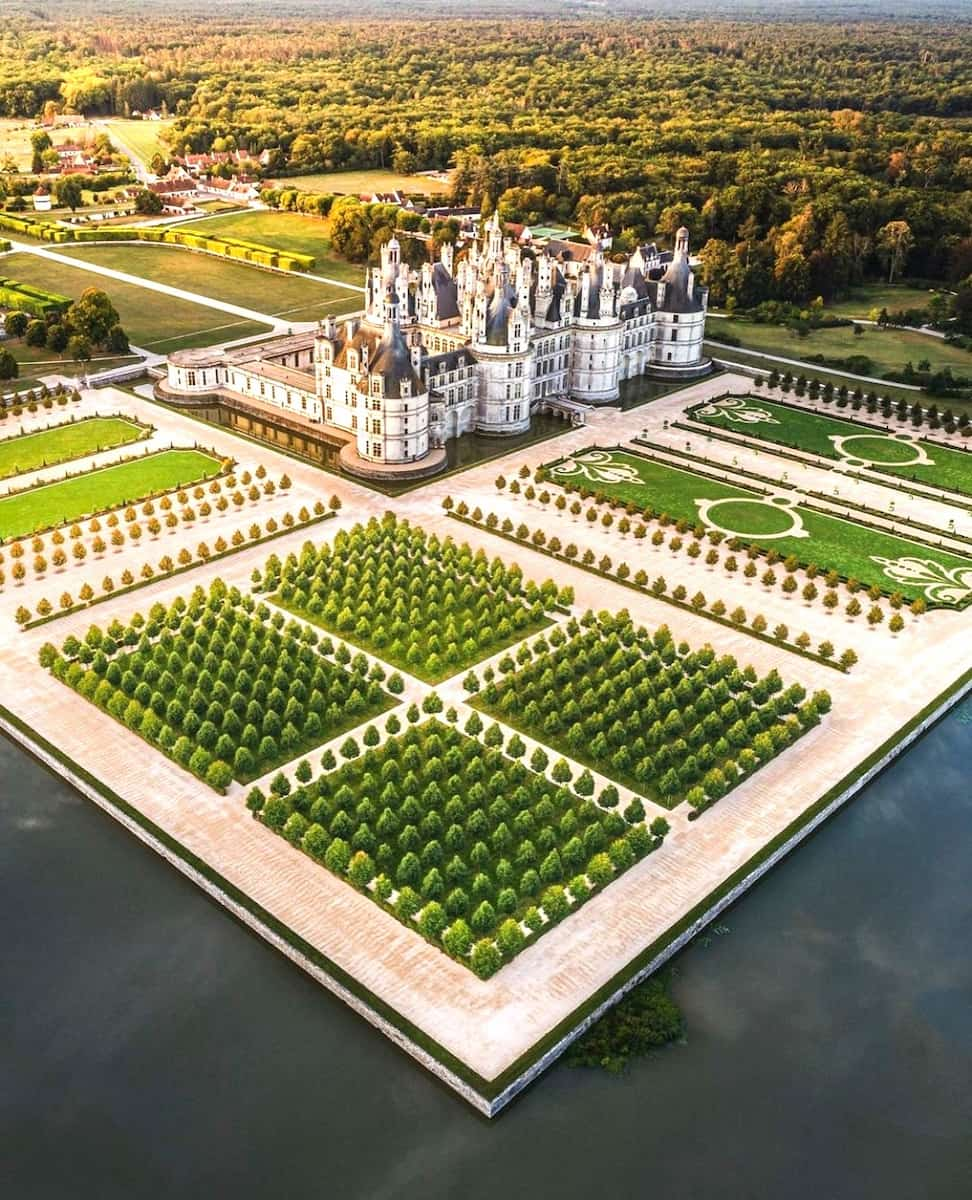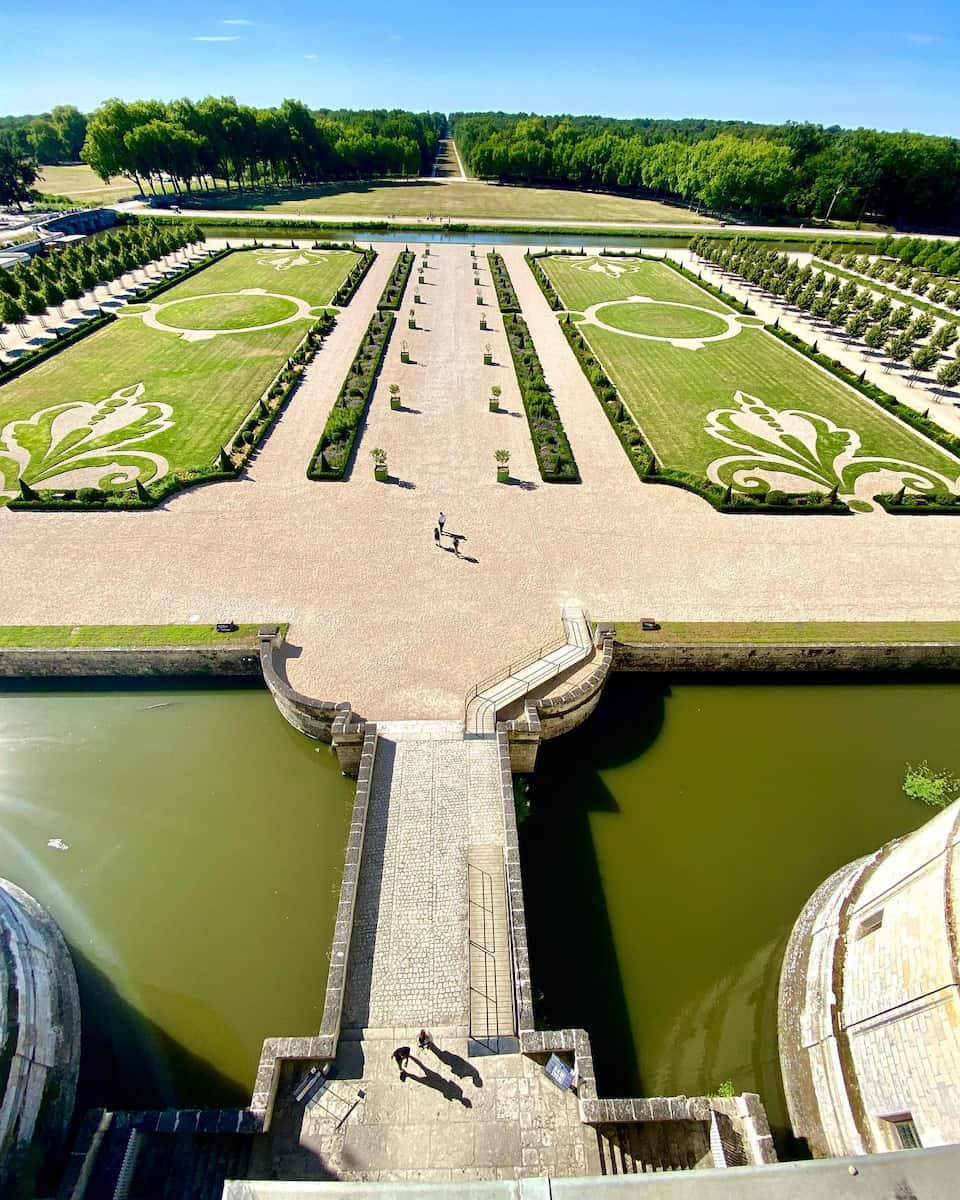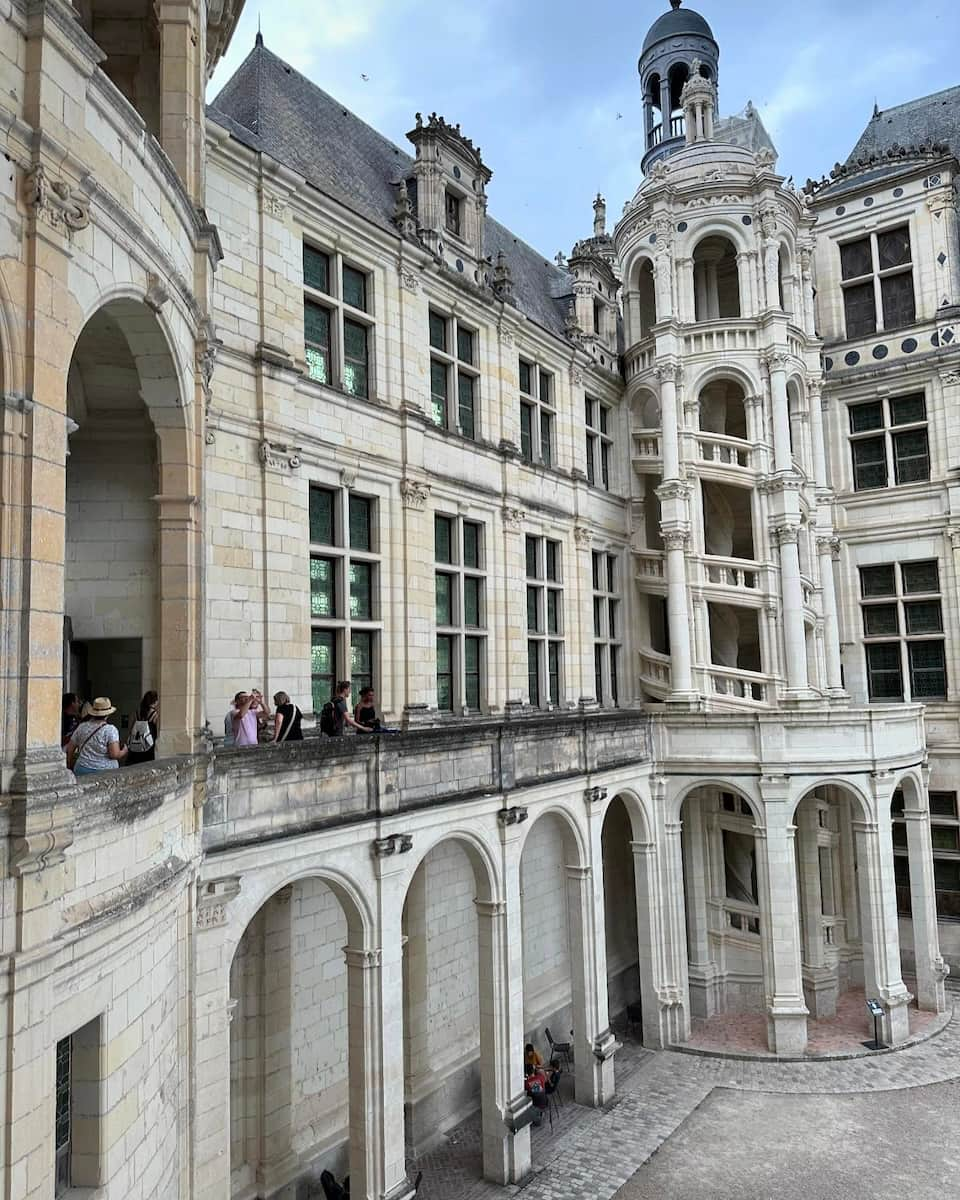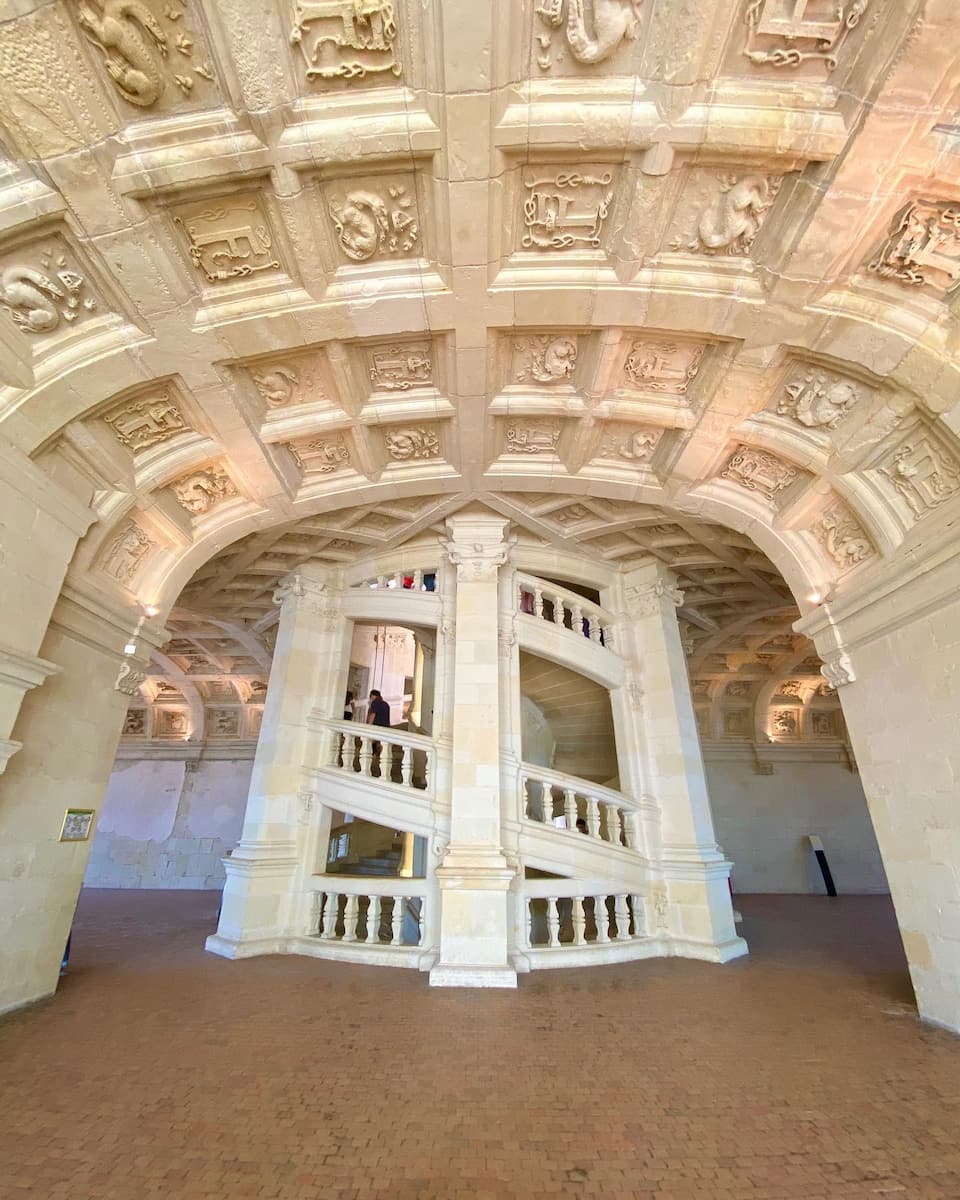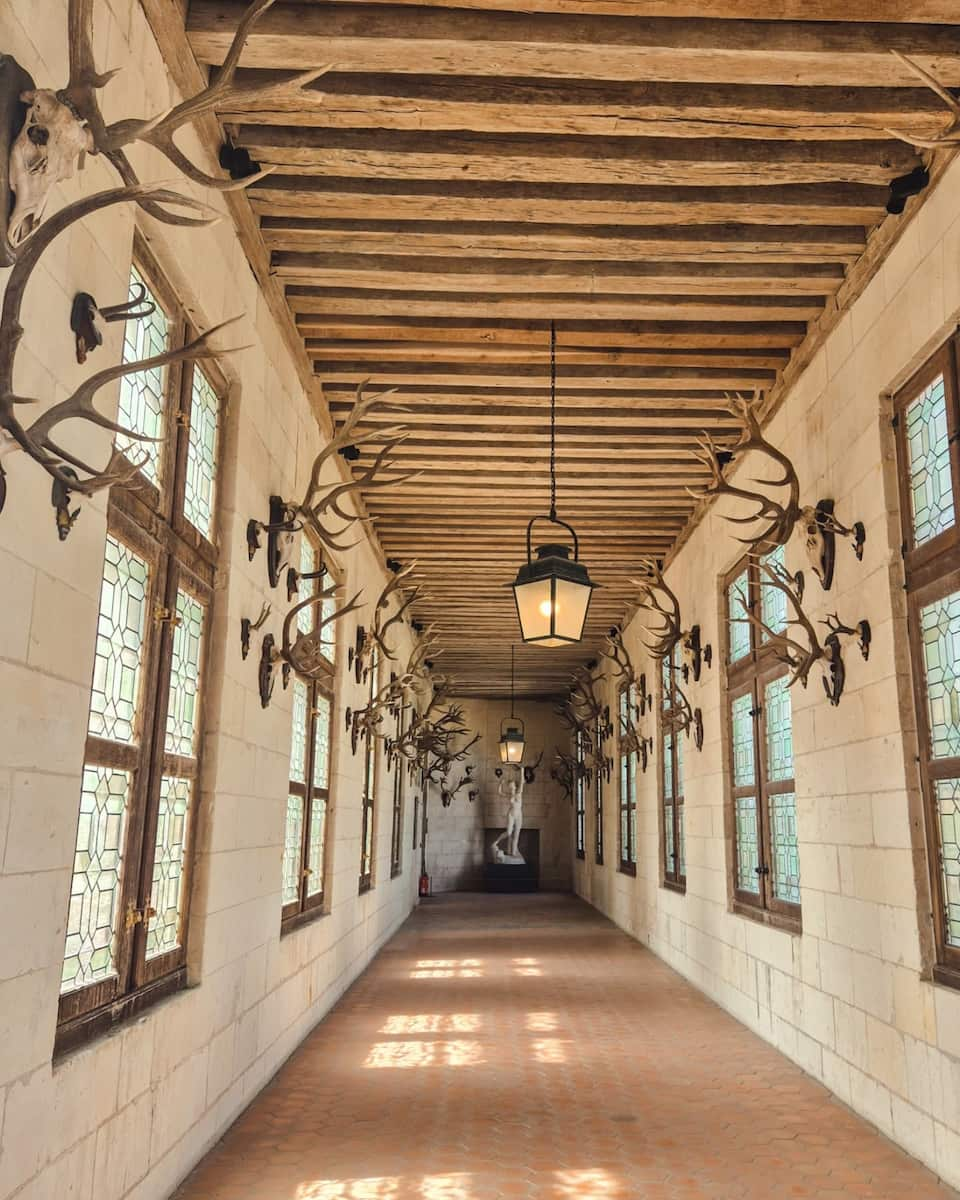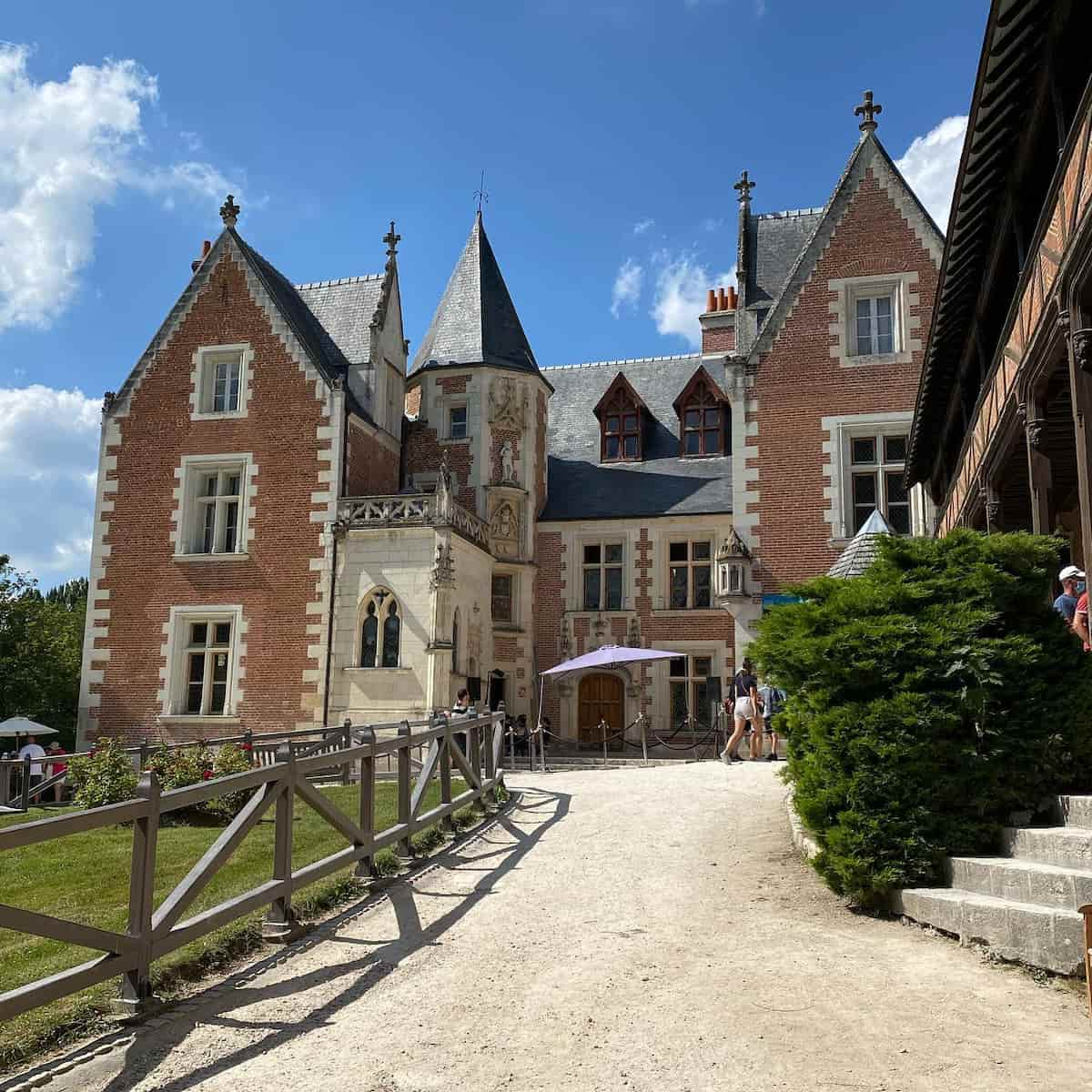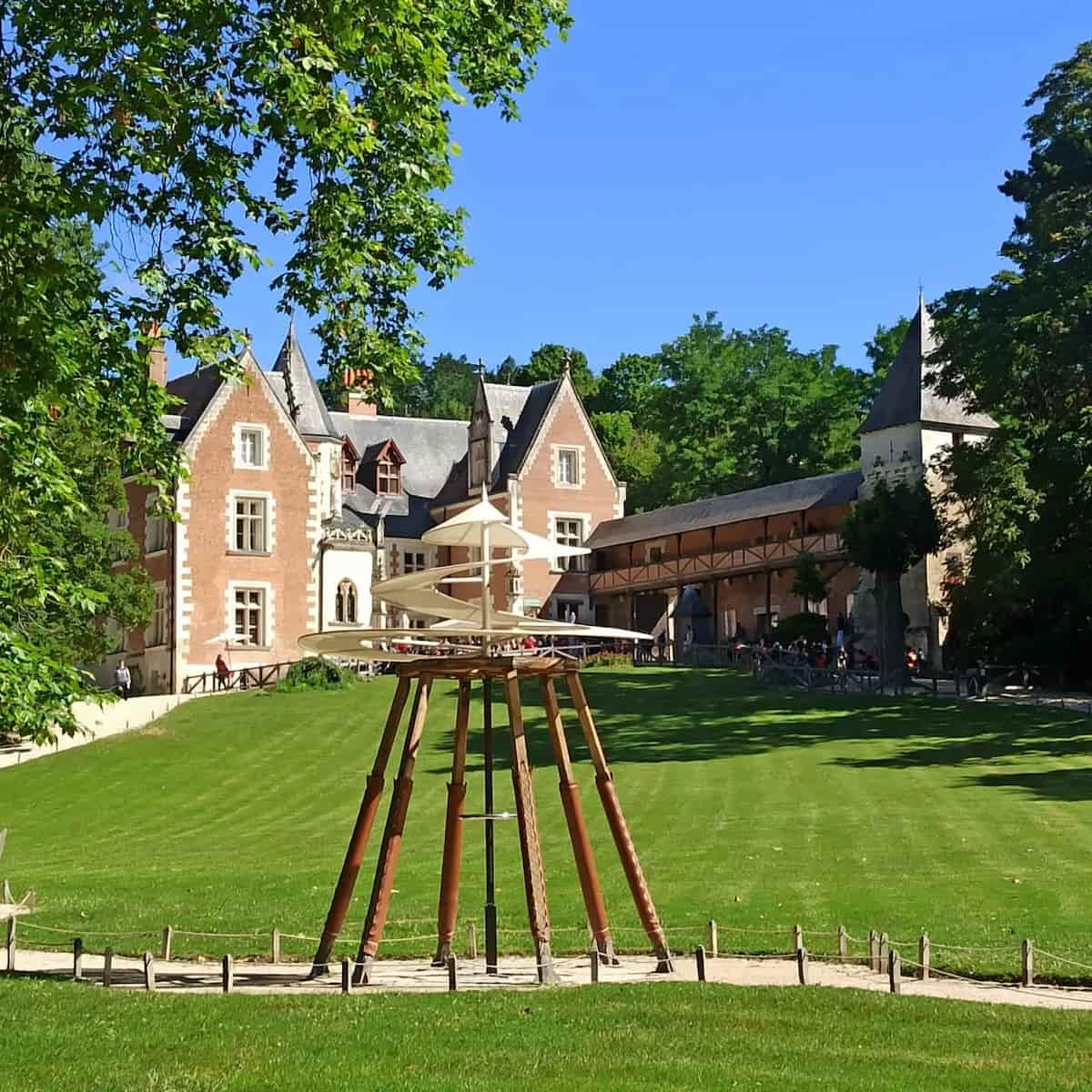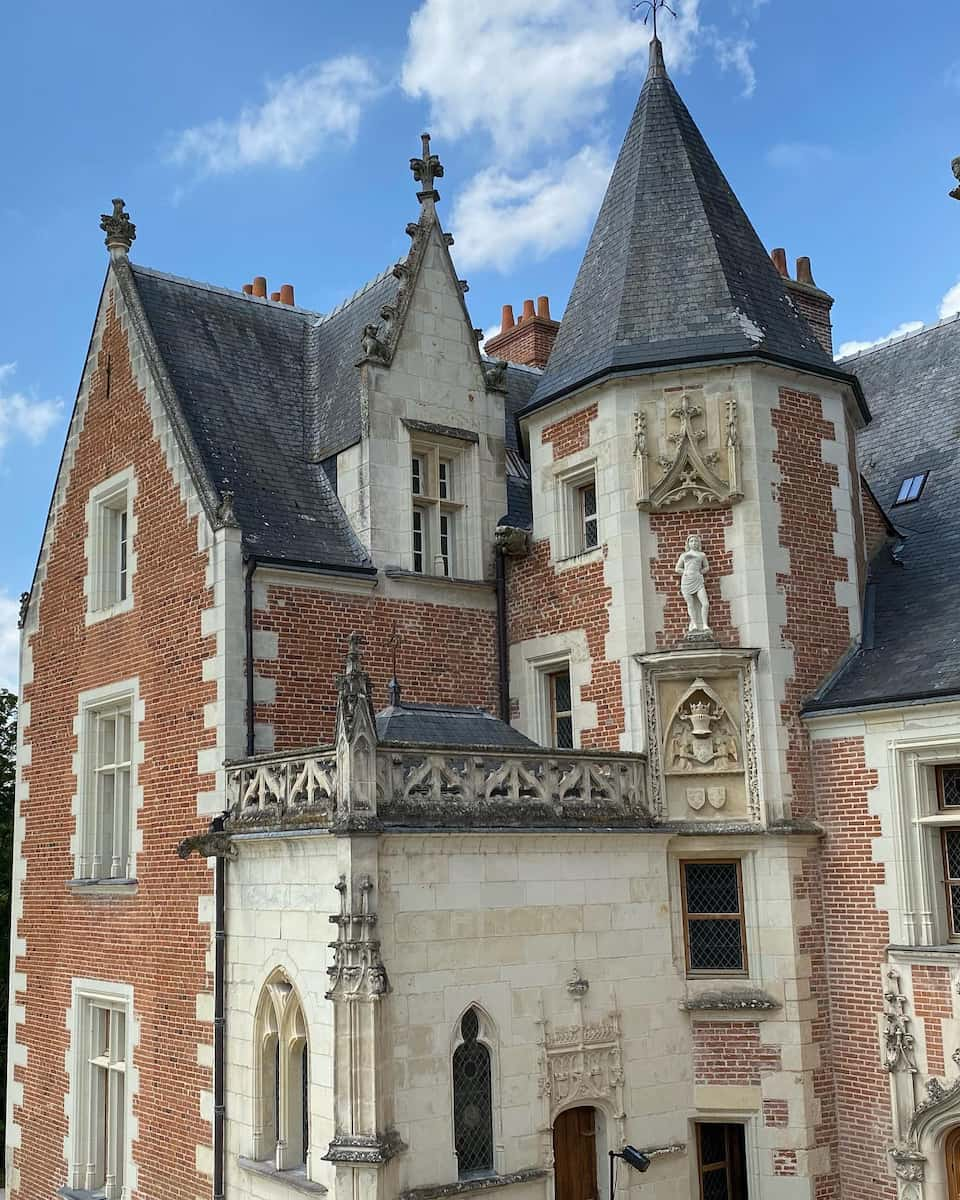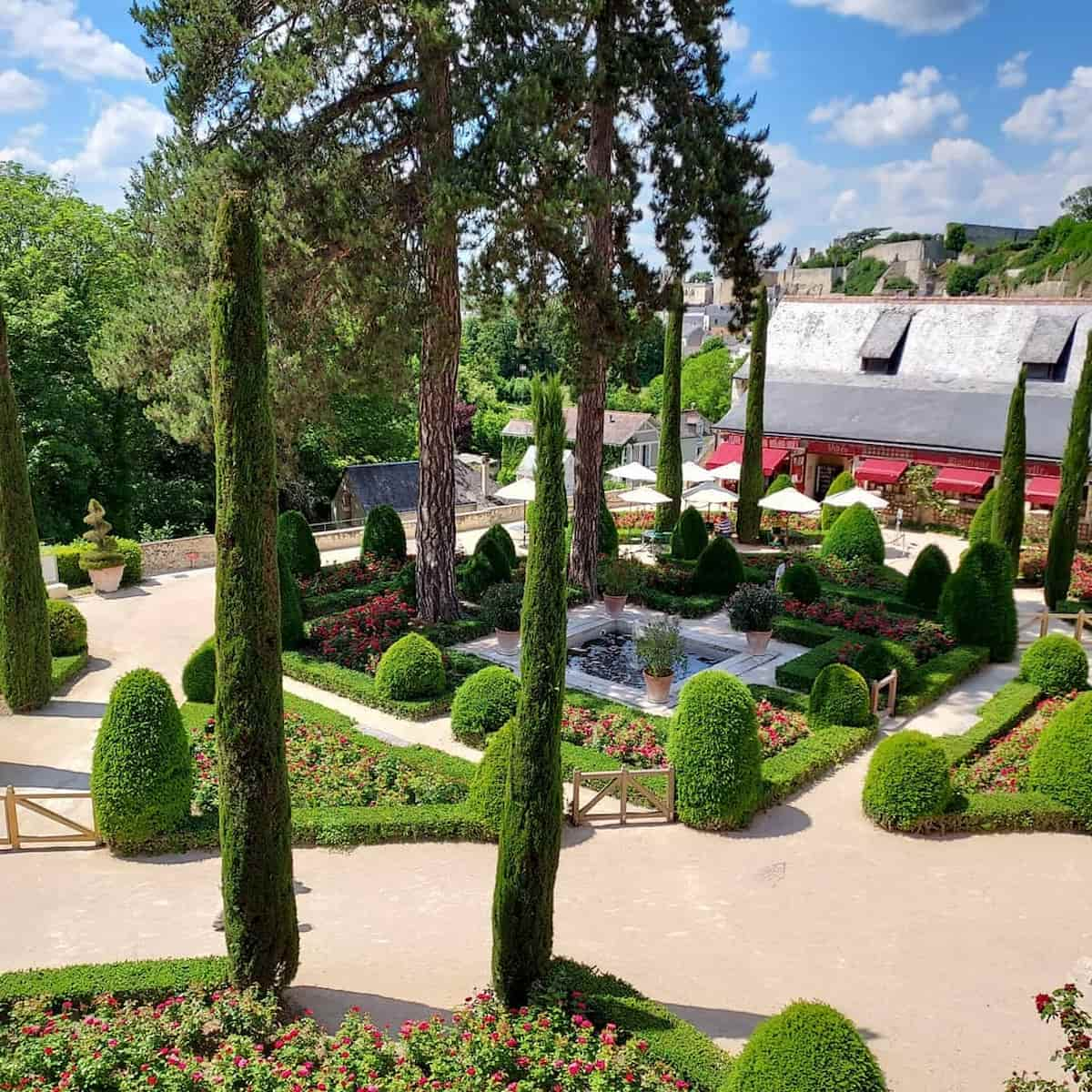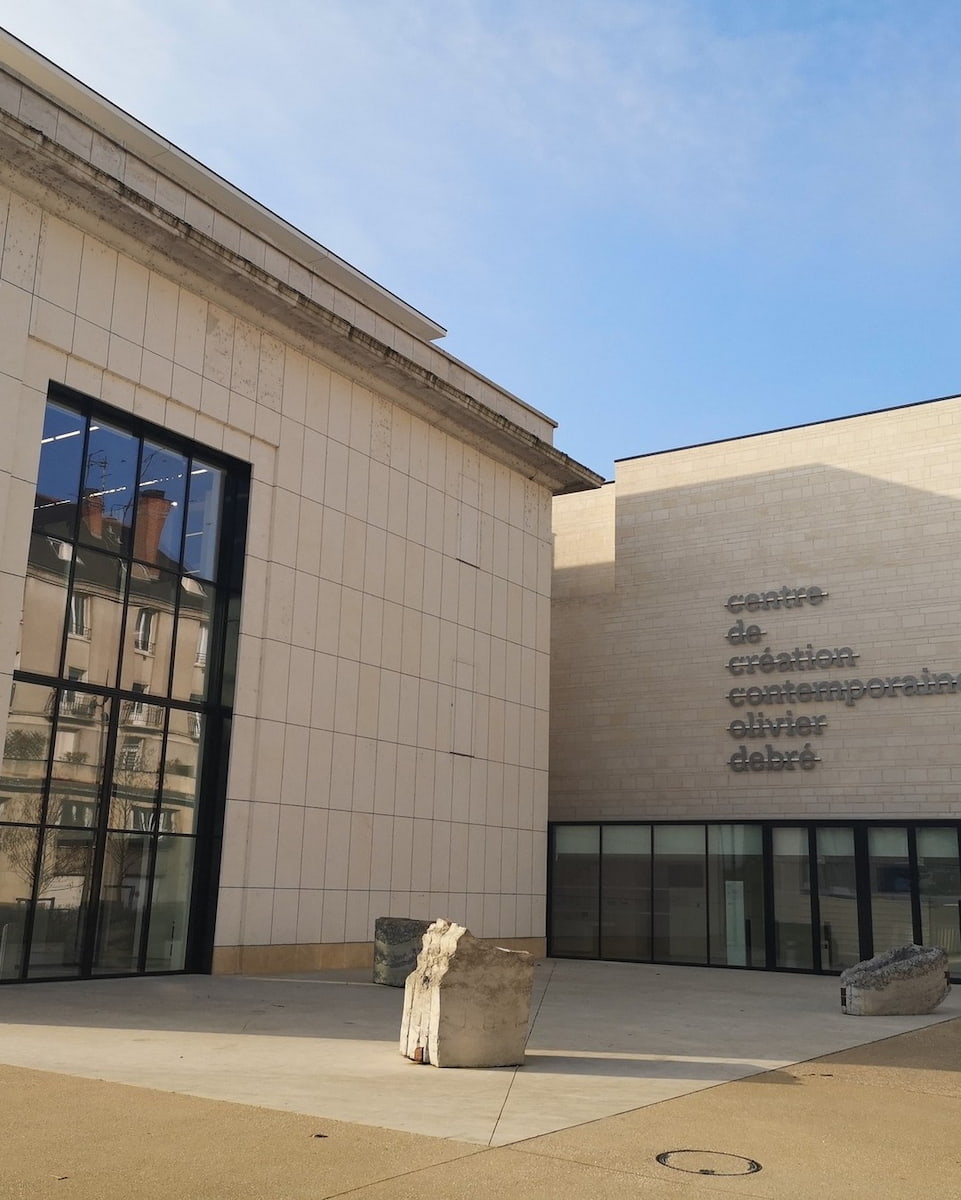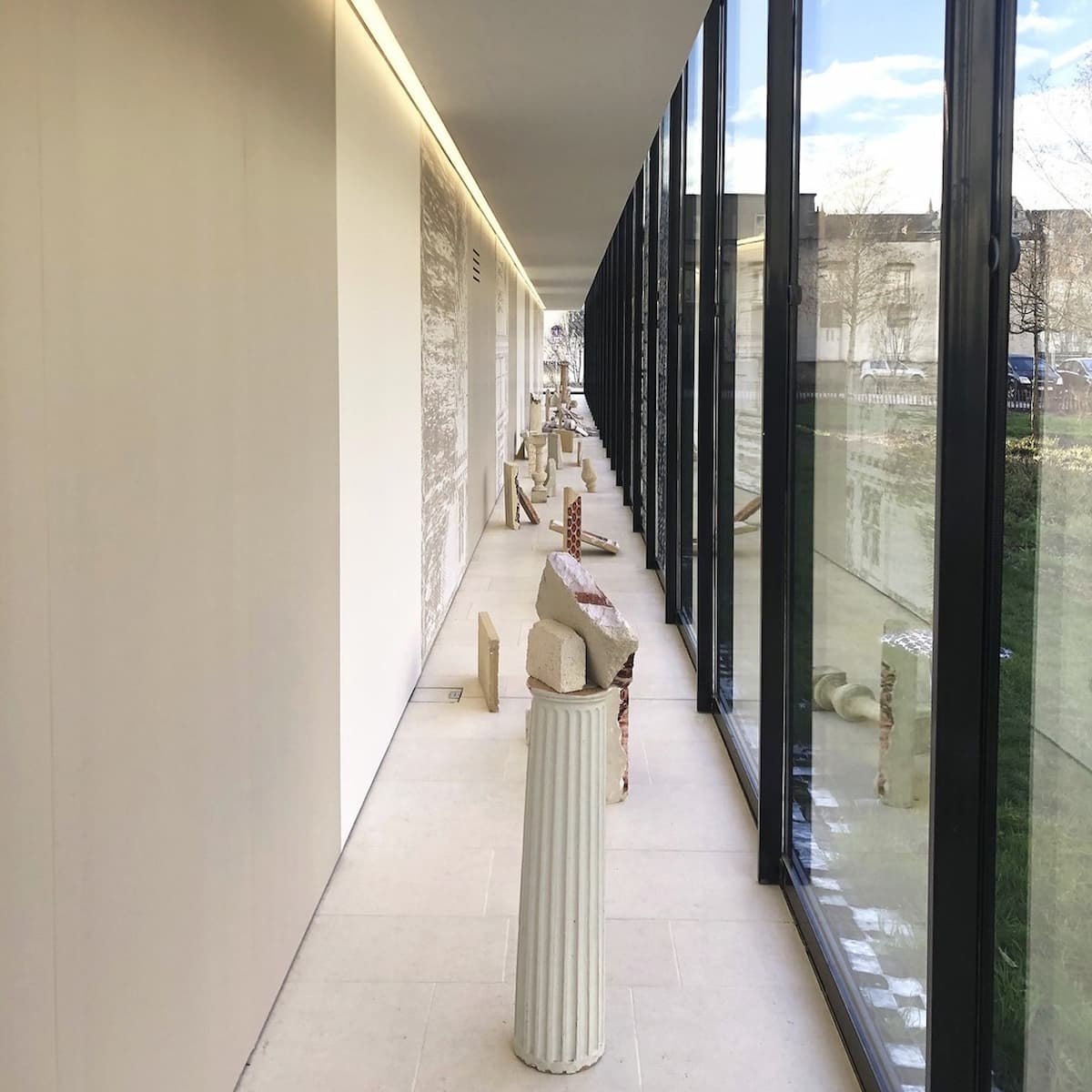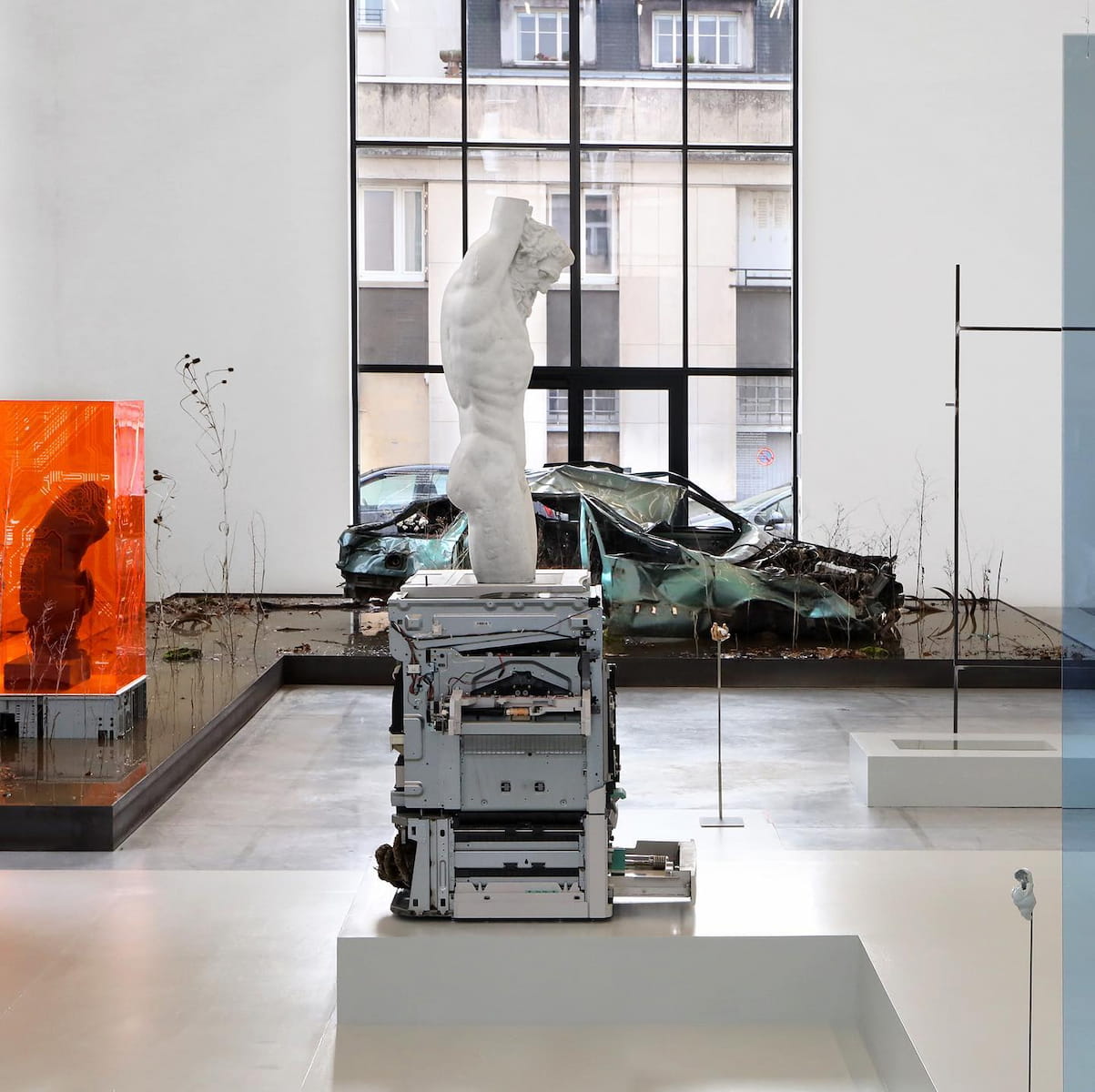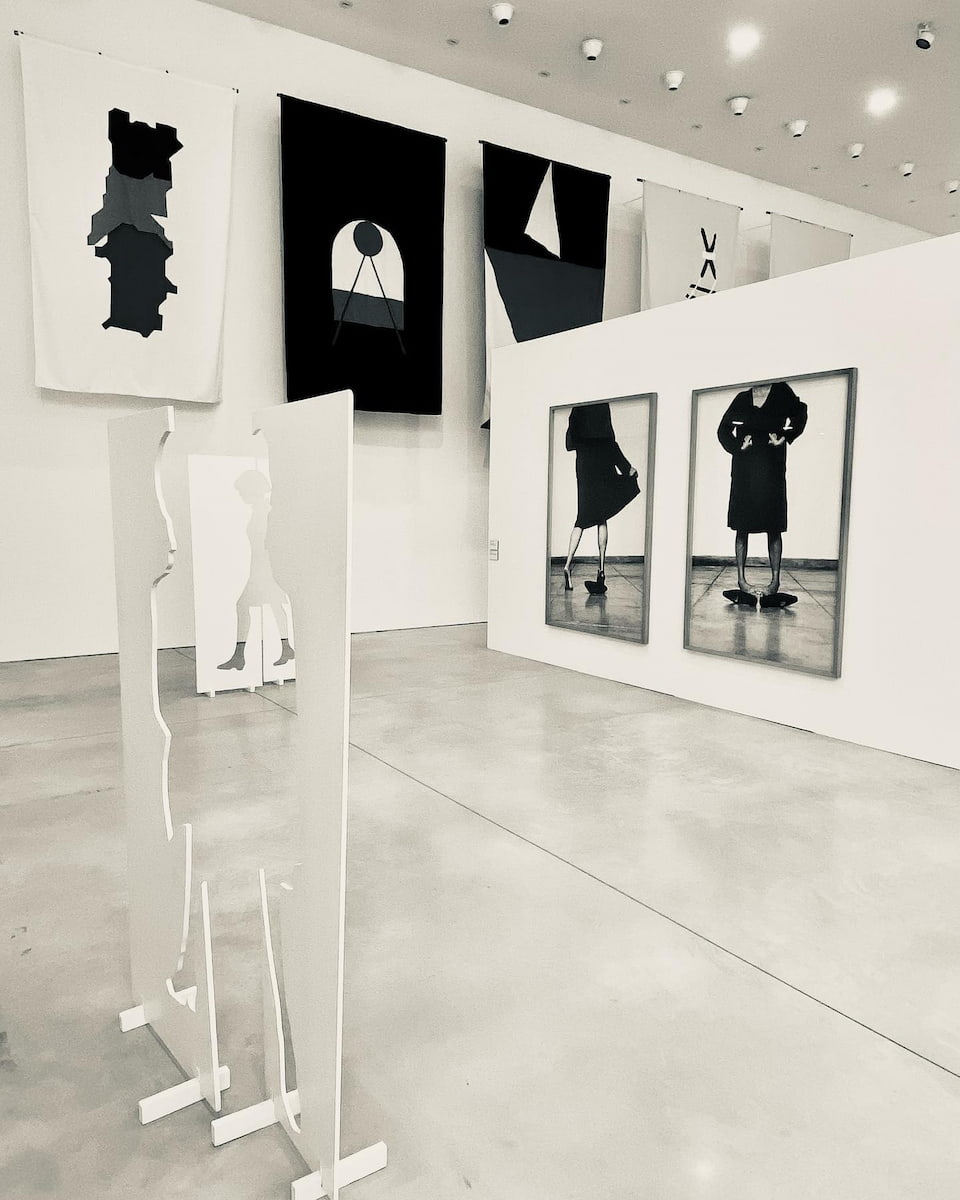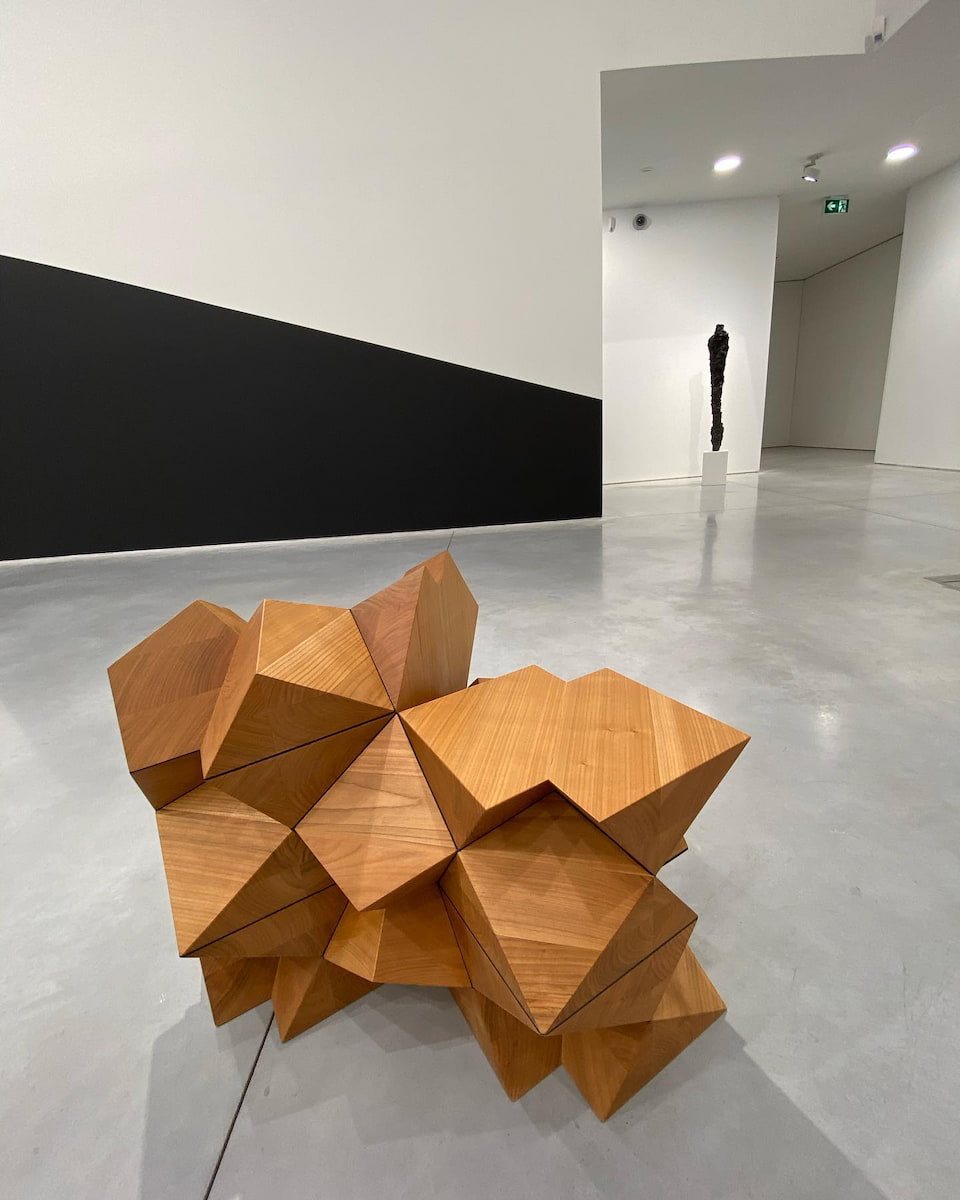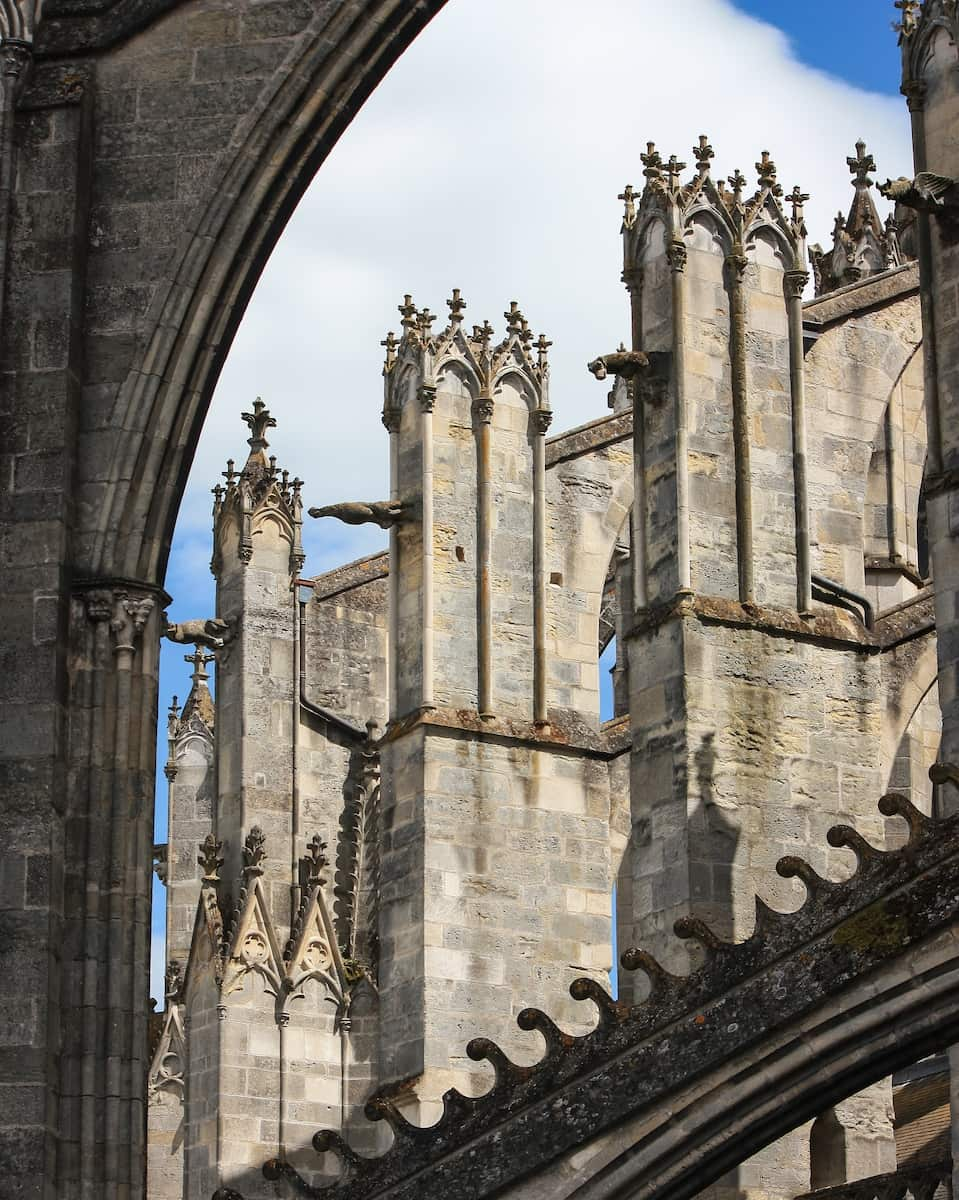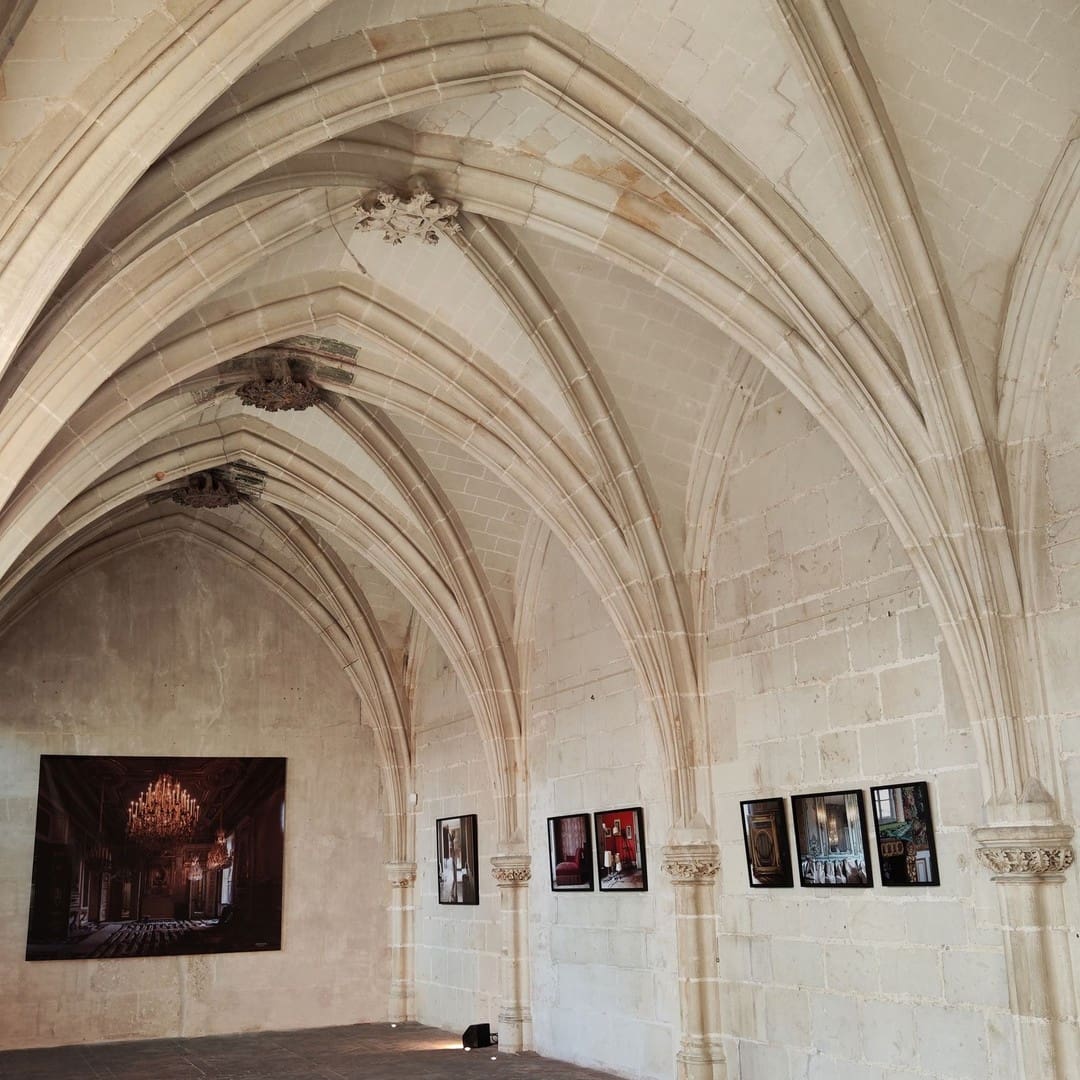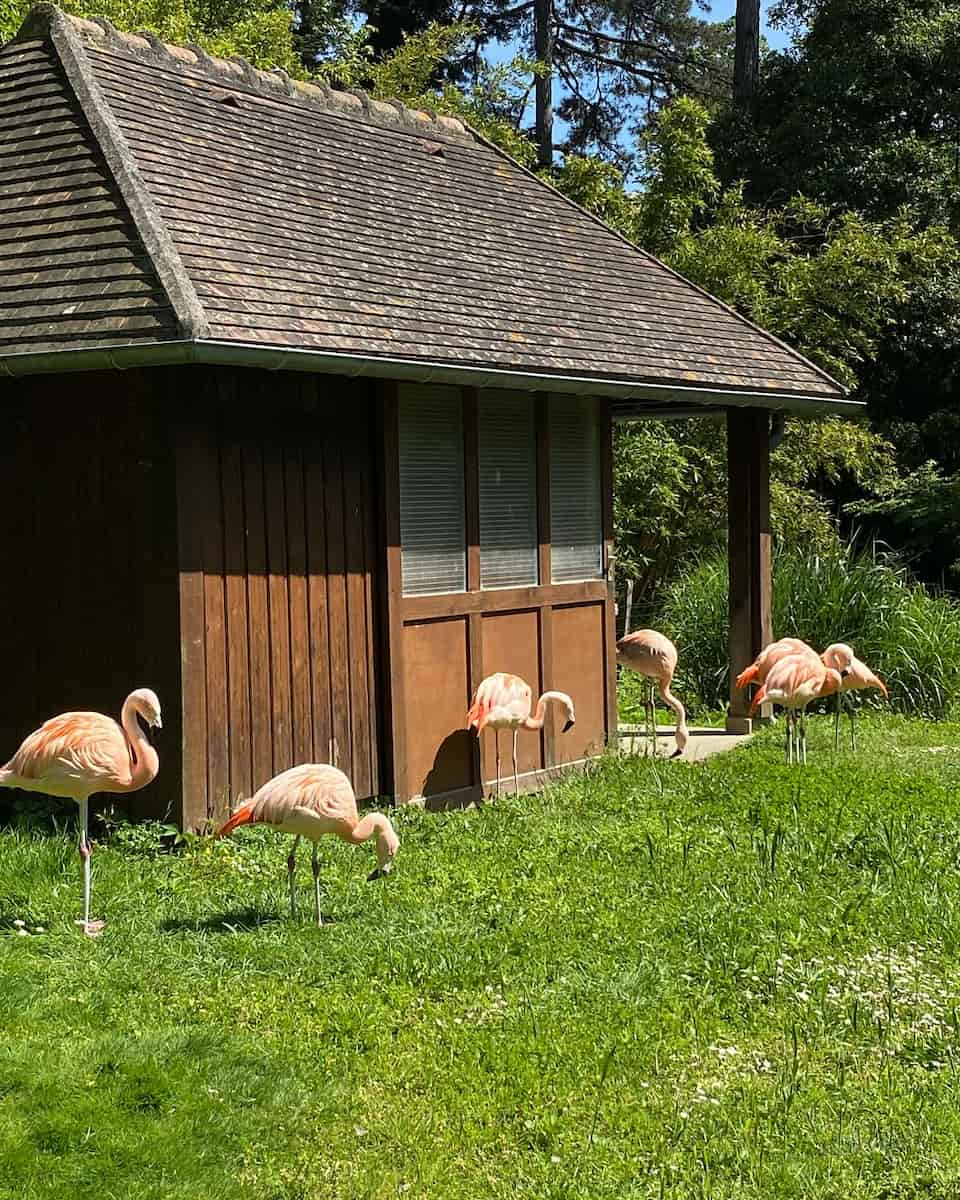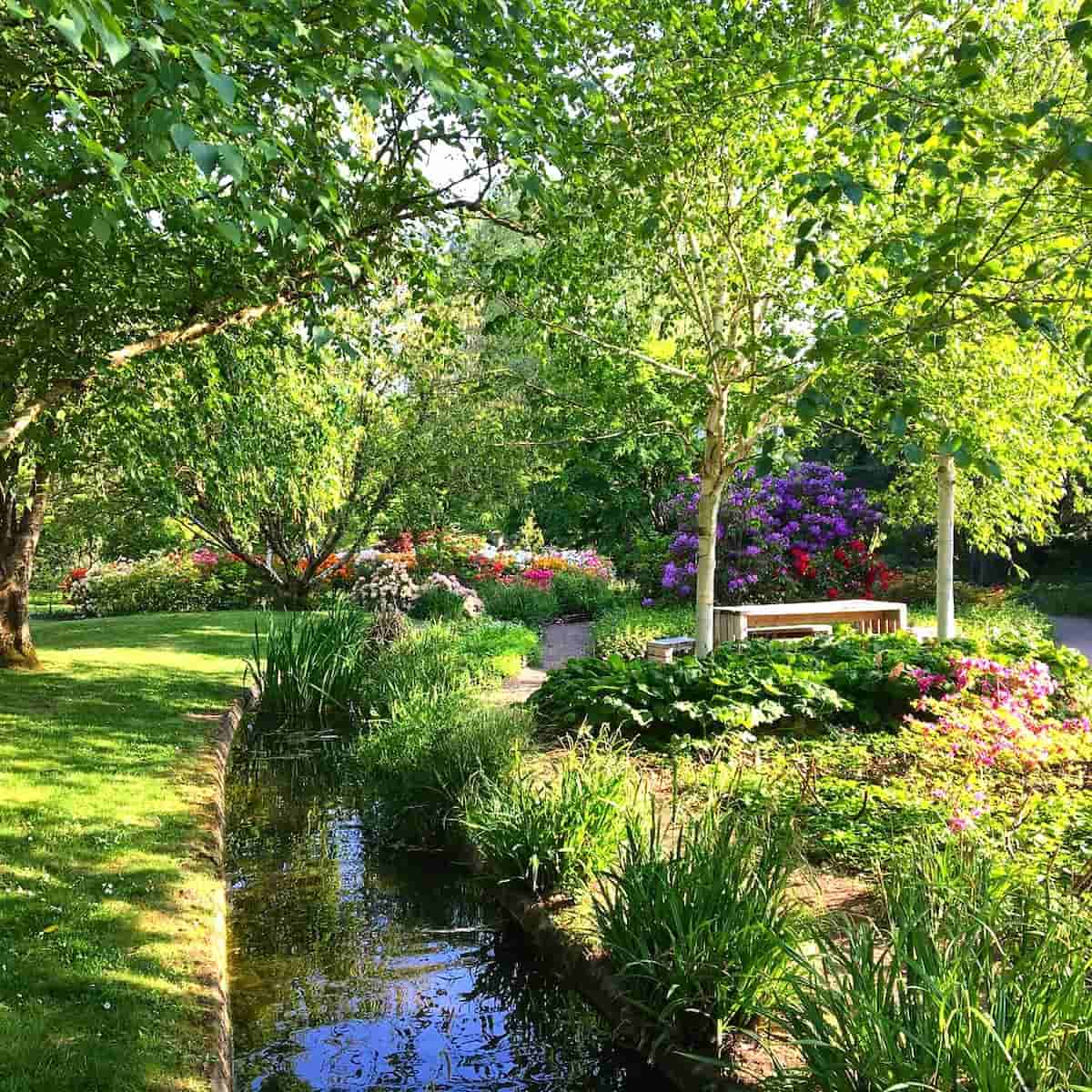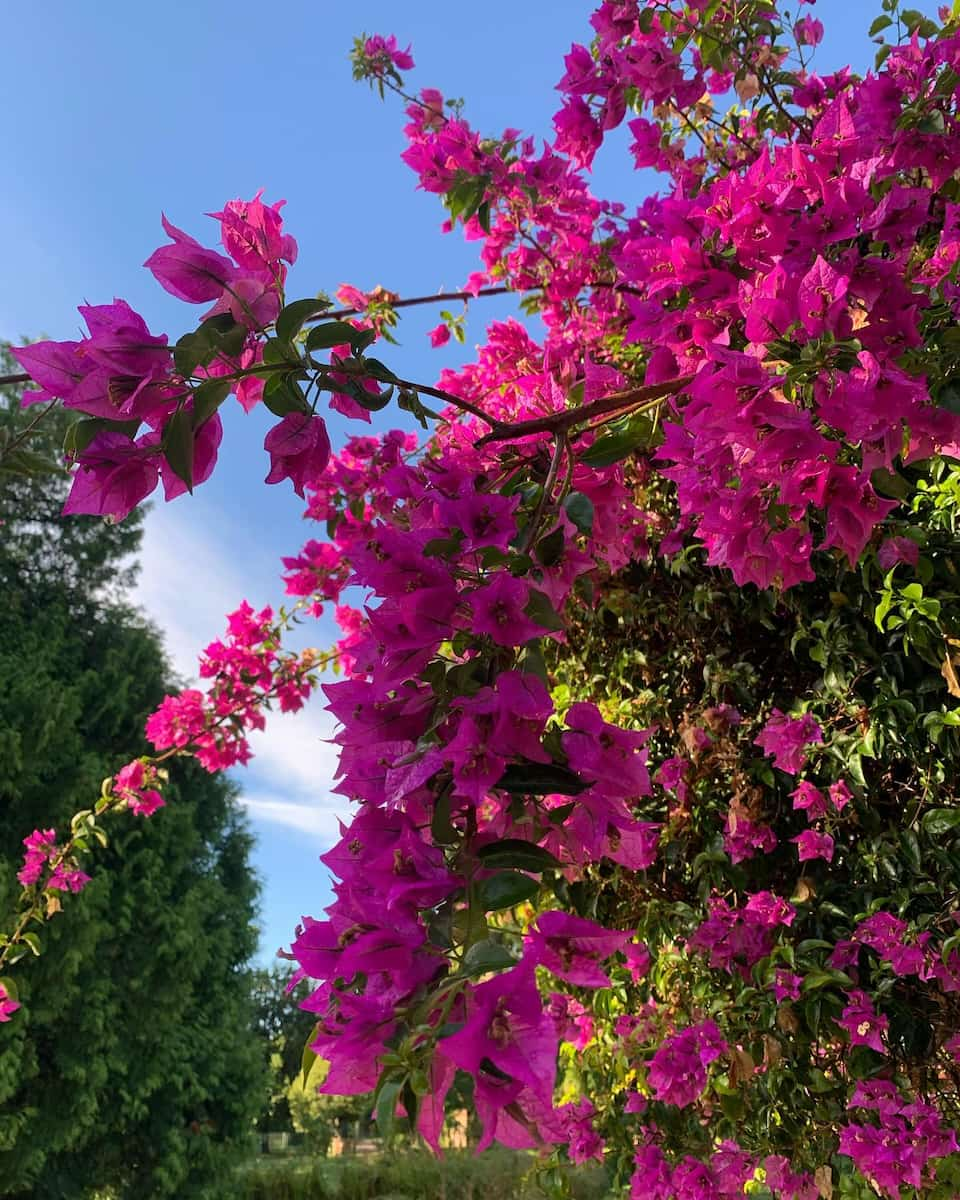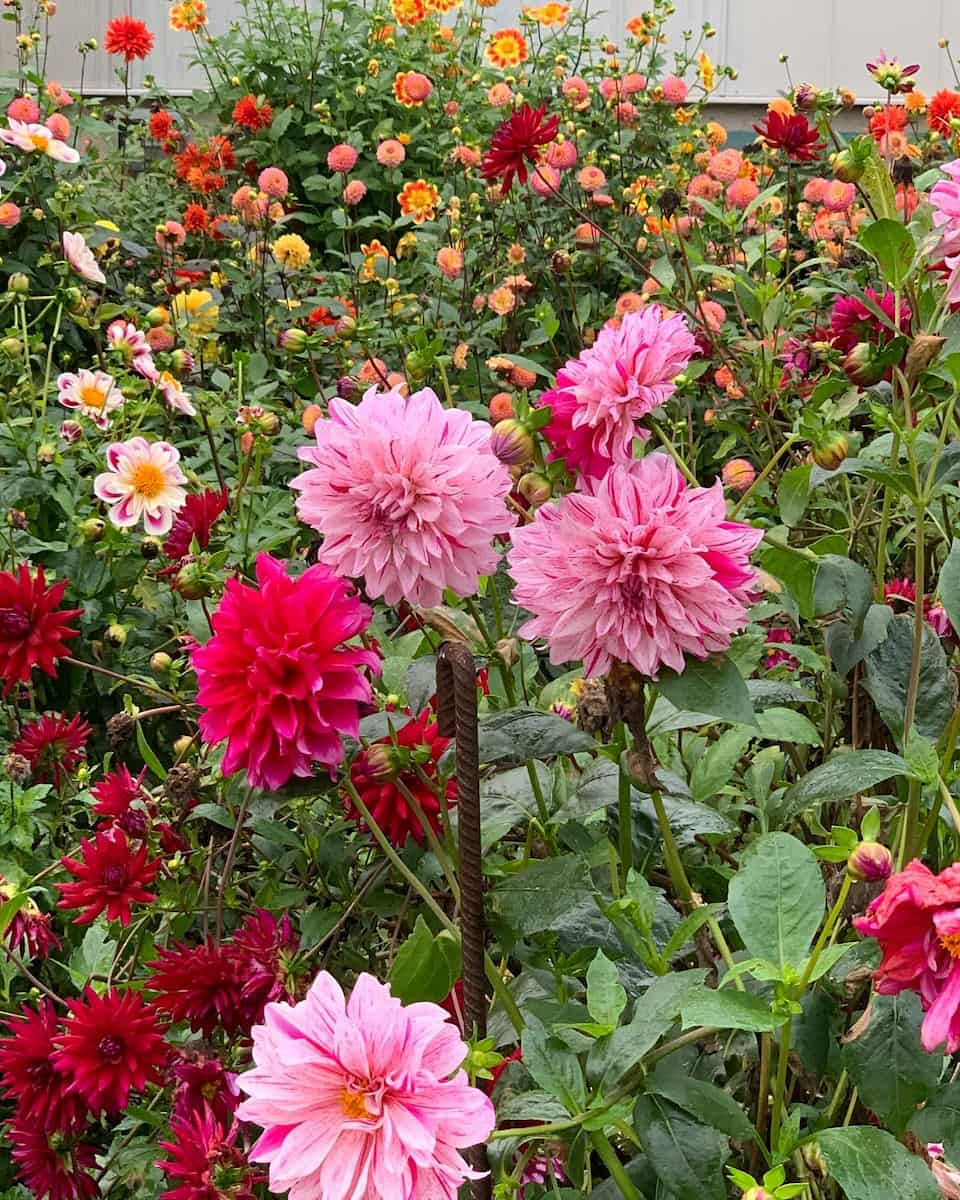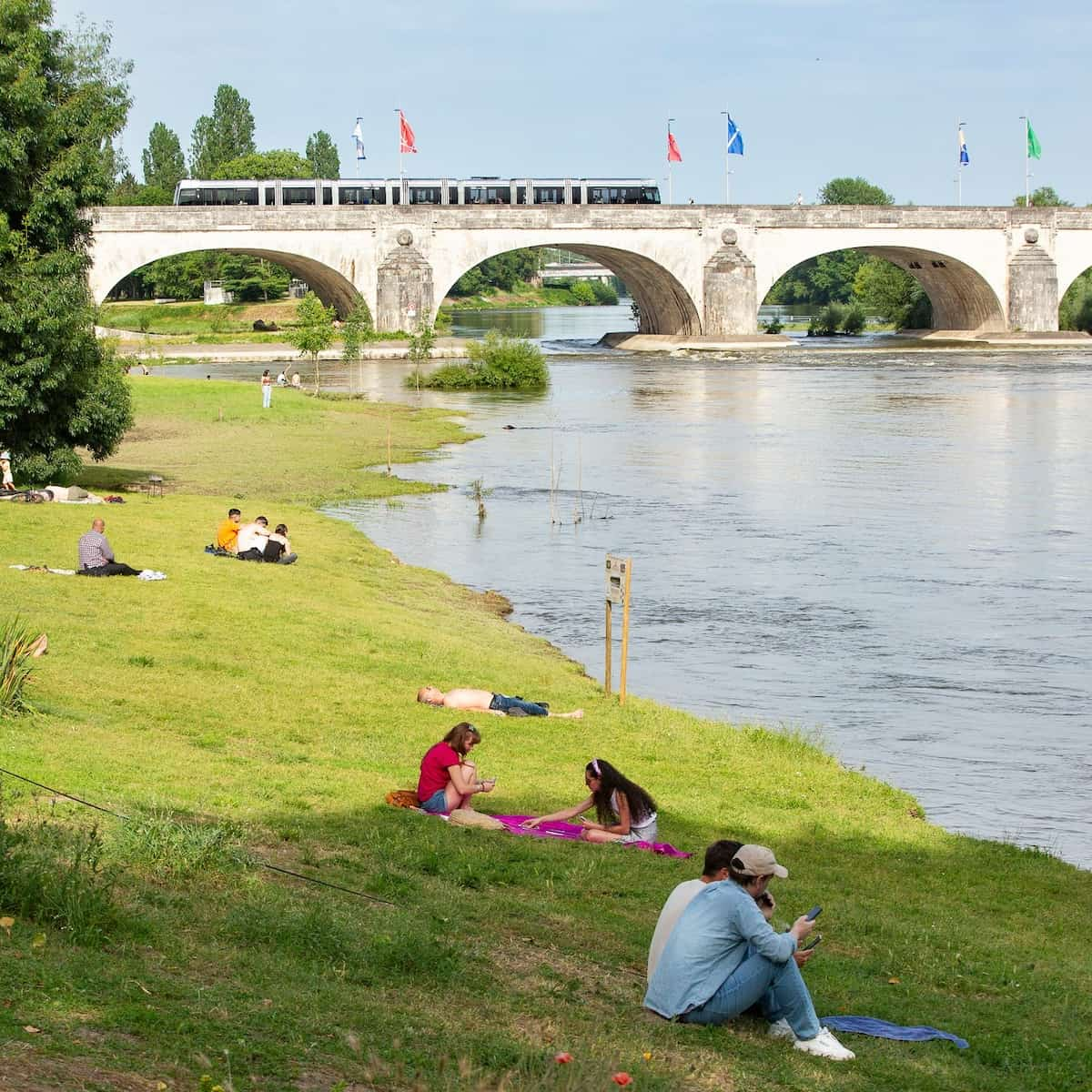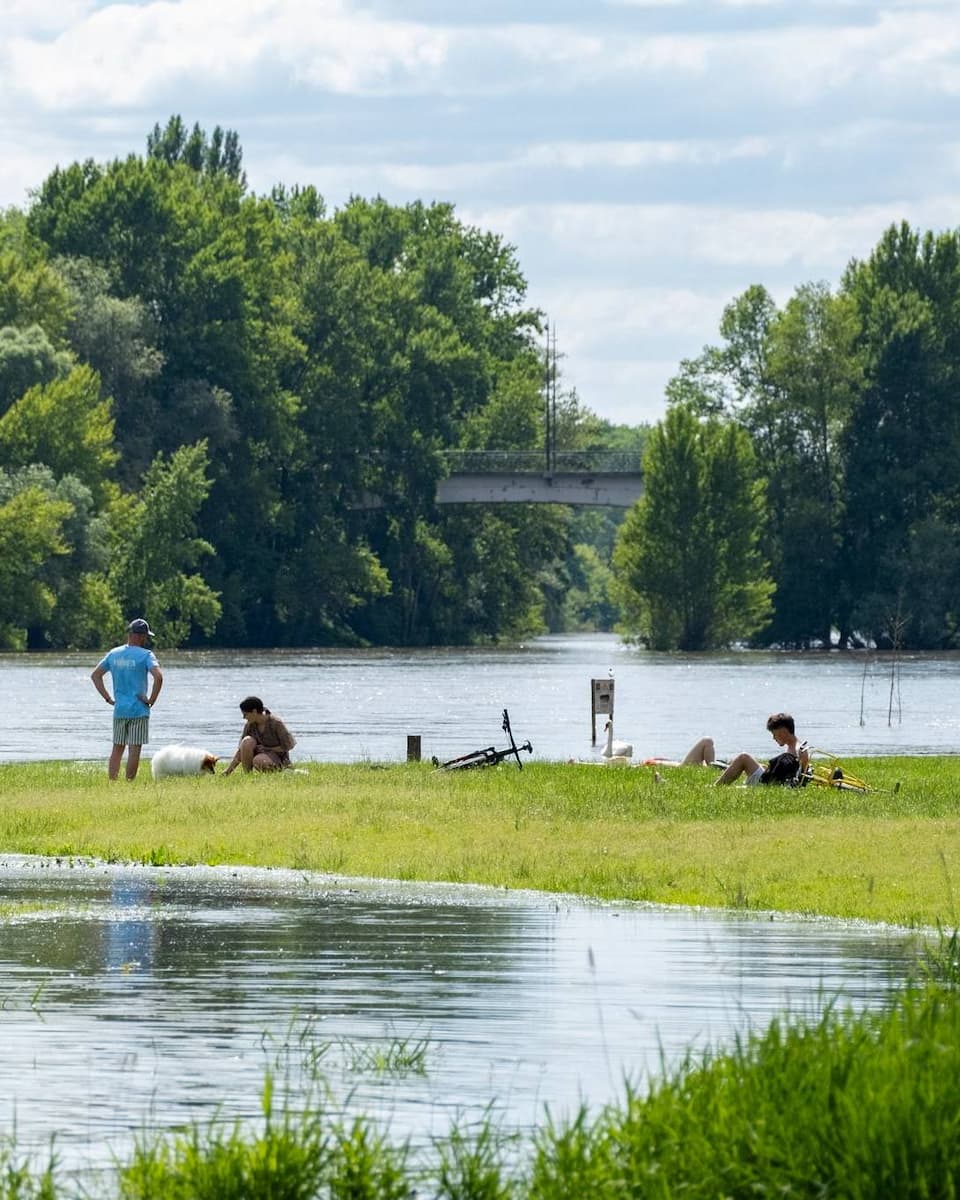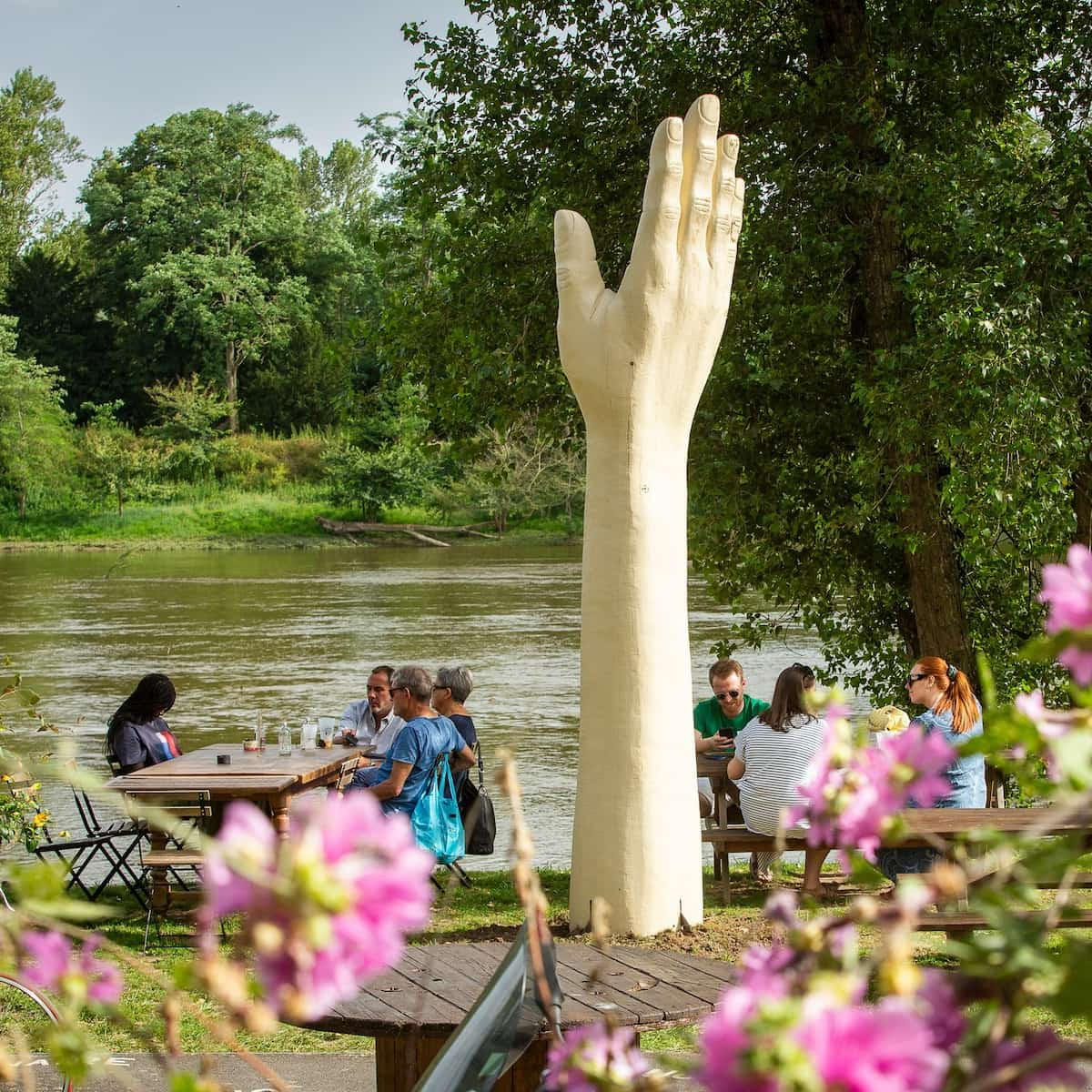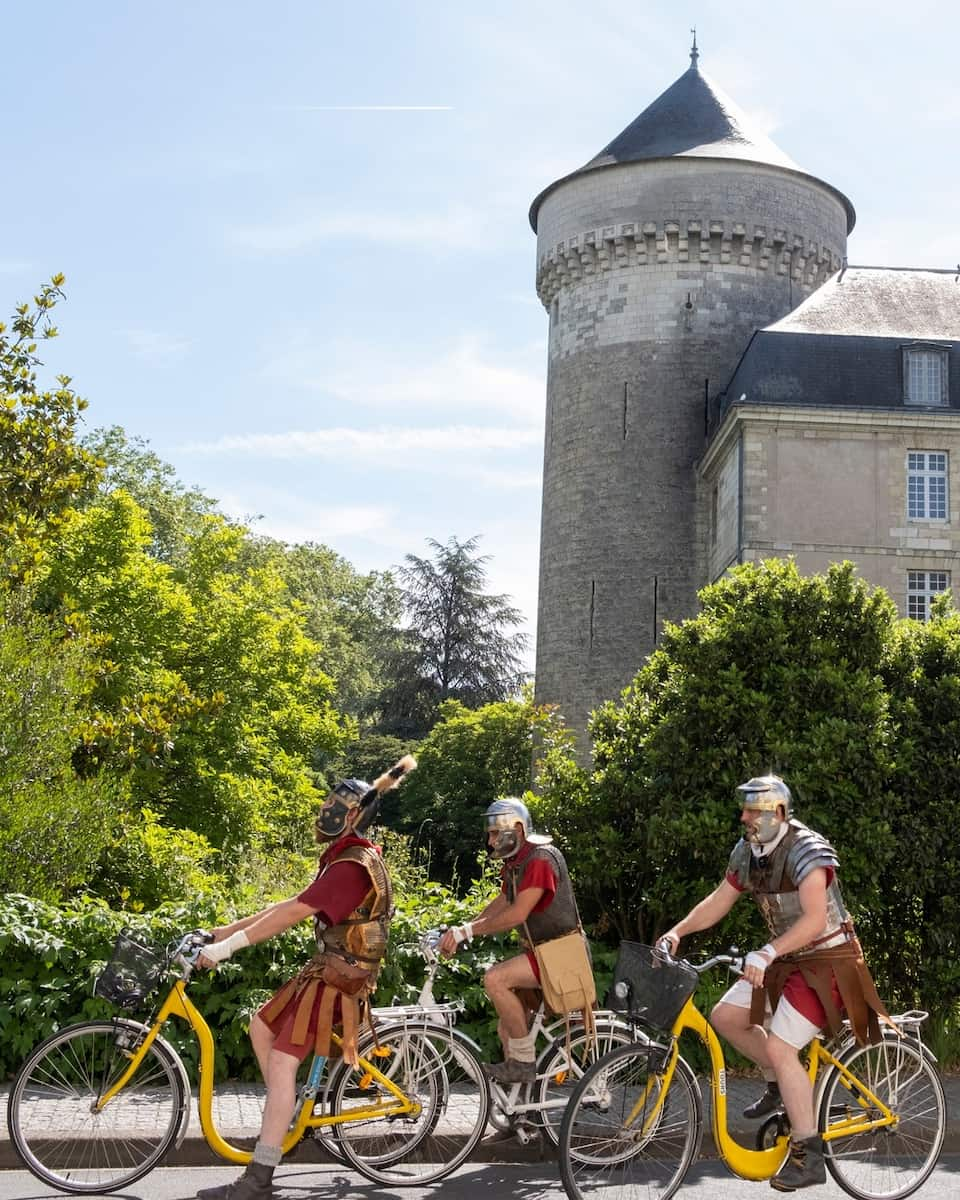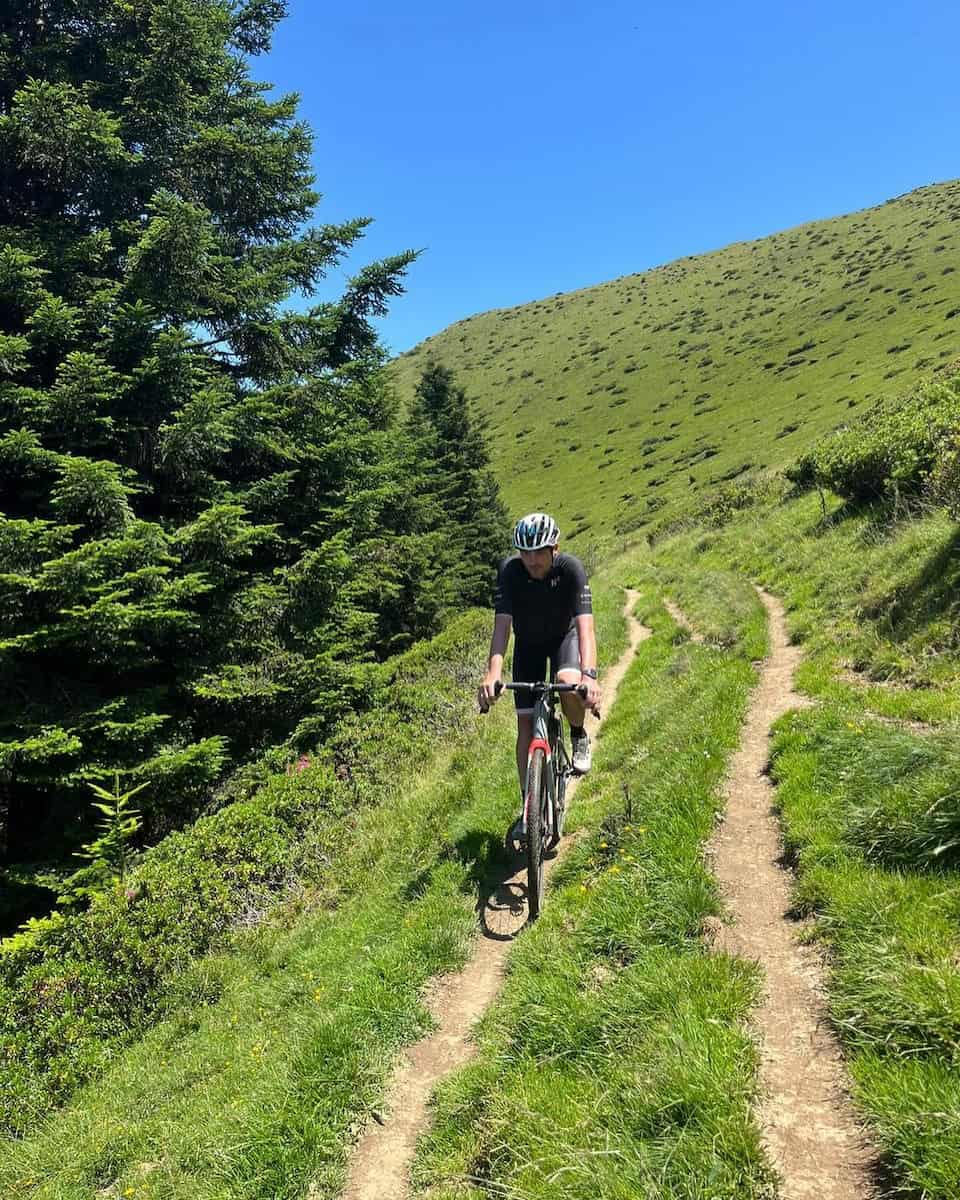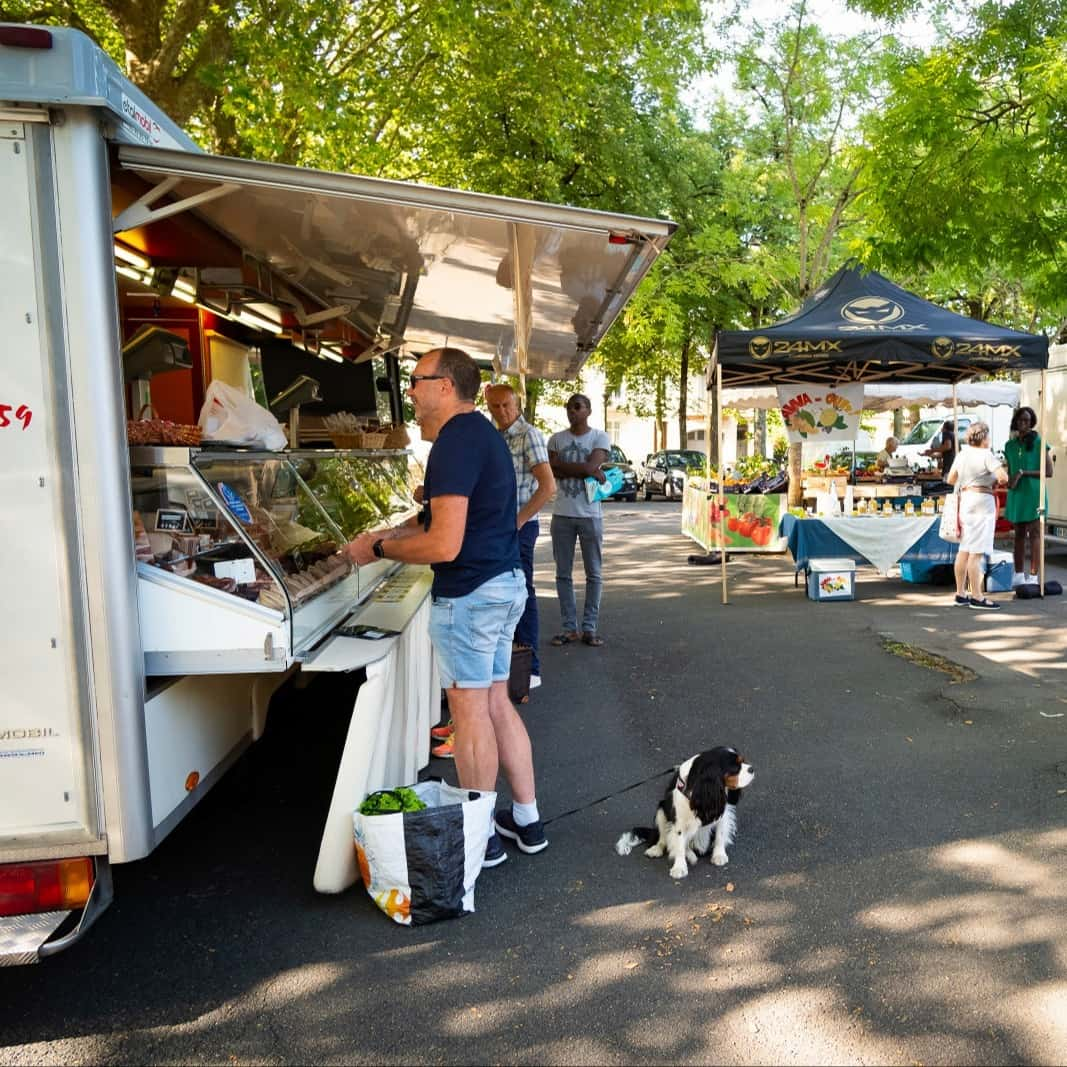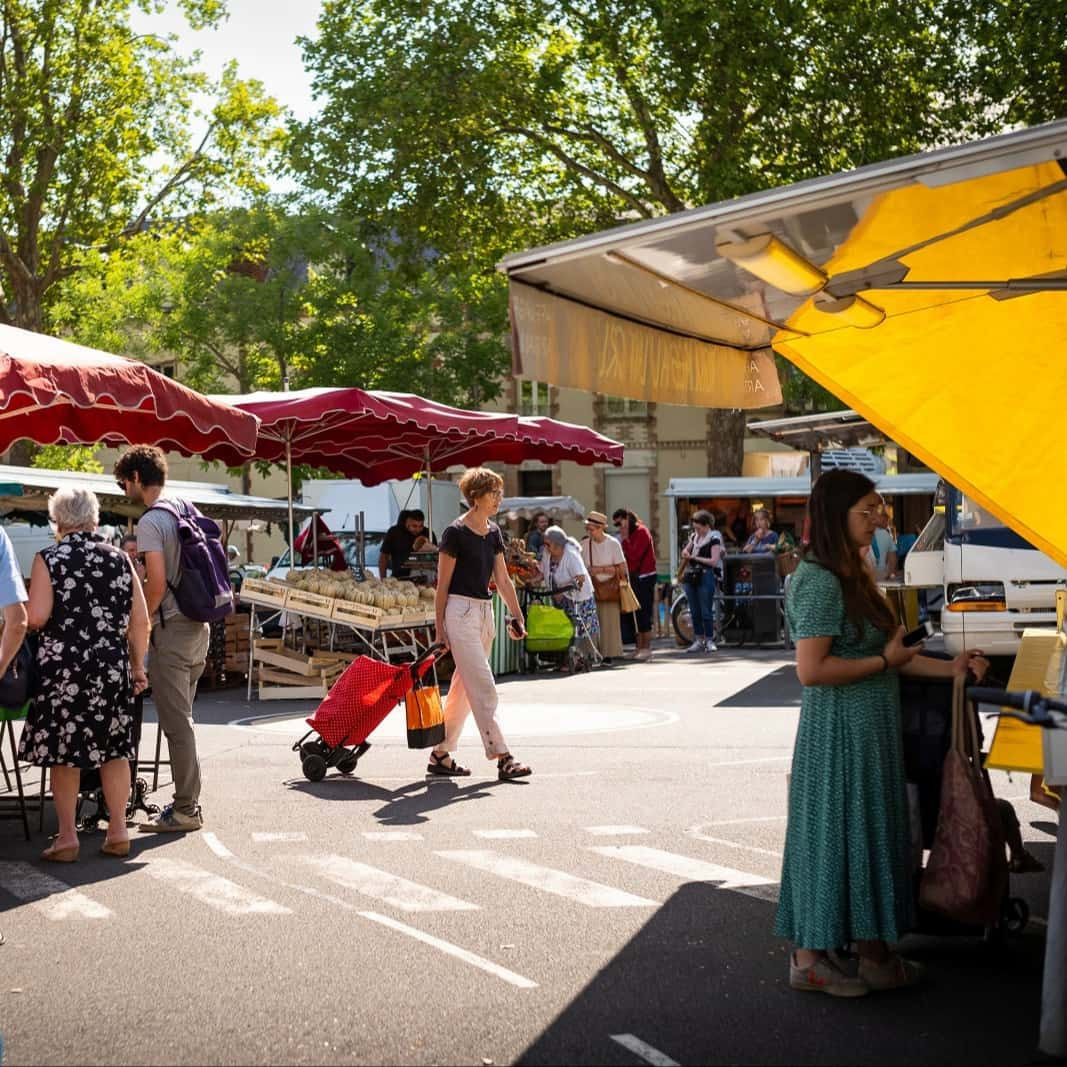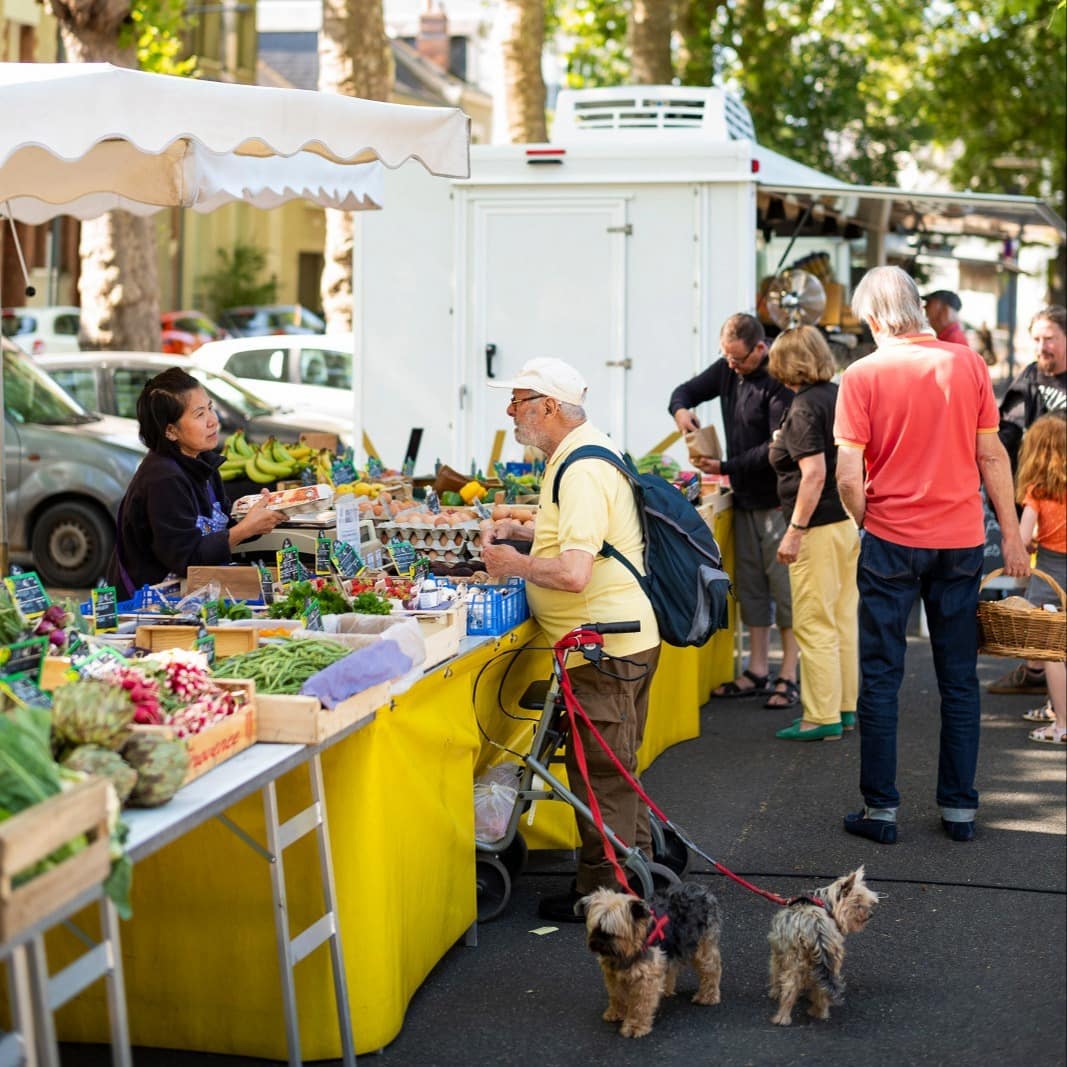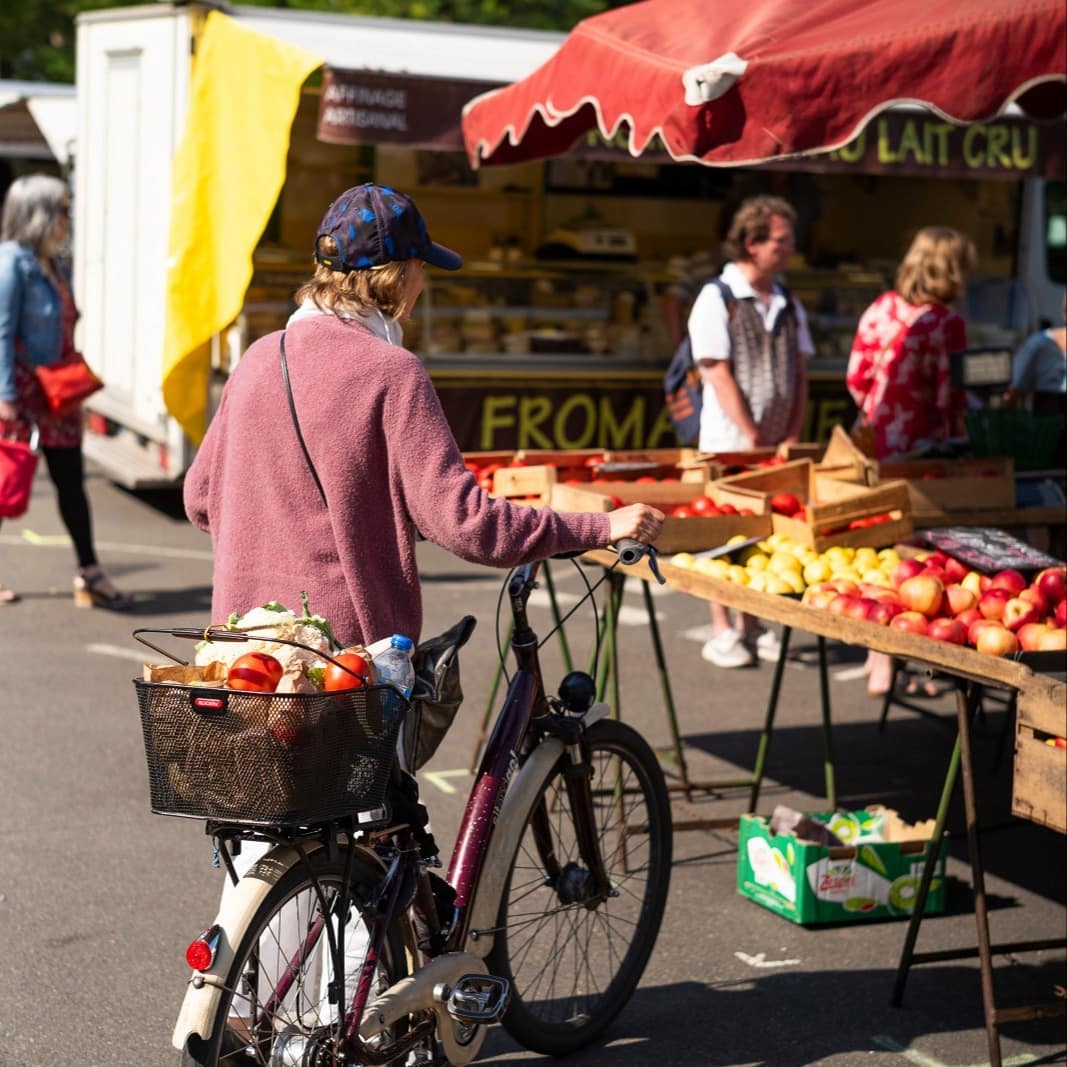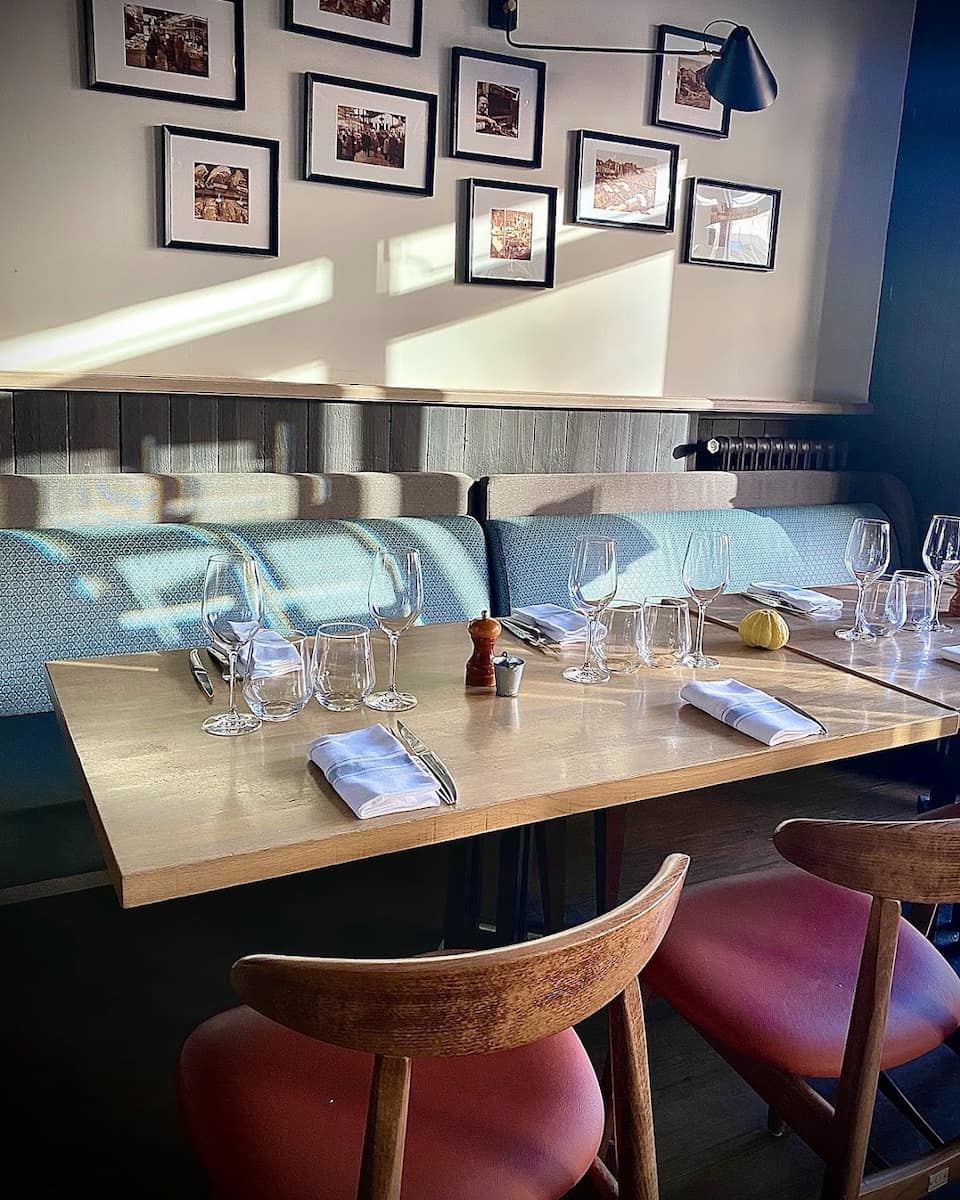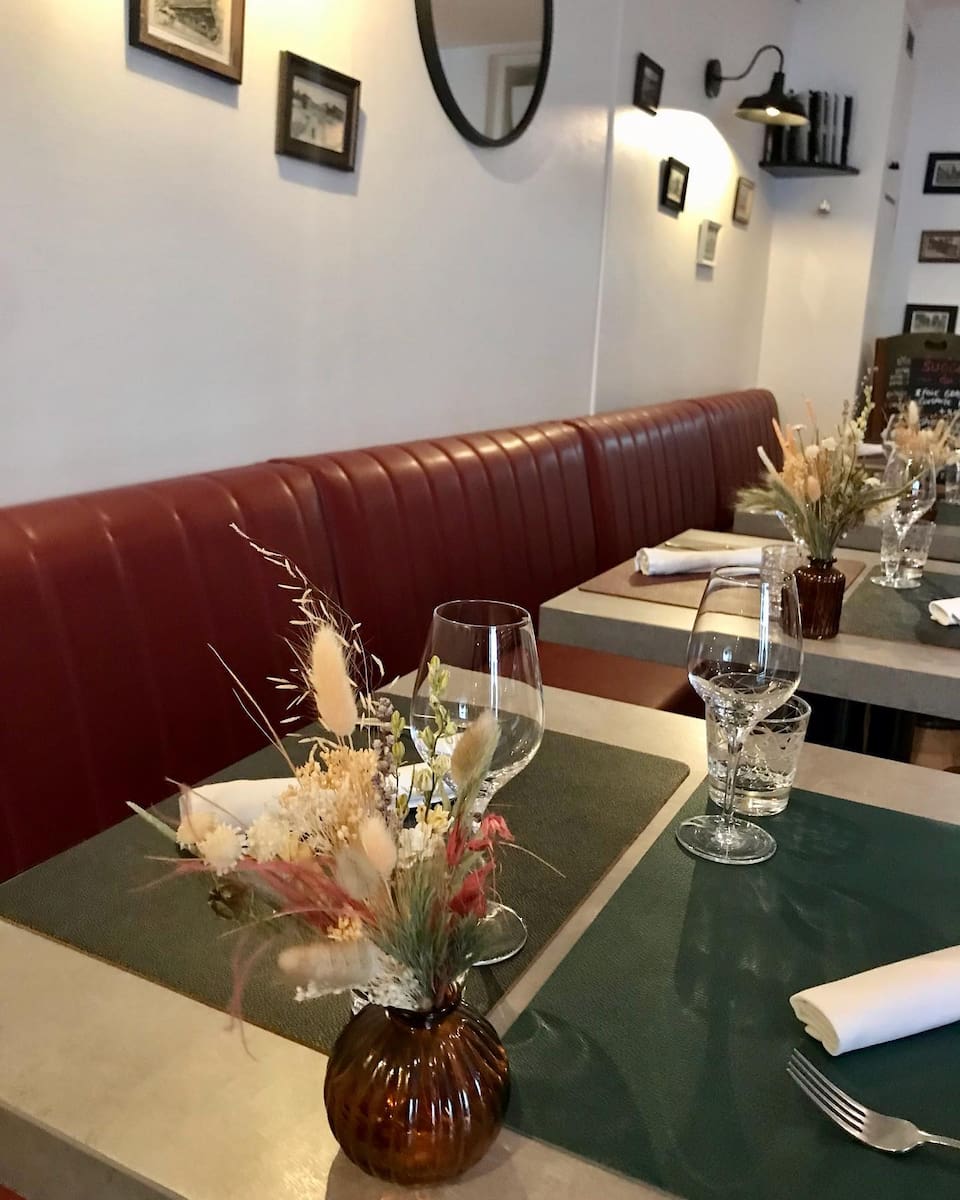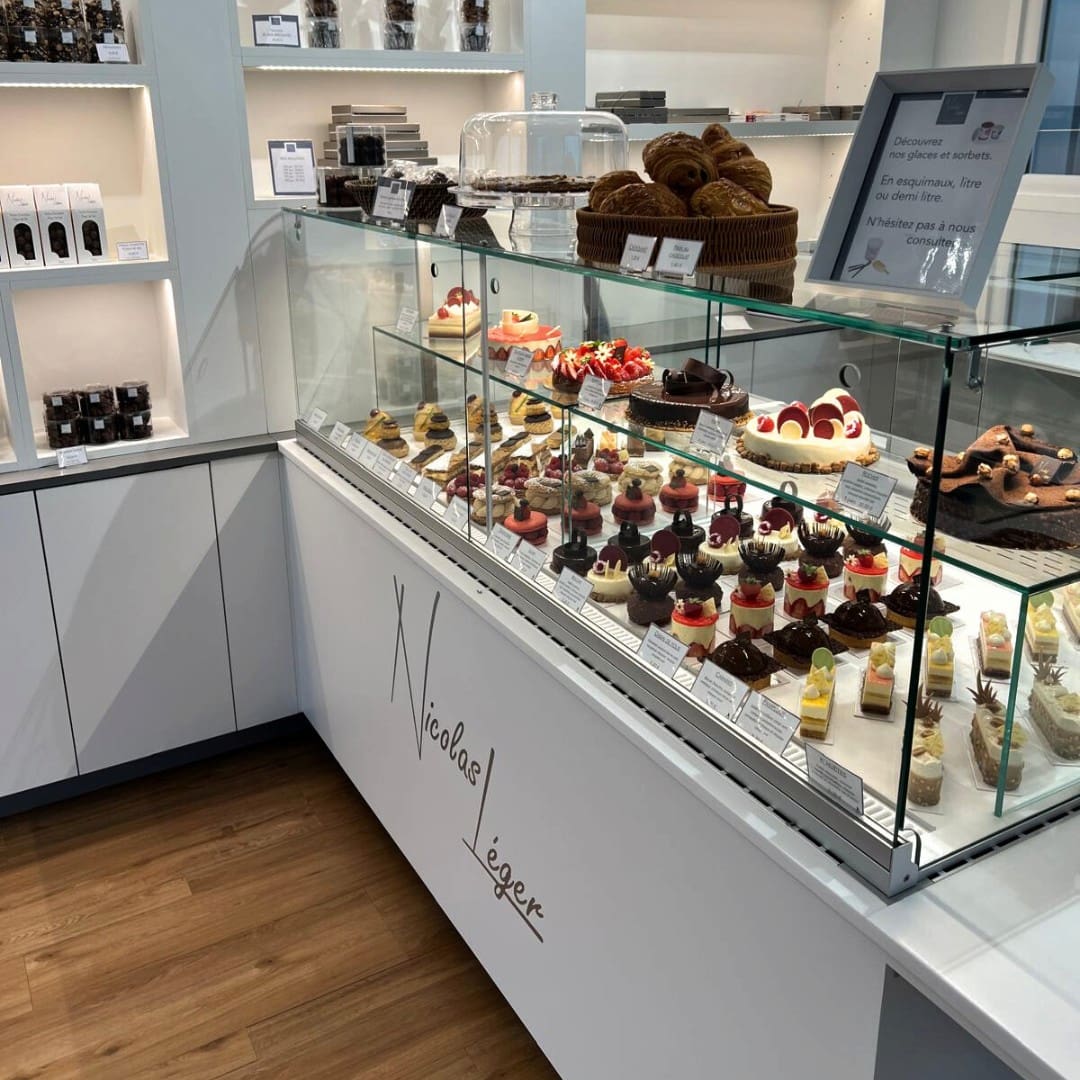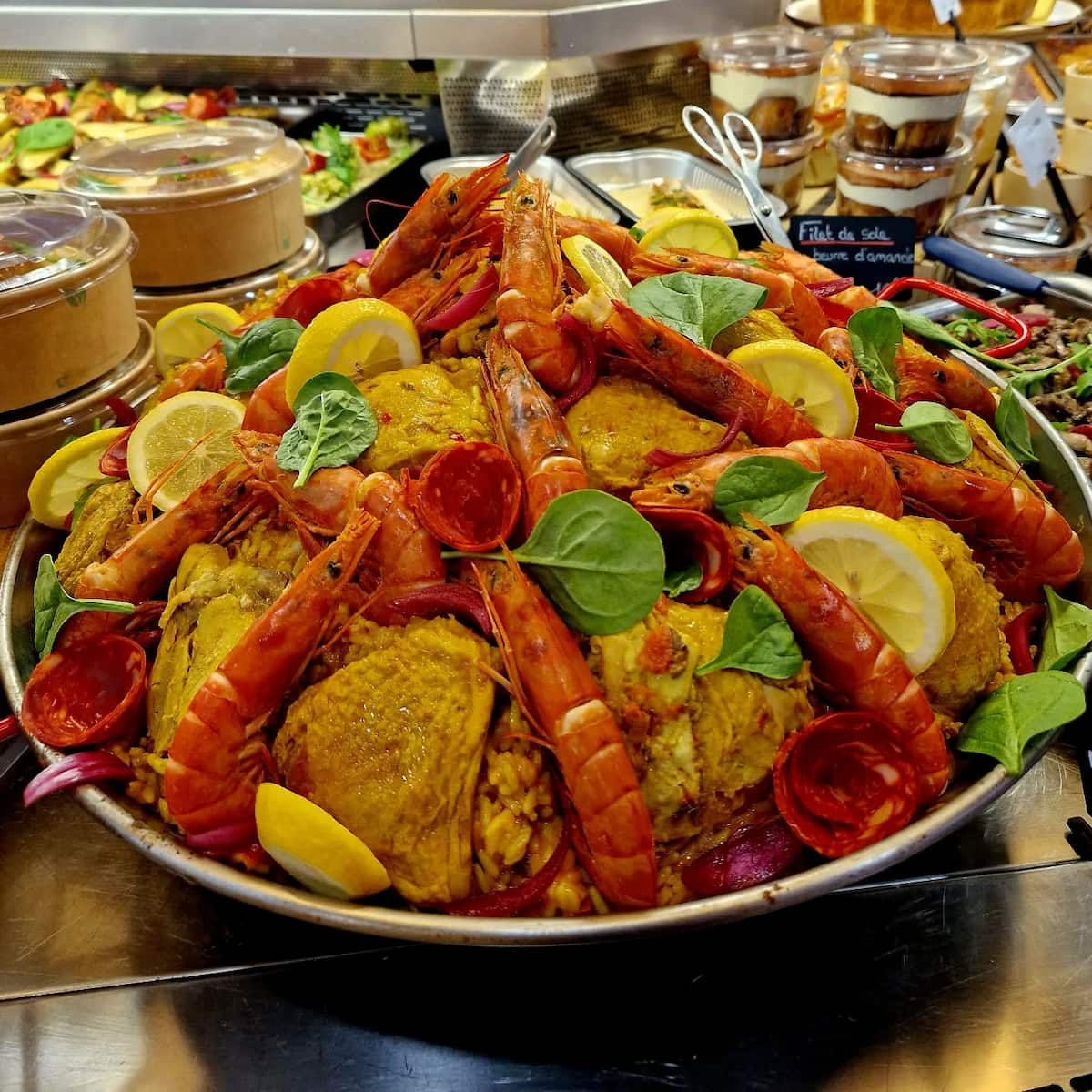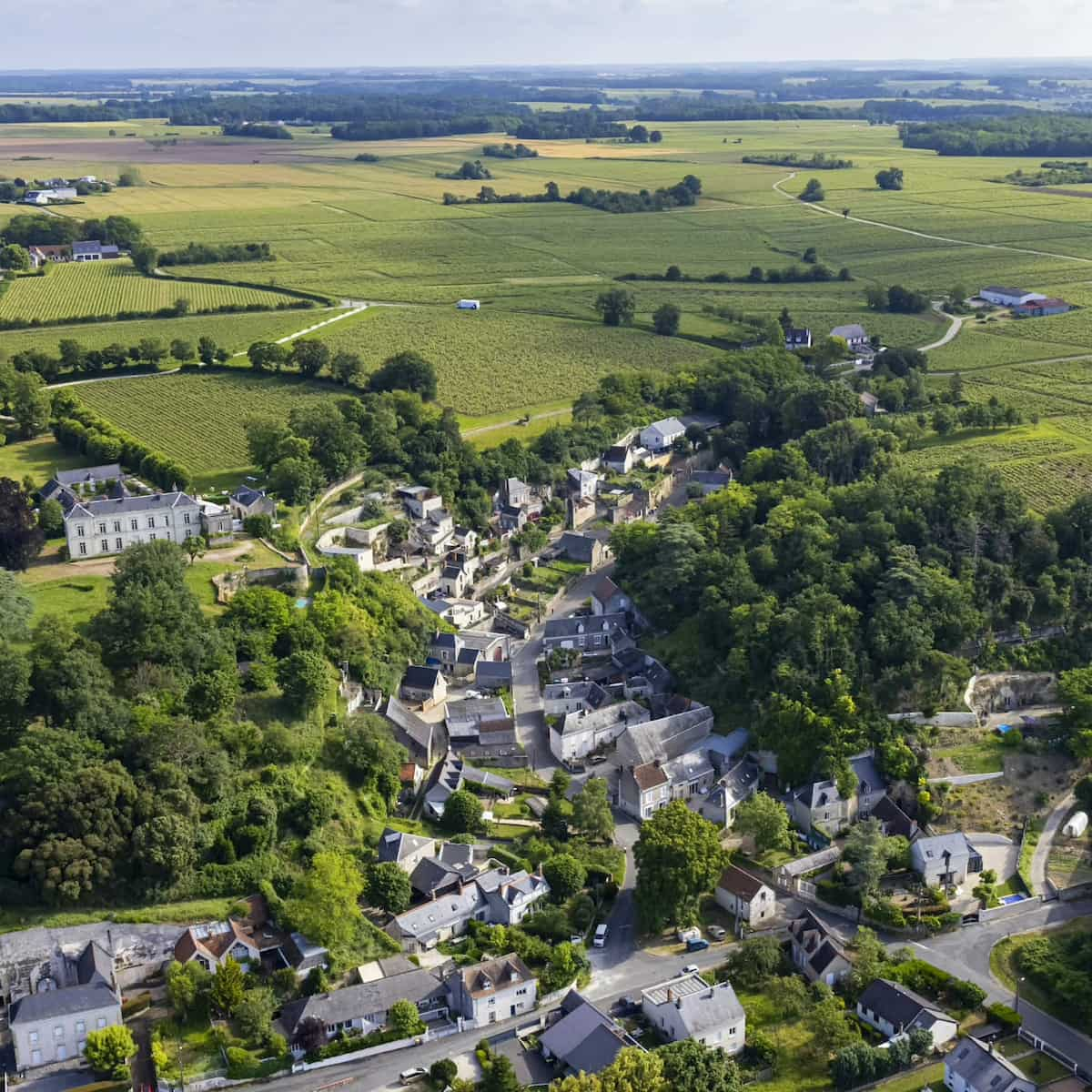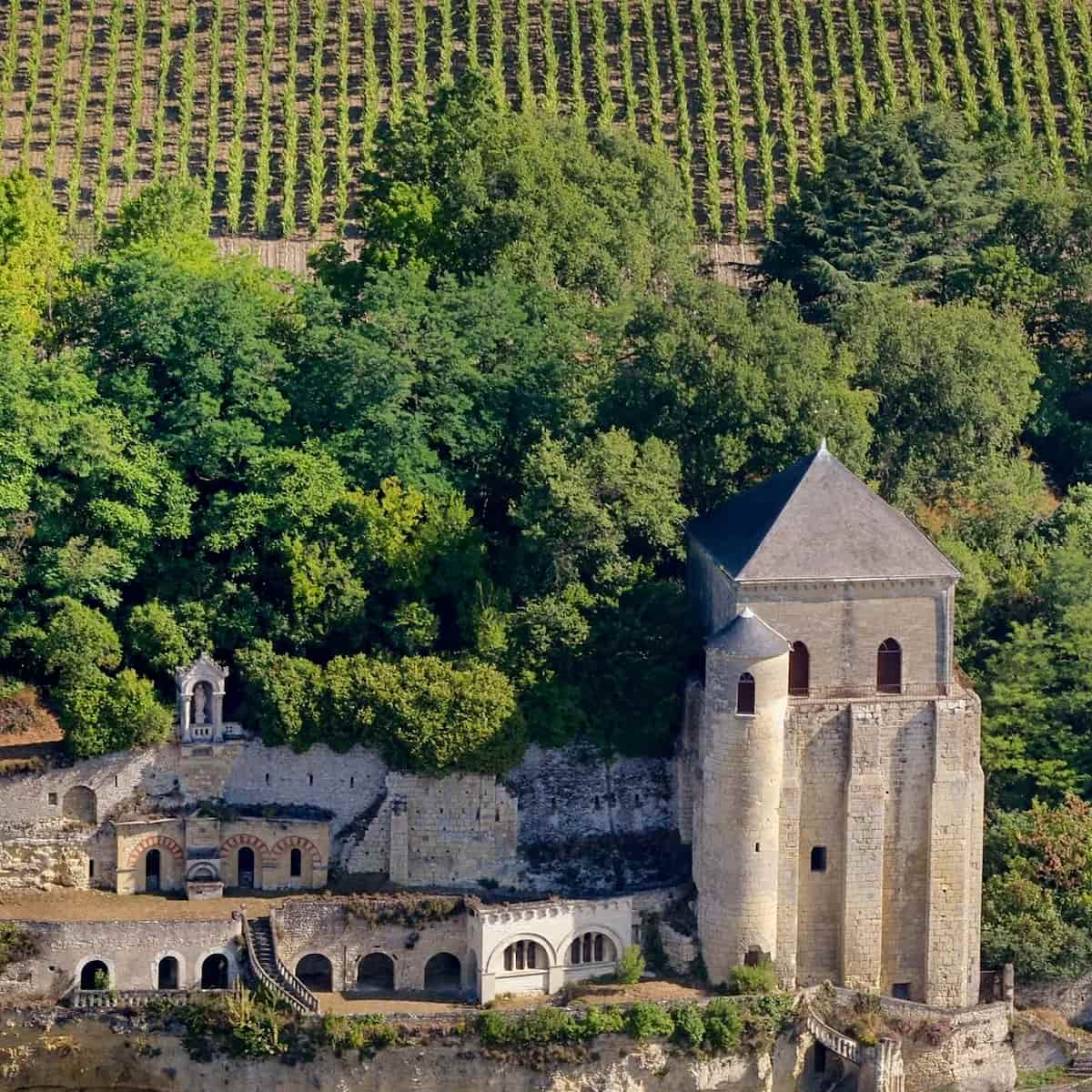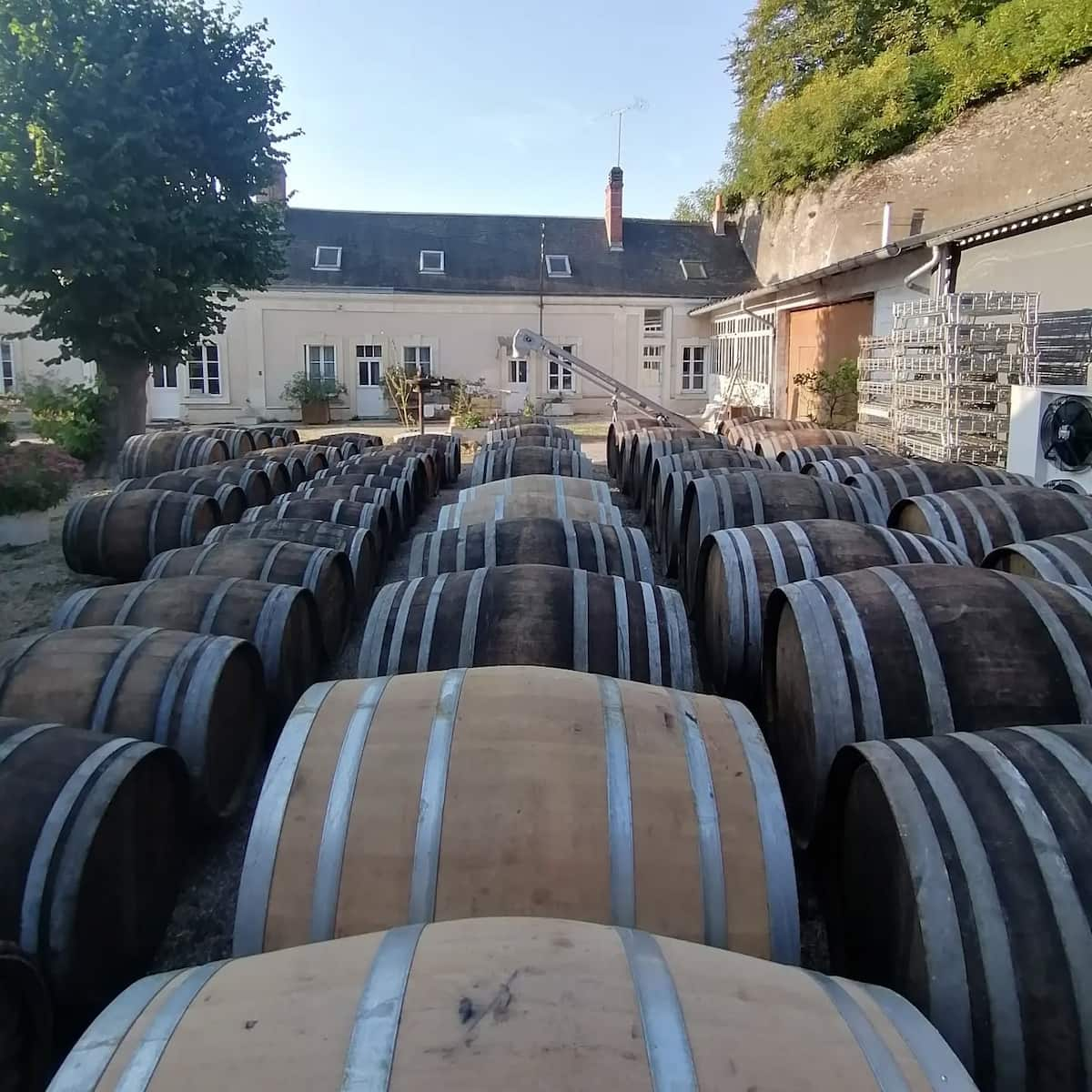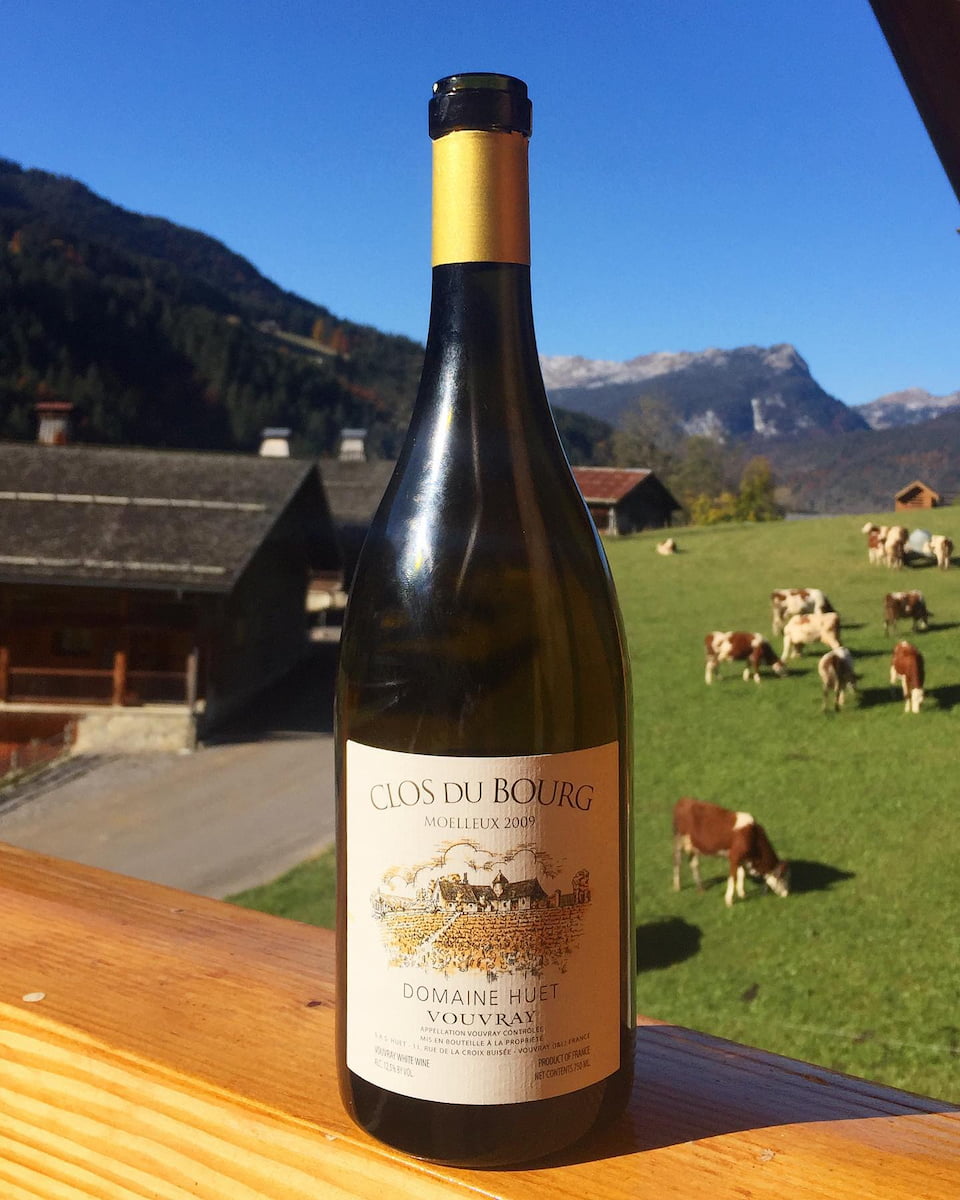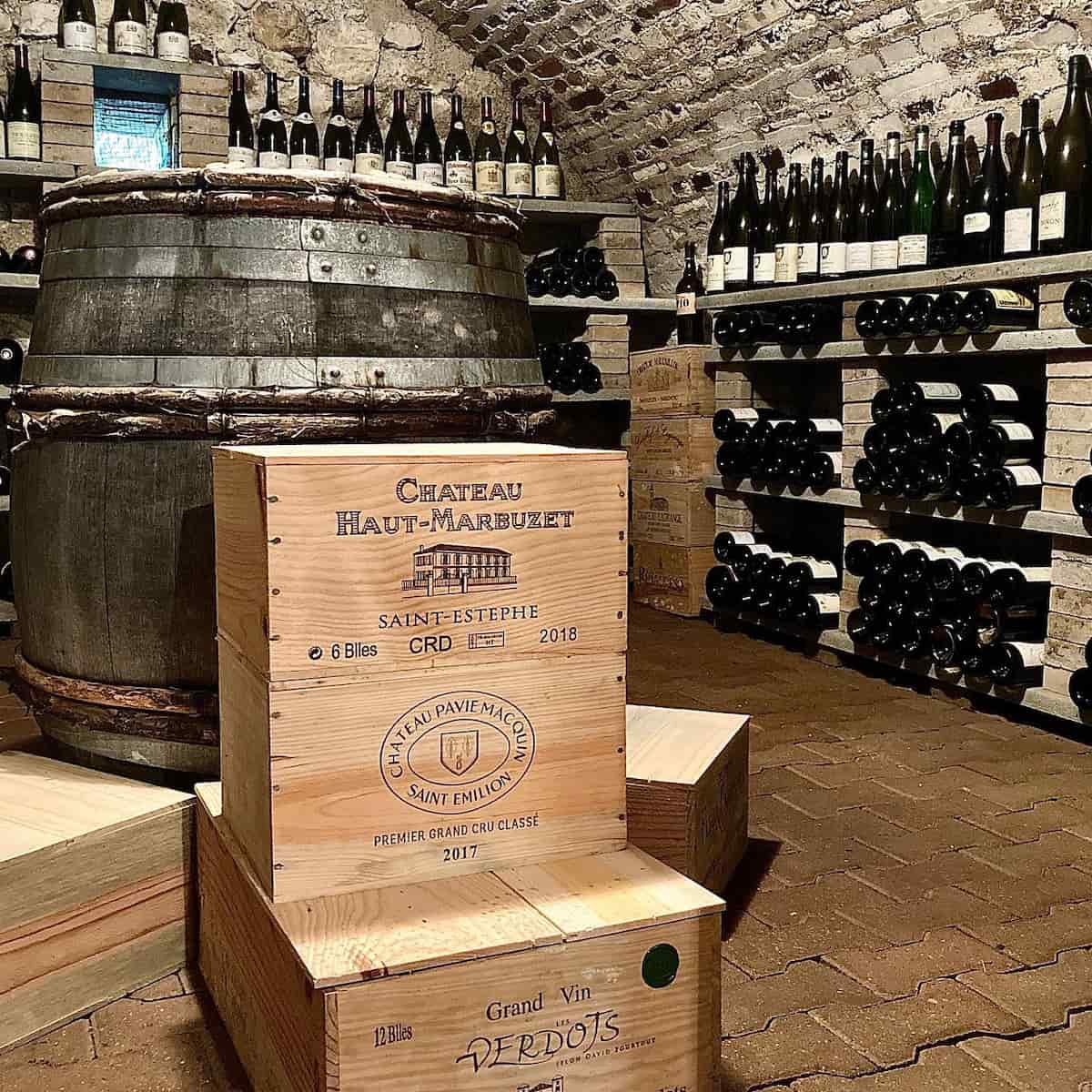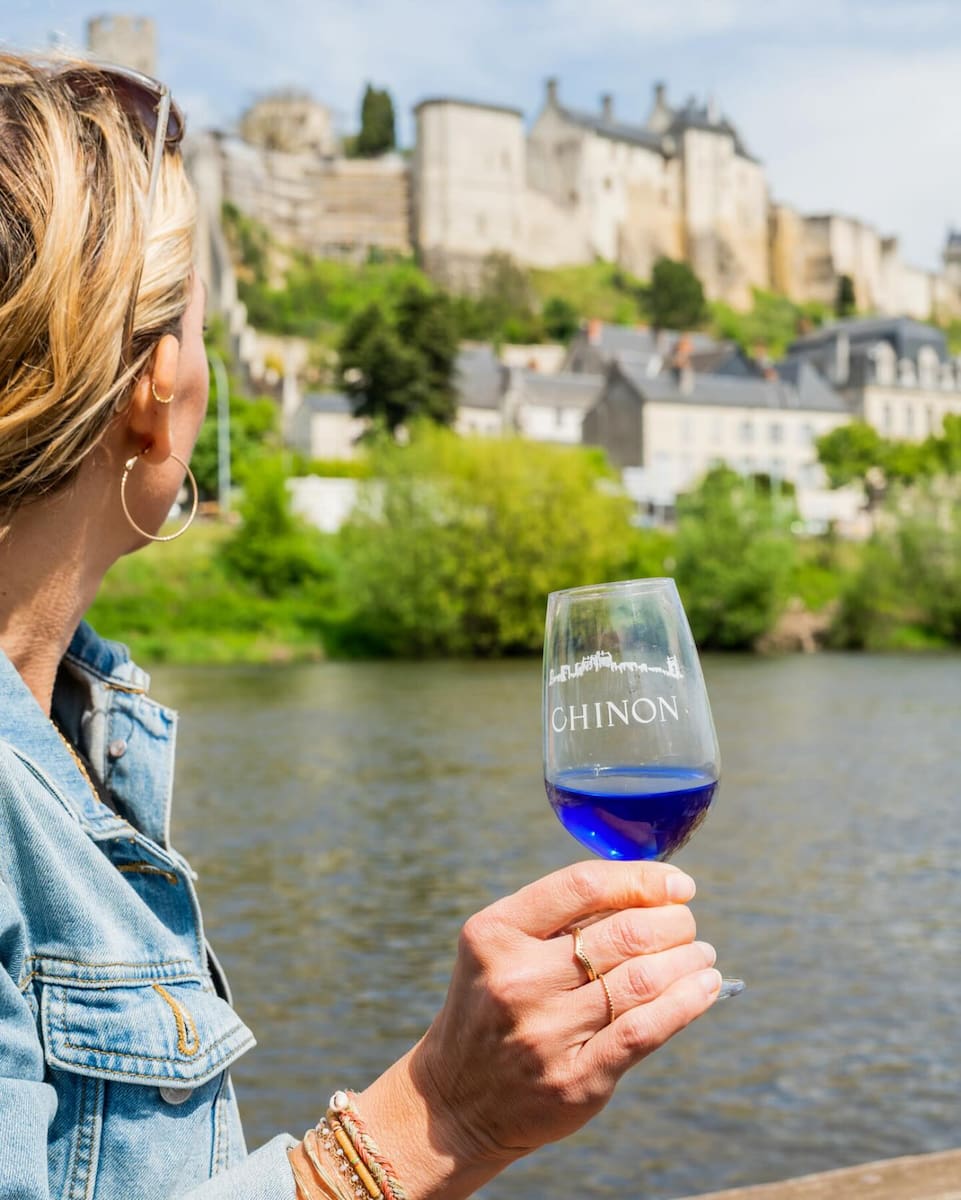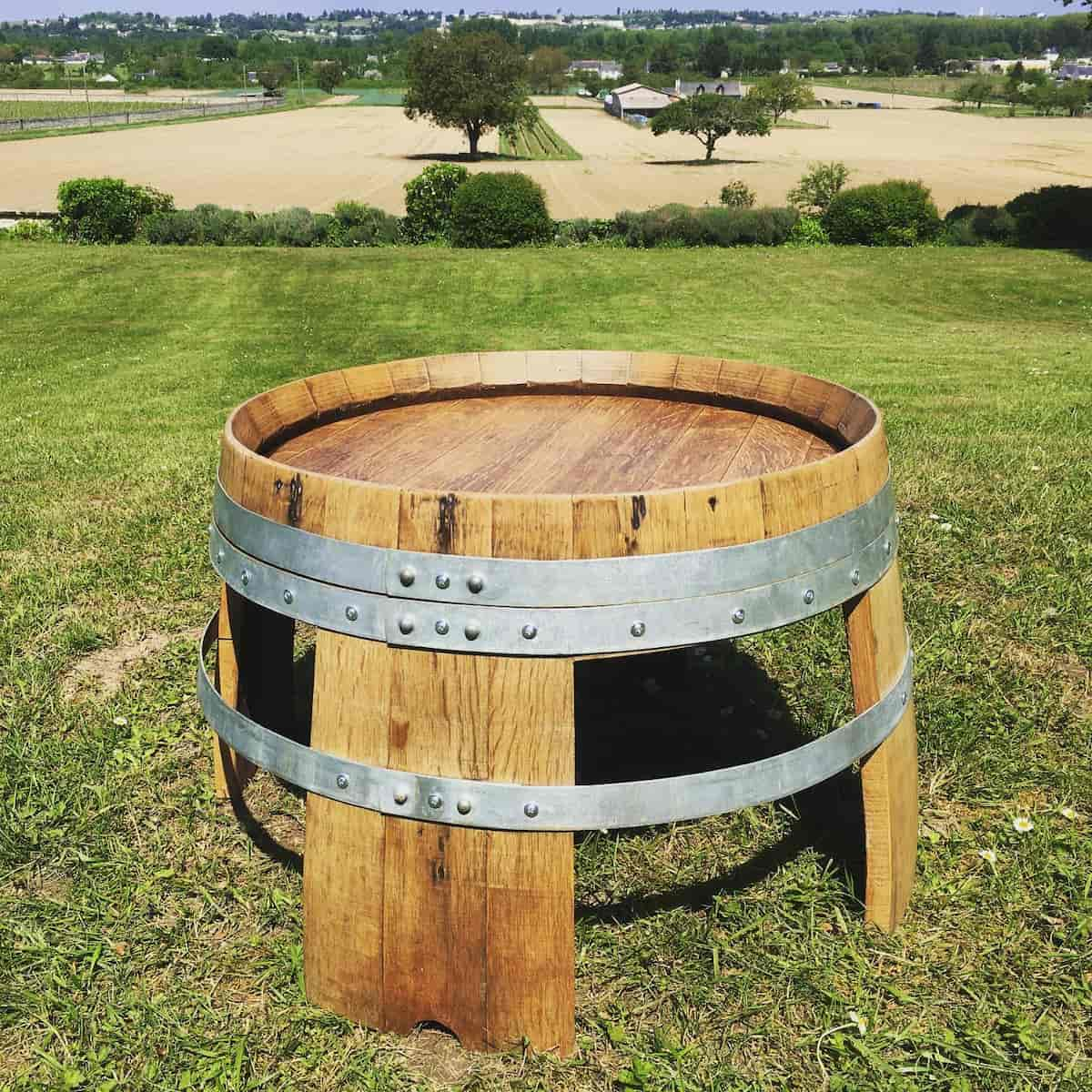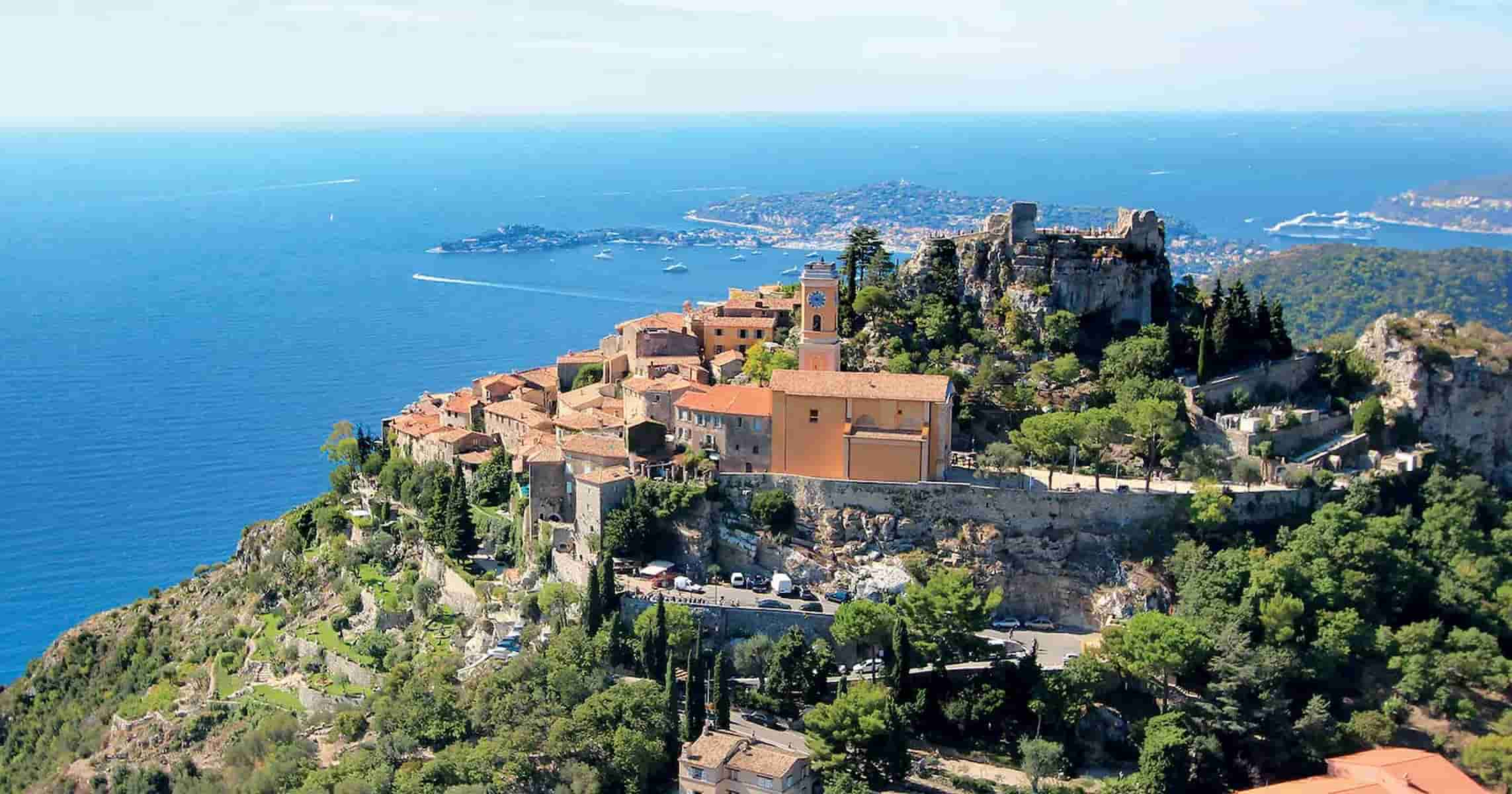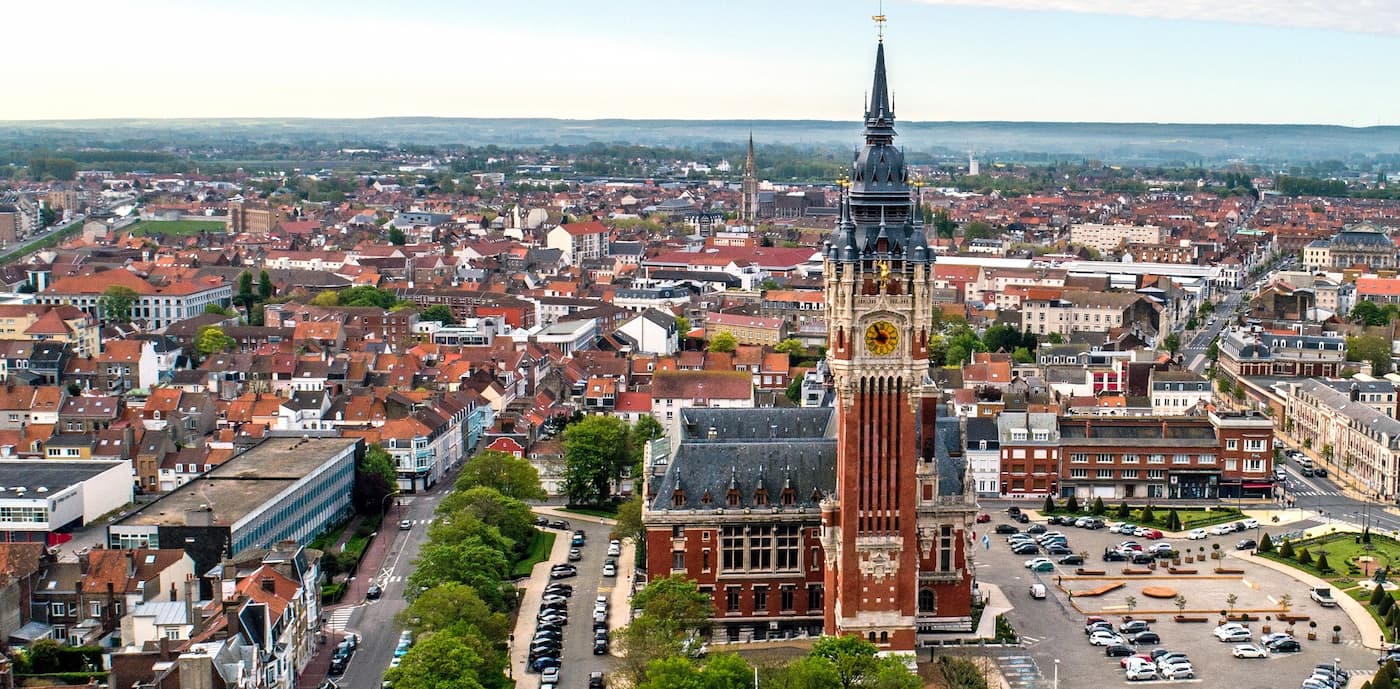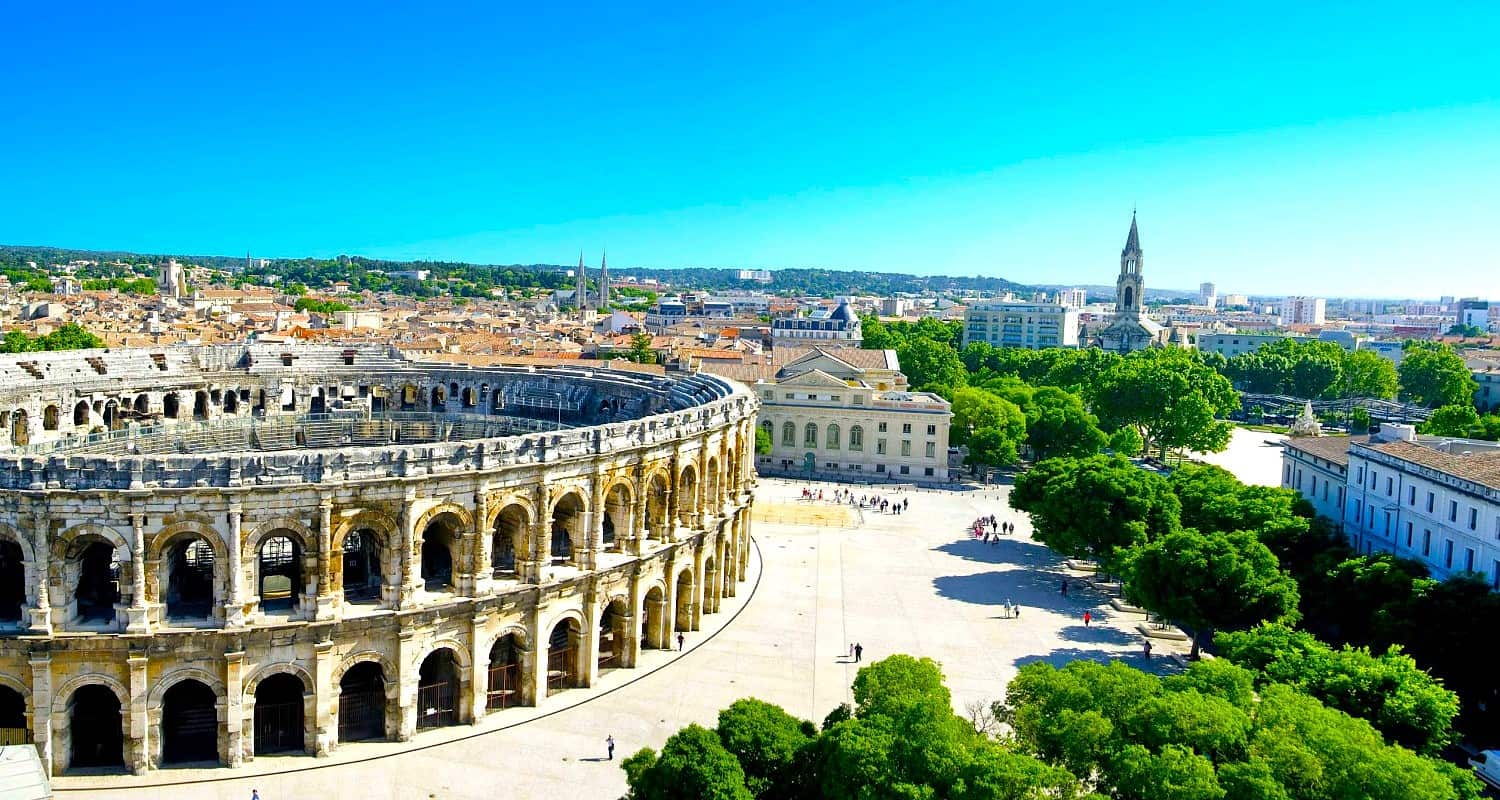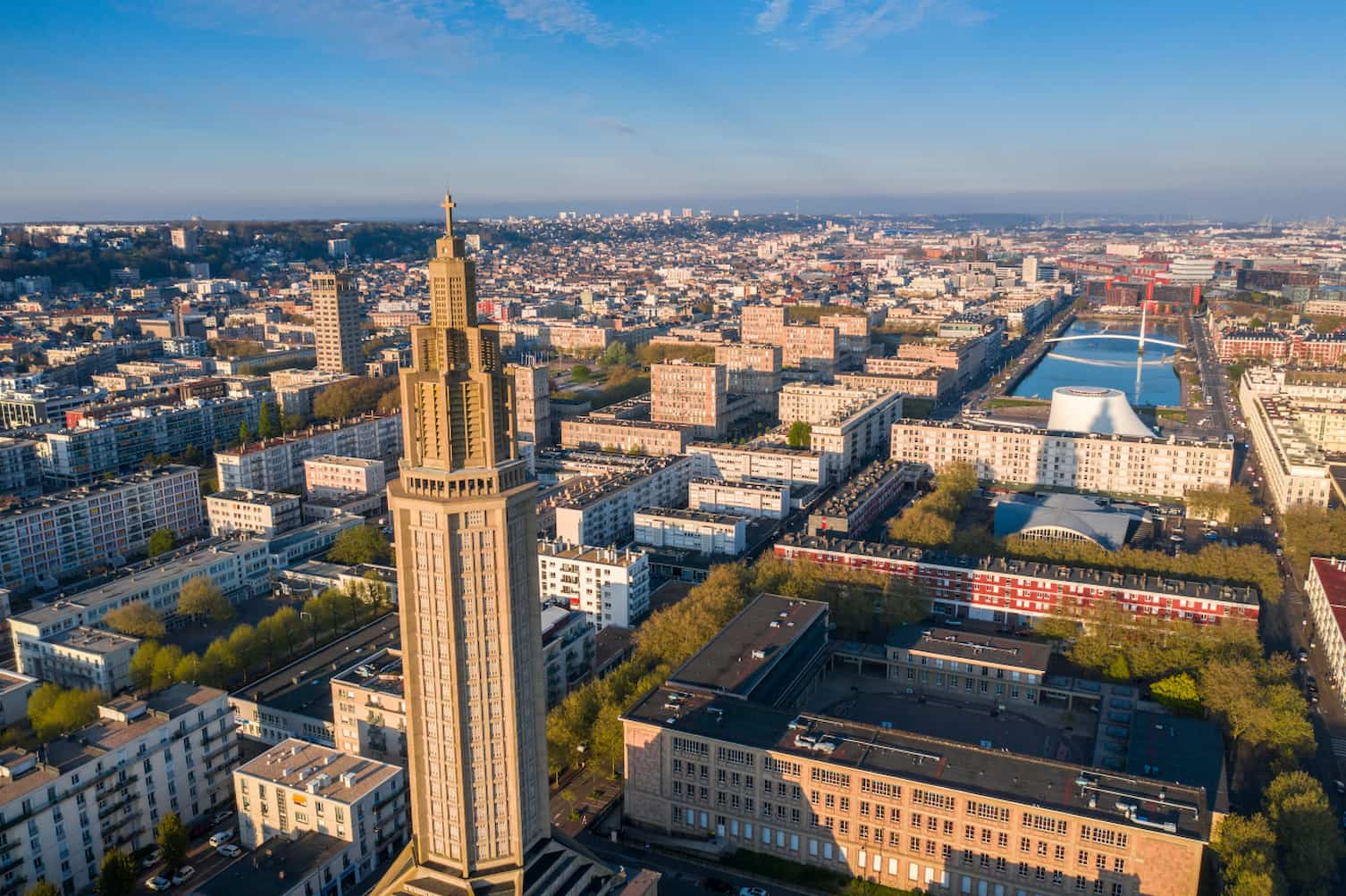Nestled along the Loire River in the heart of the Centre-Val de Loire region, Tours is the perfect gateway to the Loire Valley’s magnificent châteaux. I fell in love with this charming city that blends medieval architecture with vibrant café culture, making it an ideal base for exploring what the French call the “Valley of the Kings”. Whether you’re admiring the stunning Tours Cathedral, sampling rillette de Tours at a local bistro, or sipping wine at a riverside guinguette, this city offers experiences that will delight all your senses.
The beating heart of Tours lies in its beautifully preserved old quarter, where half-timbered buildings from the 15th century surround lively squares filled with some of the best restaurants in Tours. This article on the best things to do in Tours will guide you through the must-see attractions, cultural experiences, and unique activities that make this Loire Valley gem worth exploring, from taking a tour of the magnificent cathedral to finding peace and quiet in hidden gardens around the city.
🏠 Best Hotels in Tours
- 💎 Luxury Hotel: Les Trésorières
- ✨ 5-Star: Château De La Bourdaisière
- 🏨 4-Star: Hilton Garden Inn Tours Centre
- 🛏 3-Star: KYRIAD Tours Sud - Ballan Mire
- 💸 Cheap: Hotel Mondial
- 🏢 Apartment: Gogaille - Corneille - Accès autonome
- 👨👩👧👦 For Families: Domaine de la Commanderie de Ballan
- 🏩 For Couples: Linxa Hotel
💁 Best Guided Tours
- Loire Valley Day Tour Chambord and Chenonceau plus Lunch at a Private Castle from €229 (⭐4.9/5)
- Day Tour of Chateaux of Chenonceau, Chambord & Caves Ambacia from €229 (⭐4.6/5)
- Hot-Air Balloon Ride over the Loire Valley from €255 (⭐4.6/5)
- Loire Valley Day from Tours: Azay-le-Rideau, Villandry, Winery from €221 (⭐5.0/5)
- Caves Ambacia, Tour and Wine Tasting in Amboise from €18 (⭐4.6/5)
- Tours: Private Walking Tour of the Historical Center from €222 (⭐4.6/5)
Best Things to Do in Tours, France
1. Tours Cathedral Saint-Gatien
Medieval masterpiece. Standing proudly in the heart of Tours, Cathédrale Saint-Gatien captivated me with its soaring spires and intricate façade. Built between the 13th and 16th centuries, this architectural gem showcases stunning stained glass windows dating back to the 13th century that bathe the interior in colorful light.
Historical significance. I spent nearly an hour wandering through the cathedral’s nave, completed around 1450 in the flamboyant medieval style. The north tower was finished around 1507, while the south tower wasn’t completed until 40 years later – both featuring distinctive Renaissance caps.
Visitor experience. The cathedral is open every day from 9:00 am to 7:00 pm, and I recommend visiting between 11:00 am and 2:00 pm when the light through the stained glass is most spectacular. Most visitors spend about an hour exploring this magnificent structure.
Artistic treasures. The tomb of Charles VIII’s children particularly caught my attention, along with the ornate choir stalls and the grand organ. The Cloître de la Psalette, adjacent to the cathedral, offers a peaceful retreat with its beautiful Gothic architecture.
Must-see highlights inside the cathedral include:
- The 13th-century stained glass windows depicting biblical scenes
- The Renaissance-style tomb of Charles VIII’s children
- The impressive 18th-century organ with over 3,000 pipes
- The ornate 16th-century choir stalls with detailed wood carvings
- The spiral staircase leading to the bell towers
⭐ Best Activities
- Tours: Private Walking Tour of the Historical Center: Discover the rich history and architectural treasures of Tours on this private walking tour of the historical center. With a dedicated guide, explore Tours medieval streets, Renaissance buildings, and charming squares while learning about the city’s fascinating past and cultural significance.
2. Place Plumereau and Vieux-Tours
Medieval charm. Place Plumereau (affectionately called “Place Plume” by locals) transported me to another era with its picturesque cobblestone streets and half-timbered houses dating back to the 15th century. The square wasn’t always this charming – it underwent significant restoration in the 1970s to preserve its medieval character.
Culinary delights. I savored a glass of local Vouvray wine at La Guinguette (€5.50/~$6), one of the many cafés lining the square. The outdoor terraces offer perfect people-watching opportunities while enjoying regional specialties like rillettes de Tours.
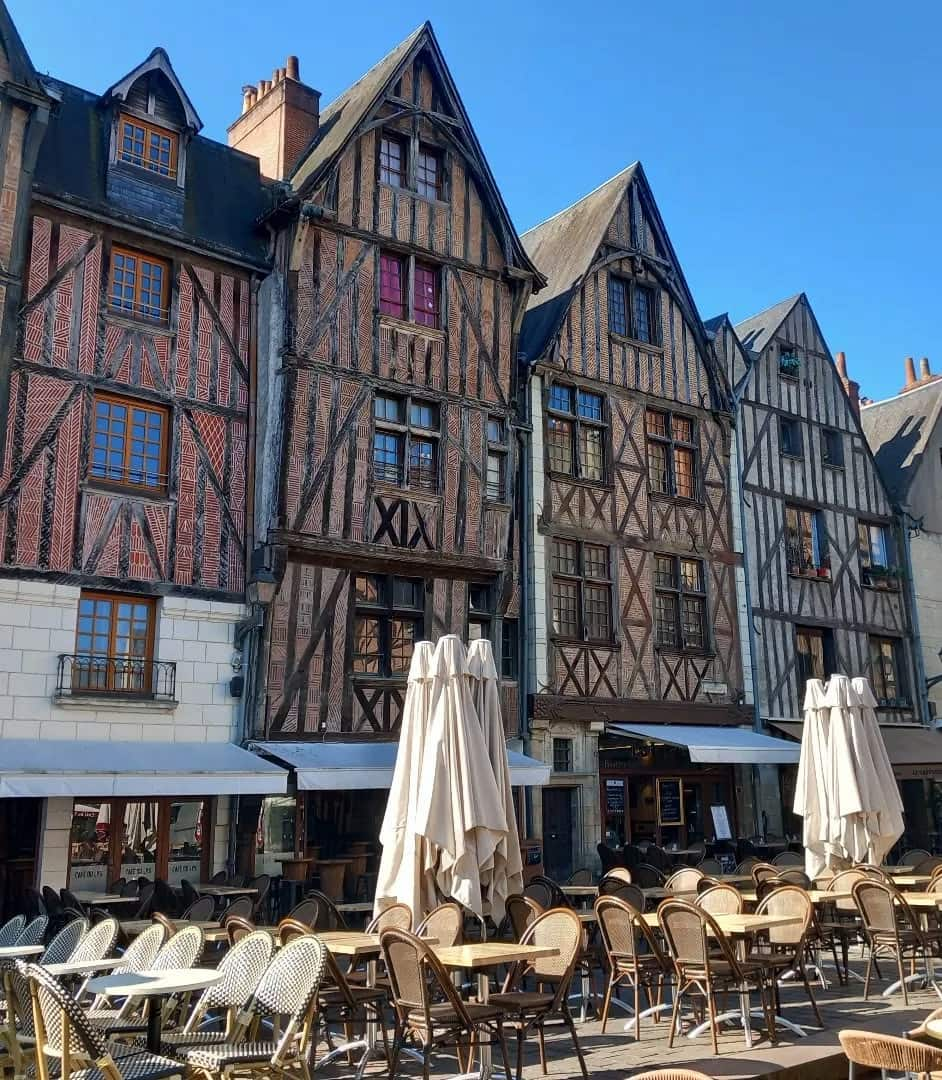
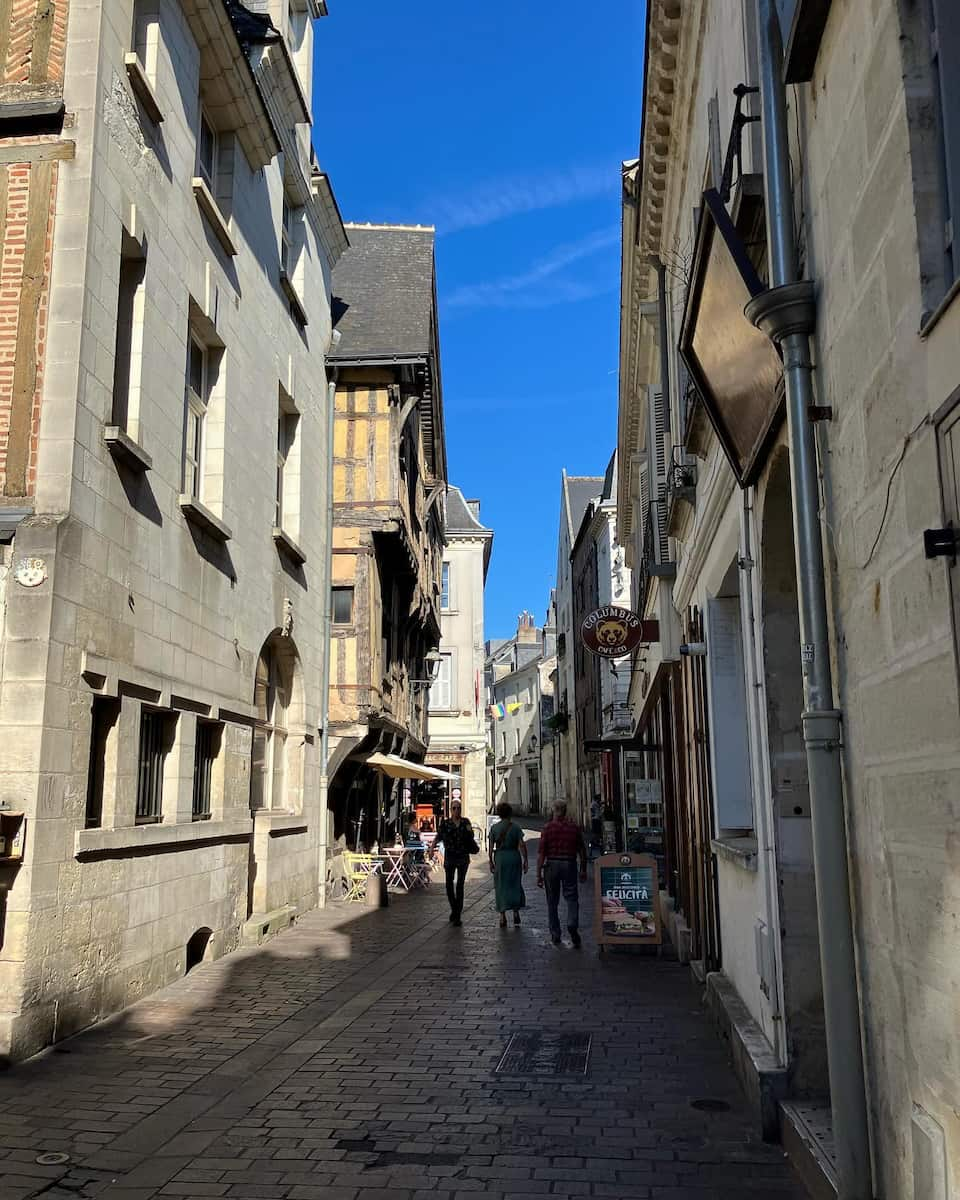
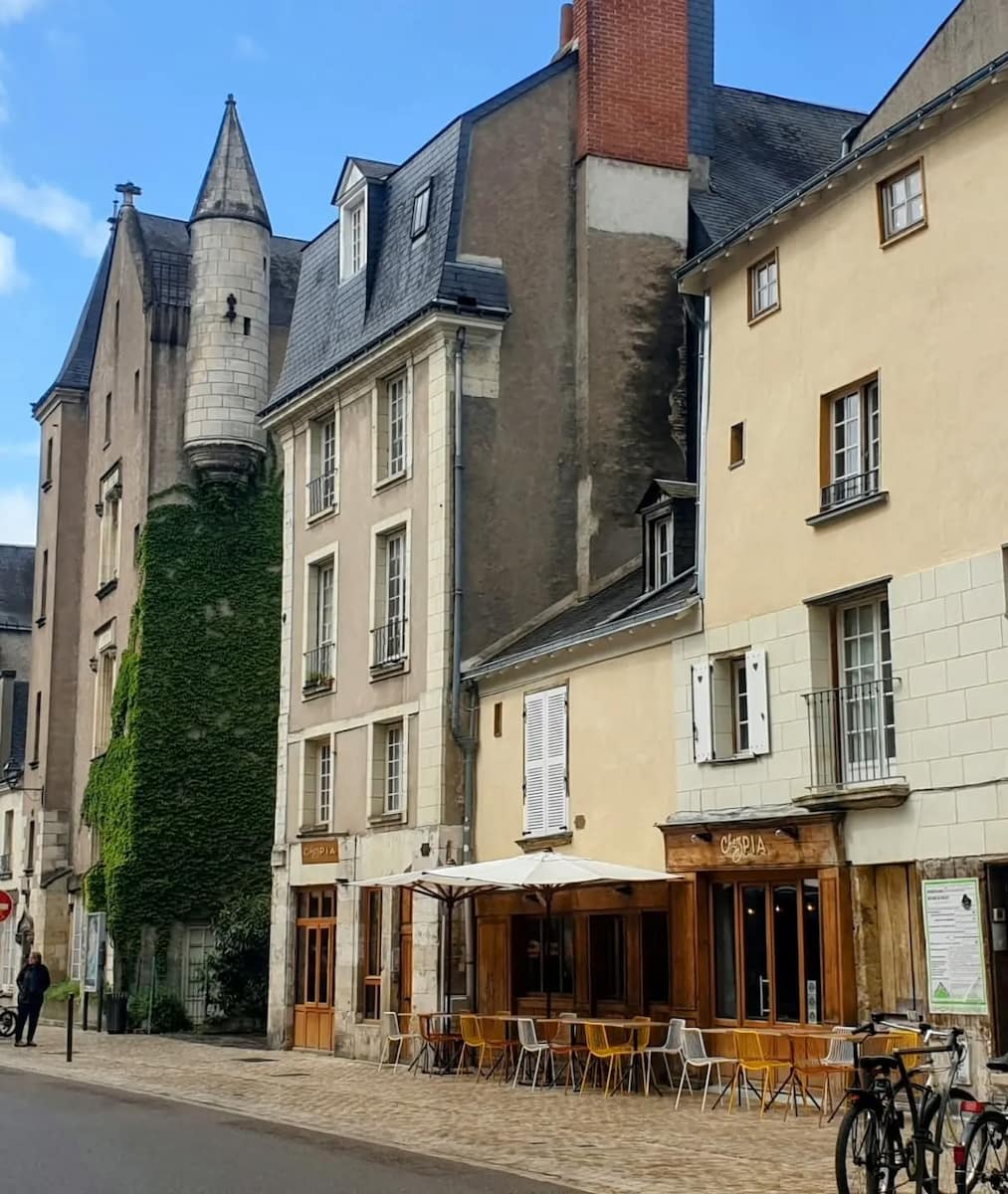
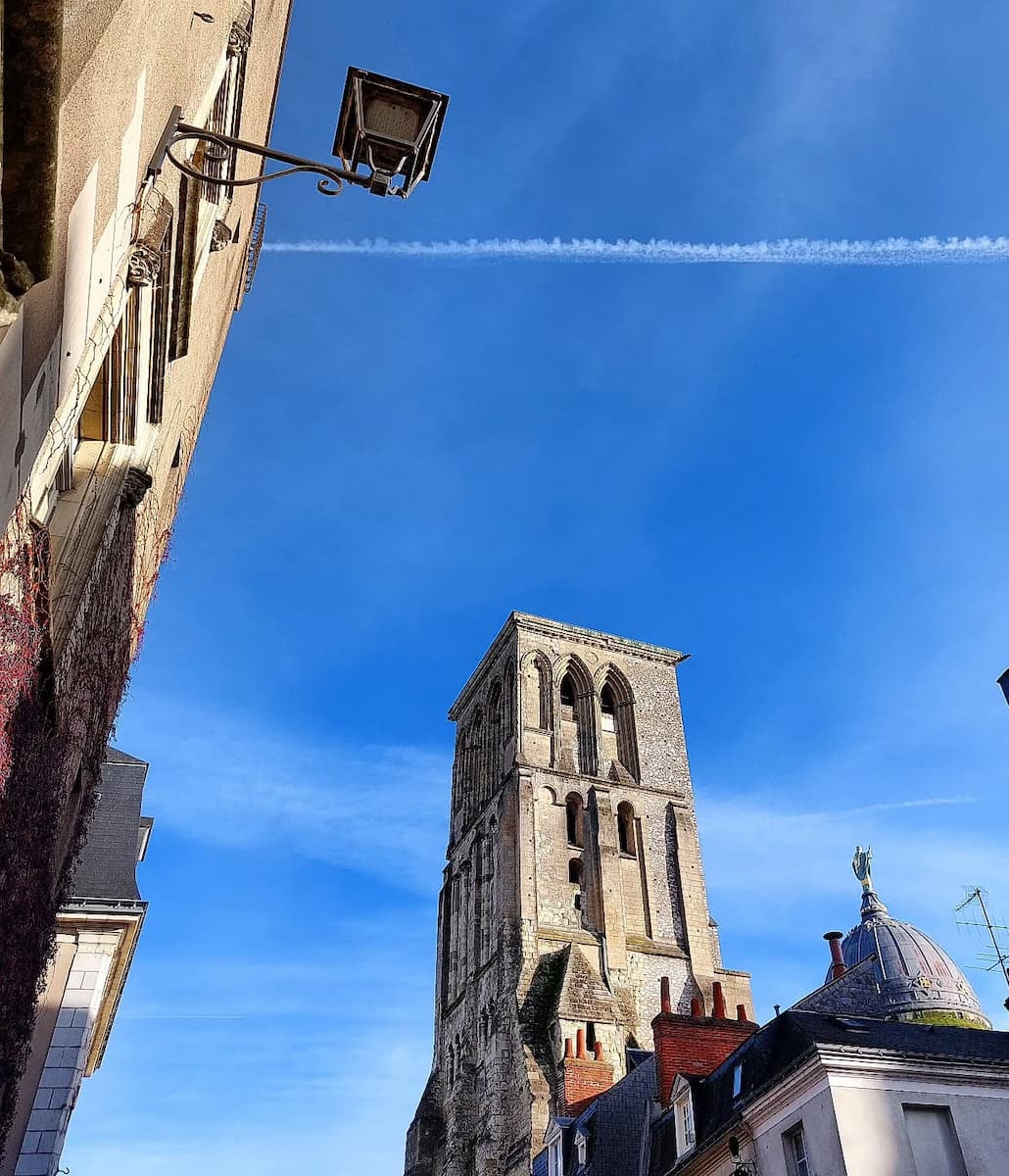
Historic ambiance. Walking through Vieux Tours, I discovered hidden courtyards, narrow alleyways, and beautifully preserved Renaissance buildings. The area around Rue Colbert and Rue du Commerce reveals the city’s rich architectural heritage at every turn.
Vibrant atmosphere. The square transforms throughout the day – quiet and serene in the morning, bustling with shoppers and diners in the afternoon, and alive with energy in the evening when students and locals gather at the numerous bars and restaurants.
Local favorites around Place Plumereau that I discovered:
- Café des Artistes for its authentic French crêpes (€7-12/~$8-13)
- Le Petit Patrimoine for regional Loire Valley wines by the glass
- La Rôtisserie for traditional rillettes and charcuterie plates
- Aux Lavrais for handmade chocolates and local pastries
- Les Berthom for craft beers in a historic setting
⭐ Best Activities
- BEST TOUR TOUR 1h00: Maximize your time in Tours with this efficient one-hour guided tour highlighting the city’s essential sights. Perfect for travelers with limited time who want to gain insight into the history and culture of this charming Loire Valley hub.
3. Musée des Beaux-Arts de Tours
Artistic treasure. Housed in the former Archbishop’s Palace next to the cathedral, the Musée des Beaux-Arts surprised me with its impressive collection spanning from the Middle Ages to the 20th century. The museum building itself, with its grand staircase and elegant architecture, is worth admiring before you even step inside.
Masterpiece highlights. I spent hours admiring works by Rubens, Degas, Delacroix, and Monet. The museum’s collection of 14th-century primitive paintings particularly captivated me, with their intricate details and rich historical context that brings Tours’ past to life.
Garden retreat. The museum’s cedar tree in the courtyard is over 200 years old and provided a perfect shady spot to rest between gallery visits. The surrounding gardens feature sculptures and seasonal flowers that change throughout the year.
Local connection. The museum houses an impressive collection of works by Olivier Debré, a renowned abstract painter born in Tours. His large-scale colorful canvases reflecting the Loire landscape gave me a deeper appreciation for the region’s natural beauty.
Must-see artworks that I recommend seeking out:
- Mantegna’s “Lamentation over the Dead Christ” (15th century)
- Rembrandt’s “The Money Changer” (17th century)
- Delacroix’s “Basket of Flowers” (19th century)
- Monet’s “The Bridge at Argenteuil” (19th century)
- Debré’s abstract Loire landscape paintings (20th century)
4. Château de Tours
Historical landmark. Walking through the imposing stone gateway of Château de Tours, I felt transported back to medieval times. This 11th-century fortress now serves as a contemporary exhibition space, creating a fascinating contrast between ancient architecture and modern art.
Photography hub. I was lucky to catch a stunning photography exhibition during my visit. The château regularly hosts temporary exhibitions in partnership with the Jeu de Paume in Paris, featuring world-class contemporary photographers in this historic setting.
Architectural details. The remaining towers and walls of this once-mighty fortress tell stories of Tours’ strategic importance throughout French history. I traced my fingers along the ancient stonework, imagining the castle in its full medieval glory.
Urban oasis. The small garden surrounding the château offers a peaceful retreat from the bustling city. I enjoyed sitting on one of the benches, sketching the historic façade while listening to the gentle sounds of the nearby fountain.
Exhibition highlights during my visit included:
- Contemporary photography from emerging French artists
- Historical photographs of Tours showing the city’s evolution
- Interactive digital installations exploring urban development
- Architectural models of the original castle complex
- Artifacts discovered during archaeological excavations
⭐ Best Activities
- Loire Valley Castles Private Tour With Lunch: Enjoy the luxury of a private tour through the Loire Valley’s most impressive castles with a knowledgeable local guide. This customizable experience includes a delicious lunch featuring regional specialties and wine, perfect for travelers seeking an exclusive château experience.
5. Basilique Saint-Martin
Religious significance. The Basilique Saint-Martin stands on the site where Saint Martin, one of France’s most revered saints, was buried in 397 CE. I was moved by the spiritual atmosphere that still permeates this sacred place, drawing pilgrims from across Europe.
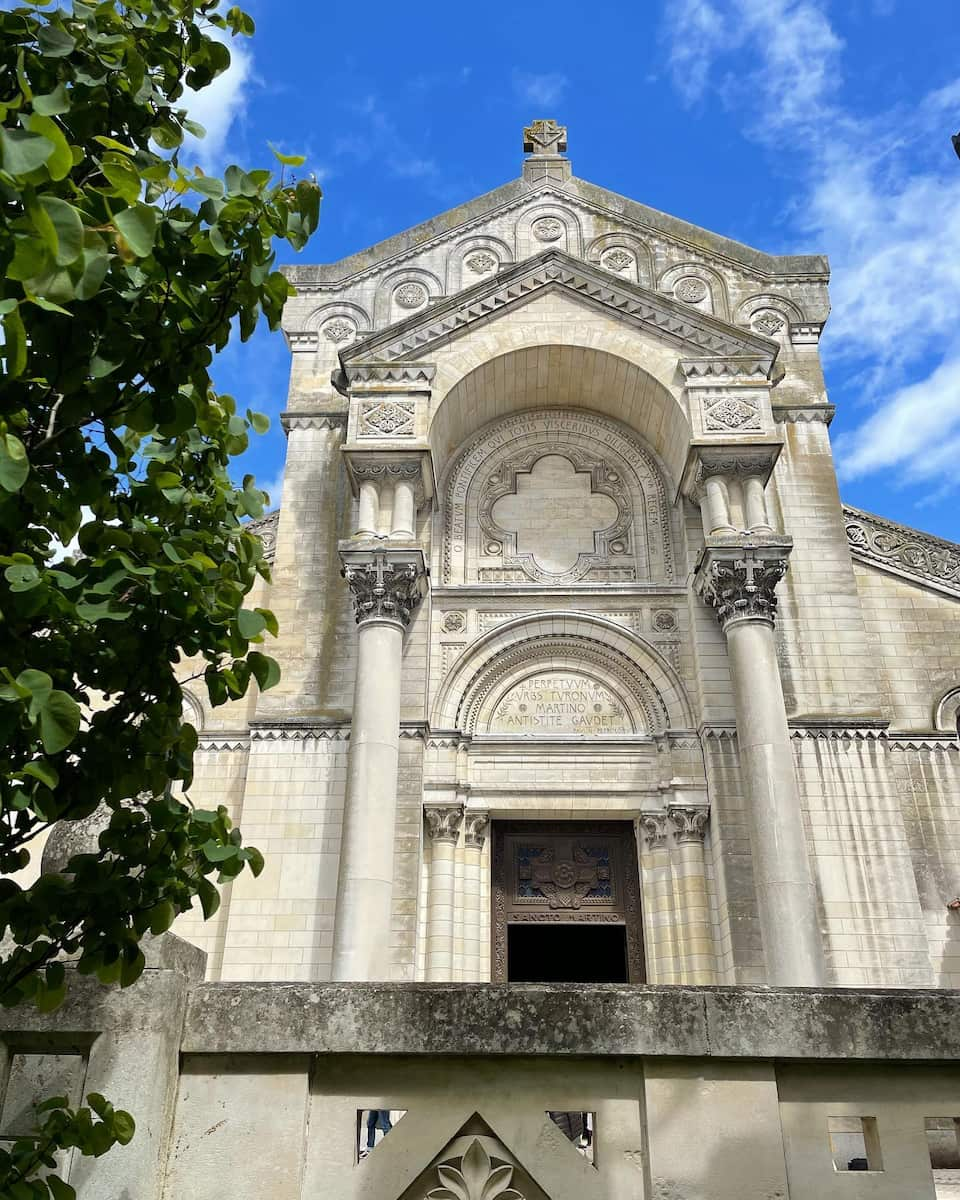
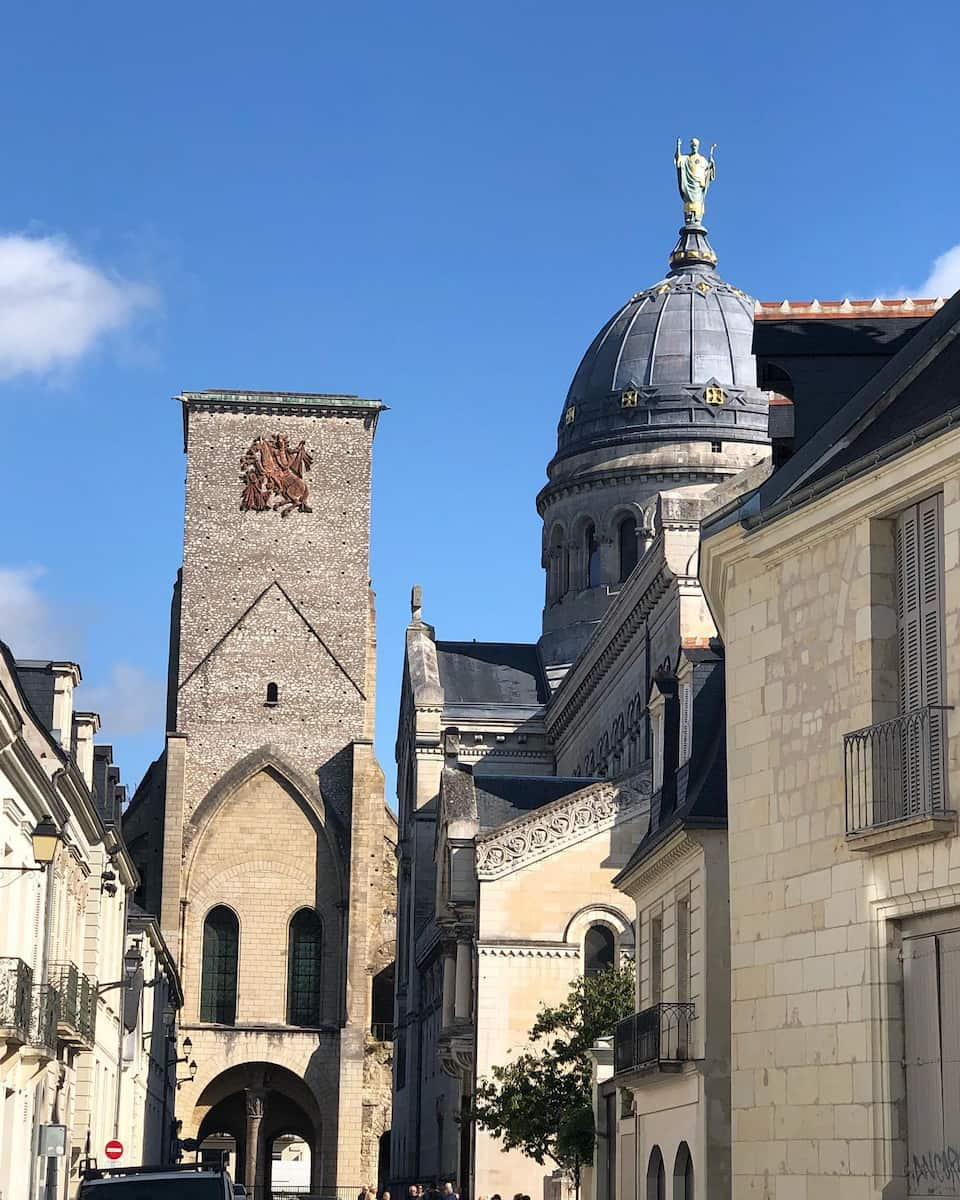
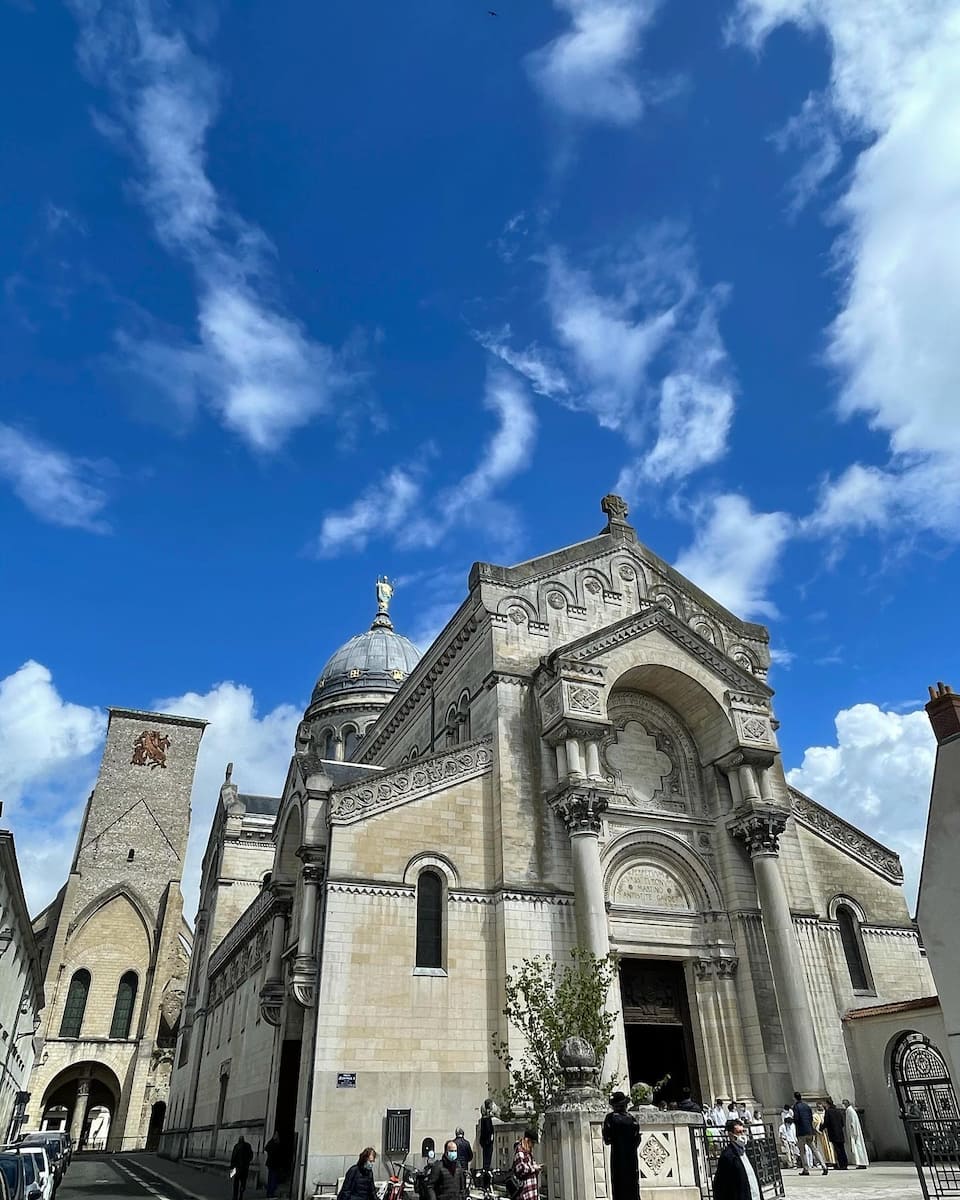

Architectural revival. After the original basilica was destroyed during the French Revolution, this 19th-century neo-Byzantine structure was built to honor Saint Martin’s legacy. I admired the distinctive twin towers that have become an iconic part of Tours’ skyline.
Underground discovery. The highlight of my visit was descending into the crypt where Saint Martin’s tomb is located. This underground chamber, with its soft lighting and reverent atmosphere, creates a powerful connection to Tours’ religious heritage.
Artistic elements. The basilica’s interior features beautiful mosaics depicting scenes from Saint Martin’s life, including the famous moment when he shared his cloak with a beggar. The stained glass windows cast colorful patterns across the stone floors during sunny days.
Key features that impressed me most:
- The marble tomb of Saint Martin in the atmospheric crypt
- The neo-Byzantine dome with its intricate interior decoration
- The 19th-century organ that fills the space during concerts
- The Tour Charlemagne nearby, the last remnant of the original basilica
- The small museum displaying religious artifacts and historical information
| Top Attractions in Tours | Opening Hours | Entrance Fee | Time Needed | Highlight |
|---|---|---|---|---|
| Cathédrale Saint-Gatien | 9am-7pm daily | Free | 1 hour | 13th-century stained glass |
| Place Plumereau & Vieux-Tours | Always open | Free | 2-3 hours | Medieval half-timbered houses |
| Musée des Beaux-Arts | Wed-Mon: 9am-6pm | €6 (~$7) | 2 hours | Works by Mantegna, Rembrandt, Monet |
| Château de Tours | Tues-Sun: 10am-6pm | €4 (~$4.50) | 1-2 hours | Contemporary photography exhibitions |
| Basilique Saint-Martin | Daily: 9am-7pm (summer) | Free | 1 hour | Saint Martin’s tomb in the crypt |
Day Trips from Tours to Loire Valley Castles
1. Château de Chenonceau
Architectural marvel. Located in the Loire Valley just 40 minutes from Tours, Château de Chenonceau is one of the most beautiful and most visited châteaux in France. I was immediately captivated by its exceptional architecture – graceful arches spanning the River Cher supporting a double gallery, creating a magical reflection on the water below.

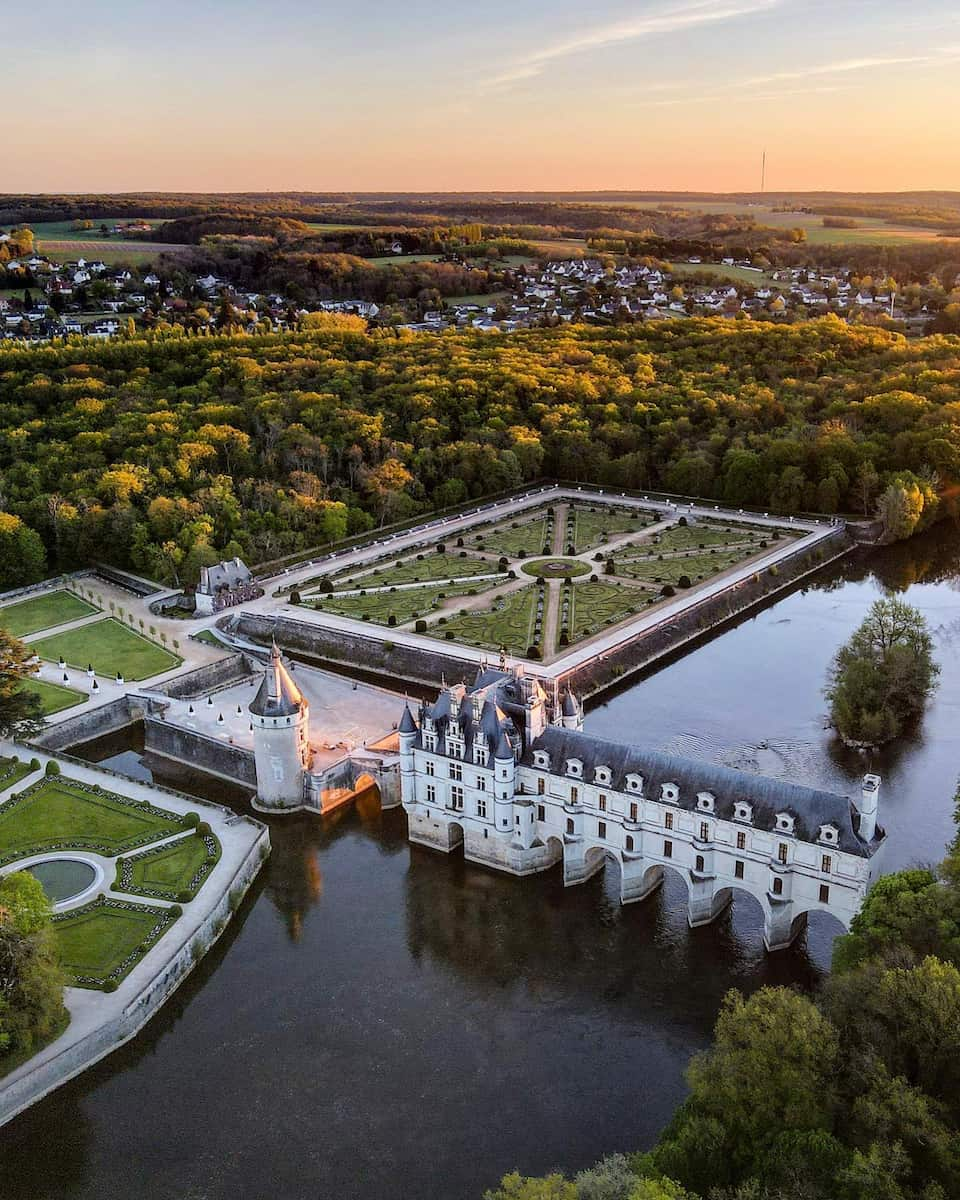




Ladies’ Château. Nicknamed the “Ladies’ Château,” Chenonceau wonderfully embodies the elegance of the 16th century Renaissance. It was dear to both Diane de Poitiers and Queen Catherine de Medici, whose rivalry shaped much of the château’s history and design. The château is within easy reach of Tours by car, making it perfect for a day trip.
Interior splendor. Inside, I explored richly furnished rooms including the kitchen, the bedrooms of Louise de Lorraine and Gabrielle d’Estrées (Henry IV’s mistress), the Medici Gallery, the Francis I room, and the Five Queens room. The iPod guide recounted precious episodes from French history as I wandered through.
Garden retreats. The estate park features the beautiful Diane and Catherine Gardens, the Russell Page Garden, and a flower kitchen garden. One unique aspect of Chenonceau is its flower workshop – the only château in France with one. Jean-François Boucher and his team produce beautiful bouquets for each room that alone are worth the visit.
Visitor experiences that shouldn’t be missed:
- Walking across the famous gallery spanning the Cher River
- Exploring the gardens on both sides of the château
- Visiting the carriage gallery with its museum of horse-drawn vehicles
- Wine tasting of Touraine-Chenonceaux AOC wines in the cellar of the domes
- Seasonal events including wine tours, summer night walks, and botanical tours
⭐ Best Activities
- Tour: Day Tour of Chateaux of Chenonceau, Chambord & Caves Ambacia: Discover the UNESCO-listed landscapes of the Loire Valley on this full-day tour featuring skip-the-line access to Chenonceau and Chambord castles. Includes wine tasting at Caves Ambacia and comfortable transportation from Tours in a small group setting for a personalized experience.
- Ticket online: Château de Chenonceau: Experience the “Ladies’ Château” spanning the Cher River with its elegant gallery. Admire the beautiful gardens designed by Diane de Poitiers and Catherine de Medici, and explore the richly furnished rooms of this architectural gem.
2. Château de Chambord
Royal masterpiece. As the largest château in the Loire Valley region, Chambord stands as a testament to the ambition of King François I. Located about an hour from Tours, this magnificent Renaissance palace features 440 rooms, 365 fireplaces, and 84 staircases, making it one of the most impressive architectural achievements in France.
Da Vinci connection. The highlight of my visit was the famous double helix staircase, believed to have been designed by da Vinci. This architectural marvel allows two people to ascend and descend without ever meeting – I spent several minutes watching other visitors navigate this ingenious structure, amazed by da Vinci’s brilliance.
Rooftop wonders. Climbing to Chambord’s rooftop terrace rewarded me with panoramic views of the castle’s intricate towers, the surrounding forest, and the Loire Valley landscape. The forest of chimneys, turrets, and dormers creates a skyline that resembles a small city rather than a single building.
Natural surroundings. The château is situated within Europe’s largest enclosed forest park, spanning 5,440 hectares. I spotted deer and wild boar in the wildlife park where animals roam freely in their natural habitat. In its heyday, the royal stables housed 1,200 horses – today, visitors can explore the stables and enjoy equestrian shows during summer.
Key attractions within the château:
- The double helix staircase designed by Leonardo da Vinci
- More than 60 rooms including the King’s Chamber and Queen’s Chamber
- The ornate Chapel with intricate carvings and stained glass
- The expansive gardens and grounds surrounding the castle
- The wildlife park with deer, boars, and other animals
⭐ Best Activities
- Ticket online: Château de Chambord: Marvel at the largest château in the Loire Valley, featuring Leonardo da Vinci’s famous double-helix staircase. Explore this architectural masterpiece commissioned by François I, with its distinctive French Renaissance style and extensive grounds.
- Tour: Loire Valley Day Tour Chambord and Chenonceau plus Lunch at a Private Castle: Experience the grandeur of the Loire Valley’s most magnificent châteaux with this highly-rated tour.
3. Château d’Amboise and Clos Lucé
Royal residence. Perched high above the town of Amboise on the left bank of the Loire, Château d’Amboise offers spectacular views of the river and countryside. Just 20 minutes from Tours, this former royal residence played a pivotal role in French history and is worth to visit for both its architecture and historical significance.
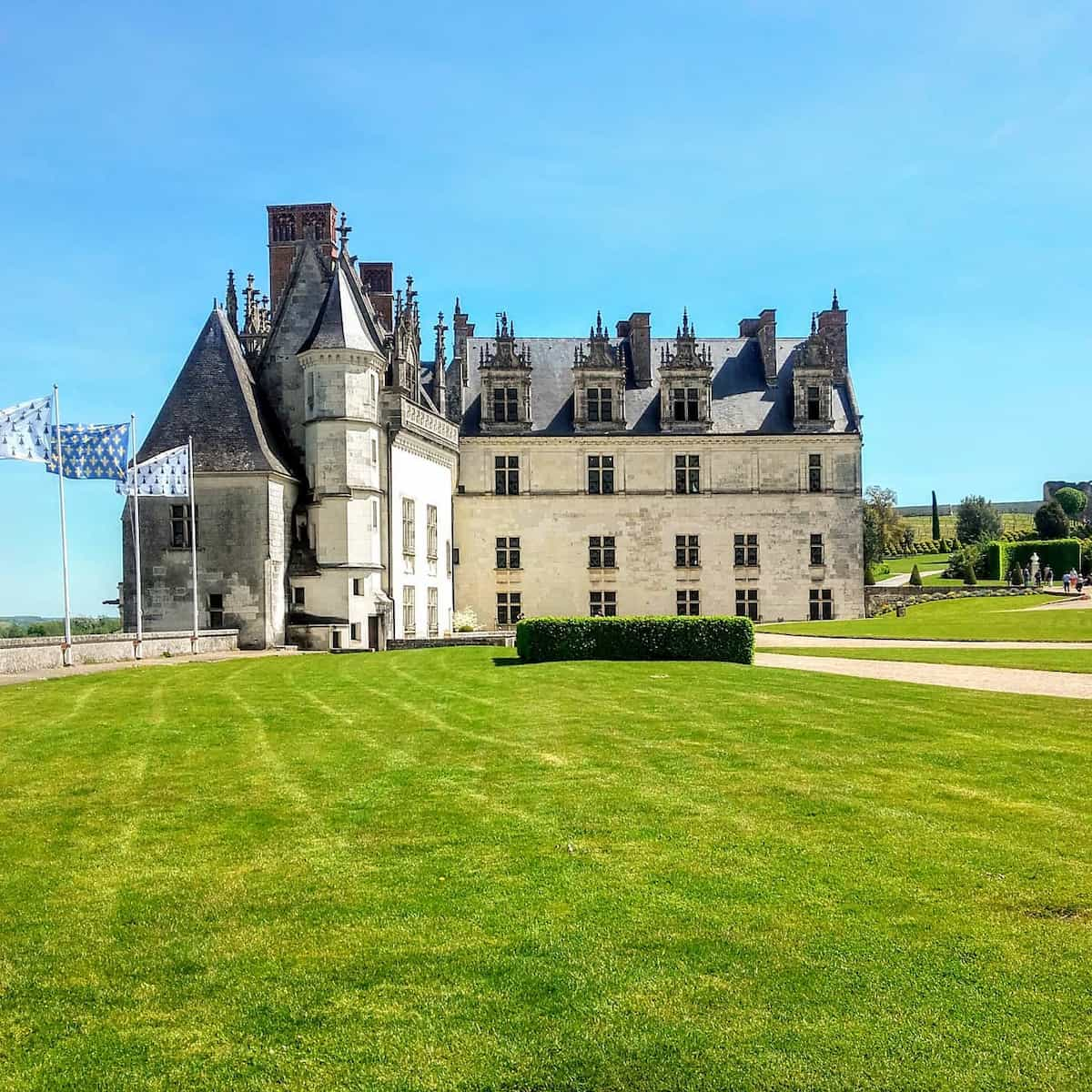
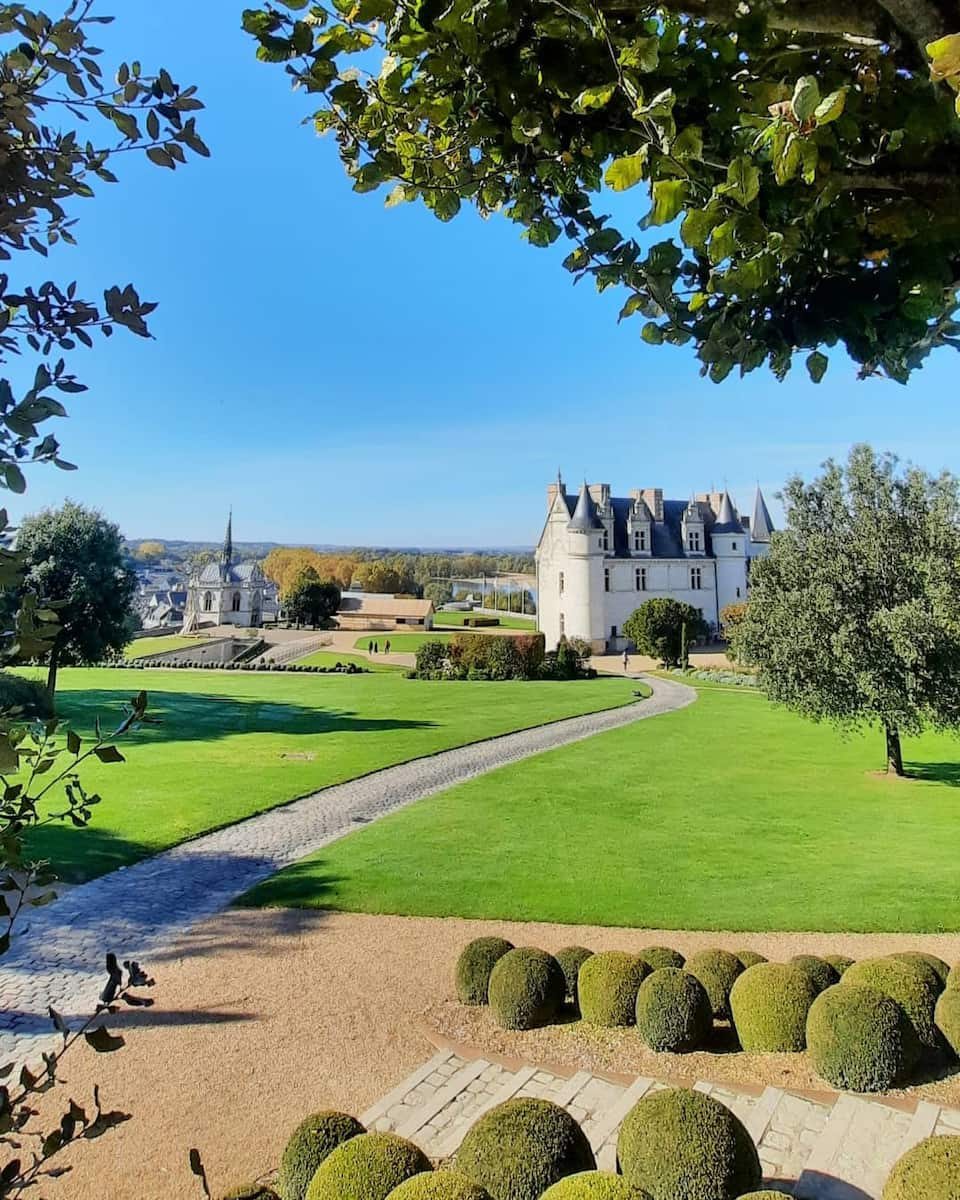
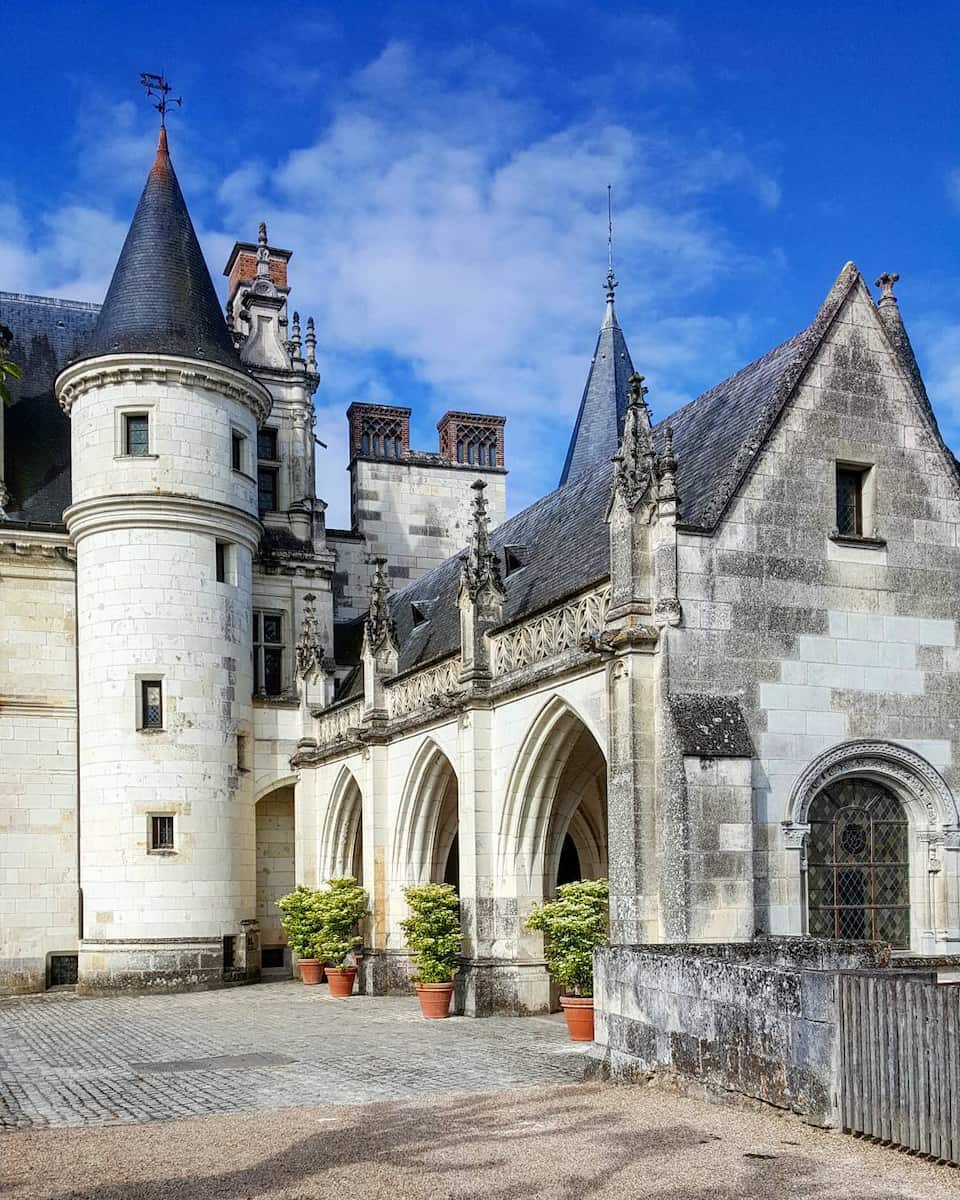
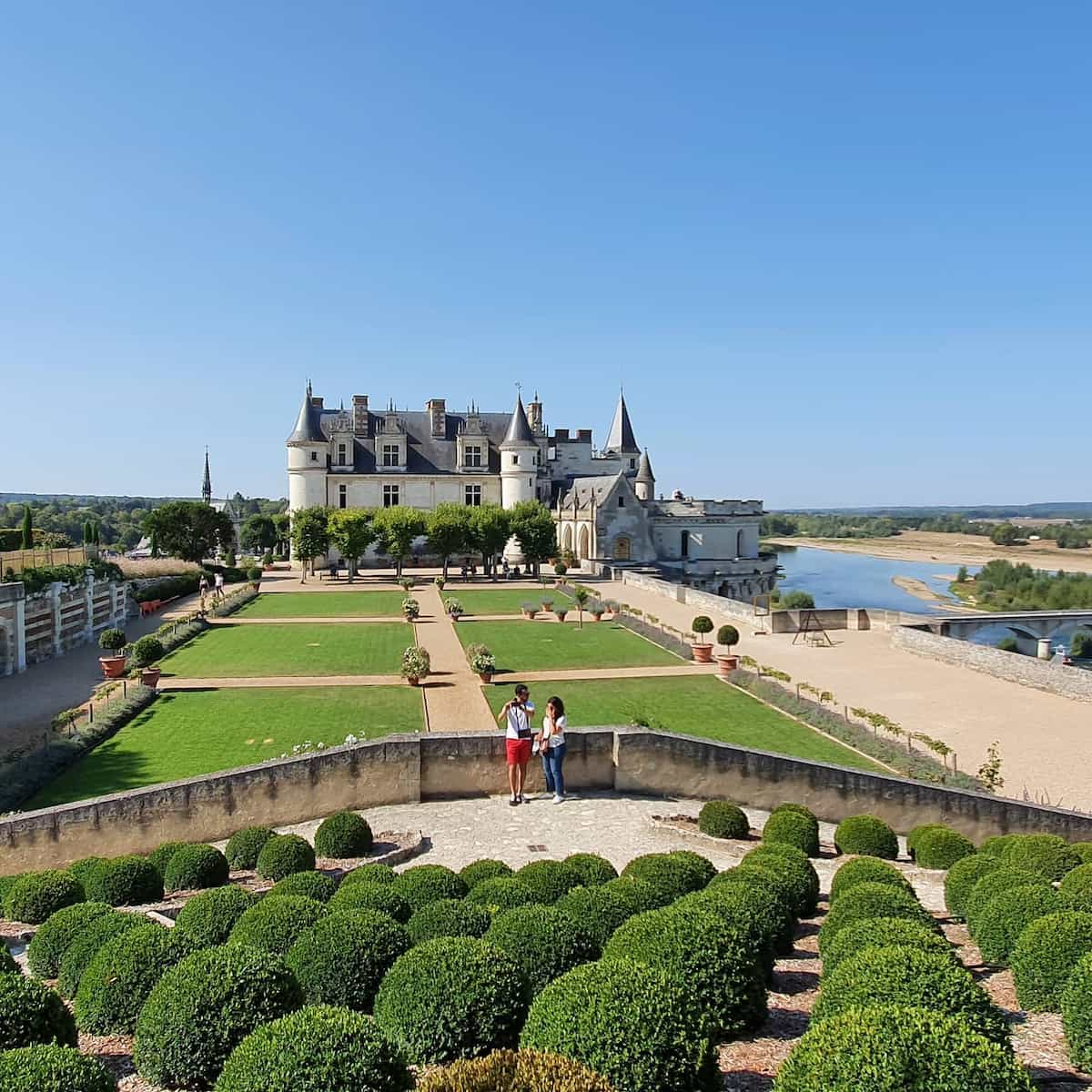
Leonardo’s final home. What makes this château particularly special is its connection to da Vinci, who spent his final years in Amboise at the invitation of King François I. The genius is buried in the Saint-Hubert Chapel on the château grounds, making this a must-visit site for history buffs and art lovers alike.
Clos Luce experience. Just a short walk from Château d’Amboise is Clos Luce, da Vinci’s last home. I spent hours exploring this fascinating manor house where Leonardo lived from 1516 until his death in 1519. The museum displays working models of his inventions, from flying machines to military engineering, bringing his genius to life.
Combined visit. A day trip to Amboise allows for a combined visit to the châteaux and the charming town itself. I enjoyed strolling through the medieval streets, stopping at cafés, and shopping for local crafts after exploring the historical sites. The town of Amboise offers a glimpse into authentic Loire Valley life.
Highlights of Amboise that captivated me:
- The panoramic views of the Loire Valley from Château d’Amboise
- Leonardo da Vinci’s tomb in the Saint-Hubert Chapel
- The working models of Leonardo’s inventions at Clos Luce
- The beautiful gardens at both châteaux
- The charming town center with its half-timbered buildings
| Loire Valley Castles | Distance from Tours | Entrance Fee | Highlights |
|---|---|---|---|
| Château de Chenonceau | 40 min by car | €15 (~$17) | Gallery spanning River Cher, gardens |
| Château de Chambord | 1 hour by car | €14.5 (~$16) | Double helix staircase, rooftop views |
| Château d’Amboise | 20 min by car | €13 (~$14.5) | Royal apartments, Loire views |
| Clos Lucé | 20 min by car | €15.5 (~$17.5) | Leonardo’s home, invention models |
| Château de Villandry | 25 min by car | €12 (~$13.5) | Renaissance gardens, interior |
⭐ Best Tickets
- Château d'Amboise: Visit this royal residence where Leonardo da Vinci is buried in the chapel. Enjoy panoramic views of the Loire Valley from its terraces and discover the château’s rich history connected to French kings from Charles VIII to François I.
- Château du Clos Lucé + Château Royal d'Amboise + Château de Chambord: Experience three magnificent Loire Valley castles with one convenient pass. Visit Leonardo da Vinci’s final home at Clos Lucé, explore the royal residence of Amboise, and marvel at the architectural wonder of Chambord for $53.00.
Museums and Cultural Experiences
1. Musée du Compagnonnage
Craft heritage. Housed in the former dormitory of the Abbey of Saint-Julien, the Musée du Compagnonnage celebrates France’s ancient guild traditions. I was fascinated by this unique museum dedicated to the craftsmanship of the “compagnons” – skilled artisans who created masterpieces to prove their expertise.
Masterful creations. The collection features extraordinary works by carpenters, stonemasons, blacksmiths, and other craftspeople. I marveled at intricate miniature staircases carved from single pieces of wood and elaborate metalwork that demonstrated incredible technical skill.
Historical context. Walking through the museum, I gained insight into the secretive world of these craft guilds that have existed since medieval times. The displays explain the traditions, rituals, and training systems that have preserved specialized knowledge across generations.
Living traditions. What makes this museum special is that the compagnonnage tradition continues today. I chatted with a volunteer guide who explained how modern apprentices still create “masterpieces” and travel around France perfecting their skills, just as their predecessors did centuries ago.
Must-see masterpieces that left me in awe:
- The spiral staircase model carved from a single piece of wood
- Intricate metalwork including decorative locks and keys
- Miniature architectural models showing traditional building techniques
- Ceremonial staffs and colorful guild banners
- Tools and workbenches from various traditional trades
2. Olivier Debré Contemporary Art Centre
Riverside gallery. Perched on the banks of the Loire, the sleek glass and concrete building of the Centre de Création Contemporaine Olivier Debré (CCC OD) creates a striking contrast to Tours’ historic architecture. I spent a peaceful afternoon exploring this modern art space dedicated to the renowned abstract painter.
Artistic journey. The main gallery houses rotating exhibitions of contemporary art that often dialogue with Debré’s work. During my visit, large-scale installations filled the white-walled space with bold colors and thought-provoking concepts that challenged my perception of modern art.
Local connection. Though Debré was born in Paris, he developed a deep connection to the Loire Valley landscape, which inspired many of his abstract paintings. The center celebrates this relationship through regular exhibitions featuring his vibrant canvases that capture the essence of the Loire.
Architectural highlight. The building itself, designed by Portuguese architects Aires Mateus, is worth admiring. I loved how the large windows frame views of the River Loire, creating a dialogue between the art inside and the natural landscape that inspired Debré’s work.
Visitor experiences that enhanced my visit:
- The “Black Gallery” featuring immersive video installations
- The rooftop terrace offering panoramic views of Tours
- The small garden with contemporary sculptures
- The excellent bookshop specializing in art publications
- Free guided tours (in French with English handouts)
3. Cloître de la Psalette
Hidden gem. Attached to the north side of Cathédrale Saint-Gatien, I discovered the Cloître de la Psalette, a peaceful medieval cloister that many visitors overlook. Built between the 15th and 16th centuries, this architectural treasure offered me a quiet retreat from the bustle of central Tours.
Gothic elegance. Walking through the graceful arcades, I admired the delicate stonework and Gothic tracery that frame the central garden. The name “Psalette” comes from the small room where young choirboys once practiced their psalms – I could almost hear their echoing voices as I explored the space.
Architectural details. The cloister features a remarkable spiral staircase that caught my eye with its intricate carved decorations. Each step revealed new details – from plant motifs to small figures – that demonstrated the exceptional craftsmanship of medieval stonemasons.
Seasonal beauty. The central garden changes with the seasons, but during my spring visit, it was filled with medicinal herbs and flowers that would have been grown by medieval monks. The scent of lavender and rosemary created a sensory connection to the cloister’s past.
Photographic opportunities that I couldn’t resist:
- The elegant Gothic arcades framing the central garden
- The remarkable Renaissance spiral staircase with carved decorations
- The chapter house with its vaulted ceiling
- The view of the cathedral towers from the upper gallery
- The play of light and shadow across the ancient stonework
| Cultural Attractions in Tours | Opening Hours | Entrance Fee | Time Needed | Highlight |
|---|---|---|---|---|
| Musée du Compagnonnage | Wed-Mon: 9am-12:30pm & 2pm-6pm | €5.80 (~$6.50) | 1-2 hours | Intricate craft masterpieces |
| Olivier Debré Contemporary Art Centre | Wed-Sun: 11am-7pm, Thurs until 9pm | €7 (~$8) | 1-2 hours | Modern art in riverside setting |
| Cloître de la Psalette | Wed-Mon: 10am-1pm & 2pm-5pm | €3 (~$3.50) | 30-45 mins | Gothic arcades & spiral staircase |
Outdoor Activities and Nature Spots
1. Jardin Botanique de Tours
Botanical paradise. Just a short tram ride from the city center, the Jardin Botanique de Tours became my green sanctuary during my visit. Spanning 5 hectares, this botanical garden houses over 6,000 plant species from around the world, creating a lush escape from urban life.
Historic roots. Established in 1843, the garden has evolved over nearly two centuries. I was fascinated to learn that many of the magnificent trees I admired were planted during the garden’s early years – living witnesses to Tours’ history and changing landscape.
Themed collections. I spent hours wandering through specialized gardens including the medicinal plant collection, the rose garden with over 250 varieties, and the impressive greenhouse complex housing tropical species. Each area offered a distinct sensory experience with unique scents and textures.
Family-friendly. Children around the old Tours delighted in the small animal park featuring goats, sheep, and colorful birds. The garden provides a perfect balance of educational value and simple outdoor enjoyment for visitors of all ages.
Must-visit areas that I particularly enjoyed:
- The historic greenhouse complex with exotic plants from five continents
- The serene Japanese garden with its authentic tea pavilion
- The dahlia collection featuring hundreds of vibrant varieties (best in late summer)
- The sensory garden designed for visually impaired visitors
- The picturesque pond with water lilies and ornamental fish
⭐ Best Activities
- Hot-Air Balloon Ride over the Loire Valley: Soar above the stunning Loire Valley landscapes on this unforgettable hot air balloon adventure. Marvel at bird’s-eye views of historic châteaux, vineyards, and the winding Loire River while enjoying a unique perspective of this UNESCO World Heritage region.
2. Walk along the Banks of the Loire River
Riverside tranquility. The landscaped banks of the Loire River provided me with some of my most peaceful moments in Tours. I strolled along the wide pedestrian paths, watching boats glide by on France’s longest river while cyclists and joggers enjoyed the car-free routes.
Natural beauty. The Loire’s sandy islands and shifting channels create an ever-changing landscape that has earned it the nickname “the last wild river in Europe.” I spotted several species of birds including herons and kingfishers that make their homes along these protected shores.
Urban beaches. During summer months, the riverbanks transform into vibrant social spaces. I joined locals at the seasonal “guinguettes” (open-air cafés) where I enjoyed a glass of local wine (€4.50/~$5) while listening to live music as the sun set over the water.
Historical perspective. Walking across Pont Wilson, I gained a new appreciation for Tours’ relationship with the Loire. This elegant stone bridge, rebuilt after WWII bombing, offers spectacular views of the city skyline and helps explain why Tours developed at this strategic river crossing.
Favorite spots along my riverside walks:
- The Île Simon with its natural beach and bird-watching opportunities
- The Wilson Bridge viewpoint for panoramic city views
- The Guinguette de Tours sur Loire for drinks and summer concerts
- The landscaped gardens near Pont Napoléon
- The cycling path that connects to the famous Loire à Vélo route
3. Loire à Vélo Cycling Routes
Cycling paradise. The Loire à Vélo route transformed my understanding of the Loire Valley landscape. This 900km cycling path passes directly through Tours, offering both short scenic rides and ambitious day trips through vineyards, forests, and historic villages.
Easy access. I rented a comfortable hybrid bike from Détours de Loire in central Tours (€15/~$17 per day) and was immediately on my way. The well-marked paths made navigation simple, even for a casual cyclist like me who hadn’t been on a bike in months.
Vineyard exploration. My favorite day trip took me east to Vouvray (12km) through picturesque wine country. The gentle route followed the river before turning into the vineyards, where I stopped at Domaine Champalou for a tasting of their crisp white wines (€5/~$6 for 3 wines).
Castle connections. The western route toward Villandry offered a perfect mix of natural beauty and cultural heritage. I cycled past meadows filled with wildflowers before reaching the magnificent gardens of Château de Villandry, creating an unforgettable day trip.
Recommended routes based on my experiences:
- Tours to Vouvray: 12km (one-way), easy route through vineyards
- Tours to Savonnières: 15km (one-way), scenic riverside path
- Tours to Château de Villandry: 18km (one-way), cultural heritage route
- Tours city loop: 8km circuit around both sides of the river
- Tours to Montlouis-sur-Loire: 14km (one-way), vineyard landscapes
Food Markets and Gastronomy Experiences
1. Les Halles de Tours Food Market
Gastronomic hub. Located on Place Gaston-Paillhou, Les Halles de Tours is the beating heart of Tours’ culinary scene. This modern structure, often compared to a white steamship liner with its distinctive design of steel, plexiglass, and glass, houses a treasure trove of local delicacies that I couldn’t wait to explore.
Market history. Originally established in 1866 and designed by Gustave Guérin, Les Halles has evolved significantly over time. The current building, opened in 1980, replaced the historic market demolished in 1976. Though some locals still feel nostalgic for the old structure, the new one offers improved comfort, hygiene, and accessibility with underground parking.
Food paradise. I spent a delightful morning browsing the ground floor’s incredible selection of fresh produce. The market offers a wide range of shopping options including bakeries, butchers, delis, dairies, fruit and vegetable stalls, a wine cellar, and caterers – all under one roof. It’s worth to visit early to see today the best selection.
Local specialties. Looking for a unique experience of Tours? I discovered the famous rillettes de Tours at several stalls. This delicate pork product originated from the town of Tours in the 15th century and is now a benchmark of French gastronomy. Unlike the rillettes from Le Mans, Tours’ version is made exclusively with pork meat.
Must-try delicacies I sampled at Les Halles:
- Authentic rillettes de Tours spread on crisp French bread
- Loire Valley cheeses from local producers
- Freshly baked pastries and artisanal breads
- Seasonal fruits and vegetables from nearby farms
- Regional wines from Vouvray and Chinon vineyards
⭐ Best Activities
- Central Paris Les Halles & Montorgueil: Gourmet Food Tour: Dive headfirst into the delicious heart of Paris based on Émile Zola’s 1873 novel, “The Belly of Paris.” Discover the rich historical tapestry of Les Halles, the city’s gastronomic epicenter since the 1800s. Stroll through a bustling maze of grocers, markets, and eateries, each exuding a unique blend of tradition and culinary artistry. Unearth the stories of shops and businesses that have seasoned the city’s history, tucked in one of Paris’s oldest neighborhoods.
2. Best Restaurants and Cafés in Tours
Culinary diversity. Tours is the perfect city for food lovers, offering a wide range of restaurants from traditional bistros to innovative gastronomic establishments. After exploring Les Halles, I decided to sample some of the city’s best dining options, each showcasing Loire Valley flavors in unique ways.
Local favorites. Restaurant O&A, located at 29 place Gaston-Paillhou opposite Les Halles, impressed me with its sincere, precise cuisine celebrating quality ingredients. Chef-patron Olivier Arlot personally serves dishes like foie gras ravioli with truffle broth and seared scallops with watercress cream – a true gastronomic experience without pretension.
Bistronomic gems. For creative market cuisine, I tried Casse-Cailloux, where I enjoyed a delicious lamb’s lettuce soup with truffle cream followed by cod with Touraine saffron. The warm atmosphere made me feel right at home, with its eclectic decor of vinyl records and floral arrangements.
Wine and tapas. One of the most unique experiences was at Restaurant Tutu, a tapas bar near Les Halles. Their “À Loire et à manger” concept features nearly 250 Loire Valley wines alongside refined tapas like truffled ewe’s milk tomme and Rivarennes tapered pear paste. It’s the perfect spot to return to after visiting the Sunday market.
Top dining experiences worth a visit in Tours:
- La Deuvalière for modern cuisine in an authentic setting with beams and terracotta floors
- Les gens heureux for creative fusion dishes in a relaxed atmosphere
- Nobuki for Japanese cuisine in a Zen atmosphere
- La Maison des Halles for quality French cuisine in a modern bistro setting
- Le Petit Patrimoine for traditional homemade cuisine and regional Loire Valley wines
| Restaurant Price Comparison | Menu Price Range | Specialty | Location |
|---|---|---|---|
| Casse-Cailloux | €32-€44 | Market cuisine | Near Jardin des Prébendes |
| La Deuvalière | €22-€51 | Modern French | Near Place Plumereau |
| Restaurant Tutu | €7-€15 per tapas | Loire wines & tapas | Near Les Halles |
| O&A | €€ (Michelin Guide) | Modern cuisine | Opposite Les Halles |
| Les gens heureux | €32-€45 | Bistronomic & vegetarian | Near CCC OD |
⭐ Best Activities
- Montmartre Foodie Tour with Tastings: Discover the culinary world of downtown Paris on a guided walking tour. Visit gourmet eateries and sample local Parisian dishes.
Wine Tasting Activities in Tours
1. Vouvray Wine Region
Vineyard discovery. Just 10km east of Tours lies the charming Vouvray wine region, one of the Loire Valley’s most celebrated appellations. I spent a delightful afternoon exploring these vineyards where Chenin Blanc grapes thrive on the limestone-rich soils, producing wines that range from bone-dry to lusciously sweet.
Underground cellars. The most unique aspect of my Vouvray experience was visiting the troglodyte caves carved into the soft tufa limestone. At Domaine Champalou, I descended into cool underground cellars where wines age at perfect temperatures year-round, regardless of the weather outside.
Tasting variety. What makes Vouvray special is its diversity – from the crisp, dry wines perfect for summer sipping to the sparkling varieties that rival Champagne at a fraction of the price. I particularly enjoyed the moelleux (semi-sweet) style that pairs beautifully with the region’s goat cheeses.
Easy access. Getting to Vouvray from Tours couldn’t be simpler. I rented a bike from Détours de Loire (€15/day) and followed the Loire à Vélo route, making it a perfect day trip combining outdoor activity with cultural exploration.
Top wineries I recommend visiting:
- Domaine Huet for their biodynamic wines and three distinct vineyard sites
- Domaine Champalou for their family-run operation and excellent sparkling wines
- Domaine du Clos Naudin for traditional methods and exceptional aging potential
- Cave des Producteurs de Vouvray for a comprehensive tasting of different producers
- Château Gaudrelle for their riverside location and range of sweetness levels
| Vouvray Wine Experience | Details |
|---|---|
| Distance from Tours | 10km (20 minutes by car, 45 minutes by bike) |
| Tasting Fees | €5-10 (often waived with purchase) |
| Tour Options | Self-guided or guided tours from €45 |
| Best Time to Visit | April-October (harvest in September) |
⭐ Best Tours
- Tour of a Vineyard, Winery and Cellar with Wine Tasting in Vouvray: Experience the complete winemaking process from vineyard to glass on this immersive tour in the renowned Vouvray wine region.
- Loire Valley Day from Tours: Azay-le-Rideau, Villandry, Winery: Discover the magnificent gardens of Villandry, explore the elegant Château d’Azay-le-Rideau, and enjoy wine tasting in the Vouvray region on this perfectly balanced day tour. With a perfect 5.0/5 rating, this small-group experience offers both cultural and culinary delights.
2. Chinon Wine Region
Red wine country. While much of the Loire Valley is known for whites, Chinon captivated me with its exceptional red wines made from Cabernet Franc grapes. Just 45 minutes southwest of Tours, this medieval town and its surrounding vineyards offer a perfect contrast to Vouvray’s white wine experience.
Historical connection. Wine has been produced in Chinon since Roman times, and I loved how the region’s winemaking heritage intertwines with its rich history. Many vineyards sit in the shadow of the imposing Château de Chinon, creating a magical backdrop for tastings.
Distinctive character. Chinon reds surprised me with their elegance – lighter than Bordeaux but with distinctive pepper and violet notes. The region also produces small quantities of rosé and white wines that are worth seeking out for their uniqueness.
Vineyard landscapes. The drive through Chinon’s countryside revealed beautiful rolling hills covered with vines. Several producers offer vineyard tours where I learned about the region’s unique terroir and sustainable farming practices increasingly adopted by local winemakers.
Must-visit producers based on my experience:
- Domaine Charles Joguet for their single-vineyard expressions
- Domaine Bernard Baudry for organic practices and exceptional quality
- Château de Coulaine for wines produced in historic cellars
- Domaine Olga Raffault for traditionally styled, age-worthy reds
- Couly-Dutheil for their central location and comprehensive range
| Chinon Wine Experience | Details |
|---|---|
| Distance from Tours | 45km (45 minutes by car) |
| Guided Tours | Available from €60 including transportation |
| Wine Prices | €10-25 per bottle (exceptional value) |
| Combined Visits | Pair with Château de Chinon for a full day trip |
⭐ Best Activities
- Caves Ambacia, Tour and Wine Tasting in Amboise: Delve into the fascinating world of Loire Valley wines with this affordable cave tour and tasting experience in Amboise. Learn about traditional aging methods in historic limestone caves and sample excellent local wines with expert guidance from passionate sommeliers.
FAQ
What is Tours most famous for?
Tours is most famous for its rich history, stunning architecture, and its role as the gateway to the Loire Valley.
Is Tours in France worth to visit?
Yes, Tours is absolutely worth visiting! Located in the Centre-Val de Loire region, it offers a perfect mix of history, culture, and nature.
What is there in Tours, France?
Tours boasts a variety of attractions, including historic sites like the Cathédrale Saint-Gatien and Basilique Saint-Martin, cultural venues such as the Musée des Beaux-Arts and Musée du Compagnonnage, and green spaces like Jardin Botanique de Tours.
Is Tours safe?
Tours is generally considered a safe city for visitors. Violent crime rates are low, though petty crimes like pickpocketing can occur in crowded areas.
